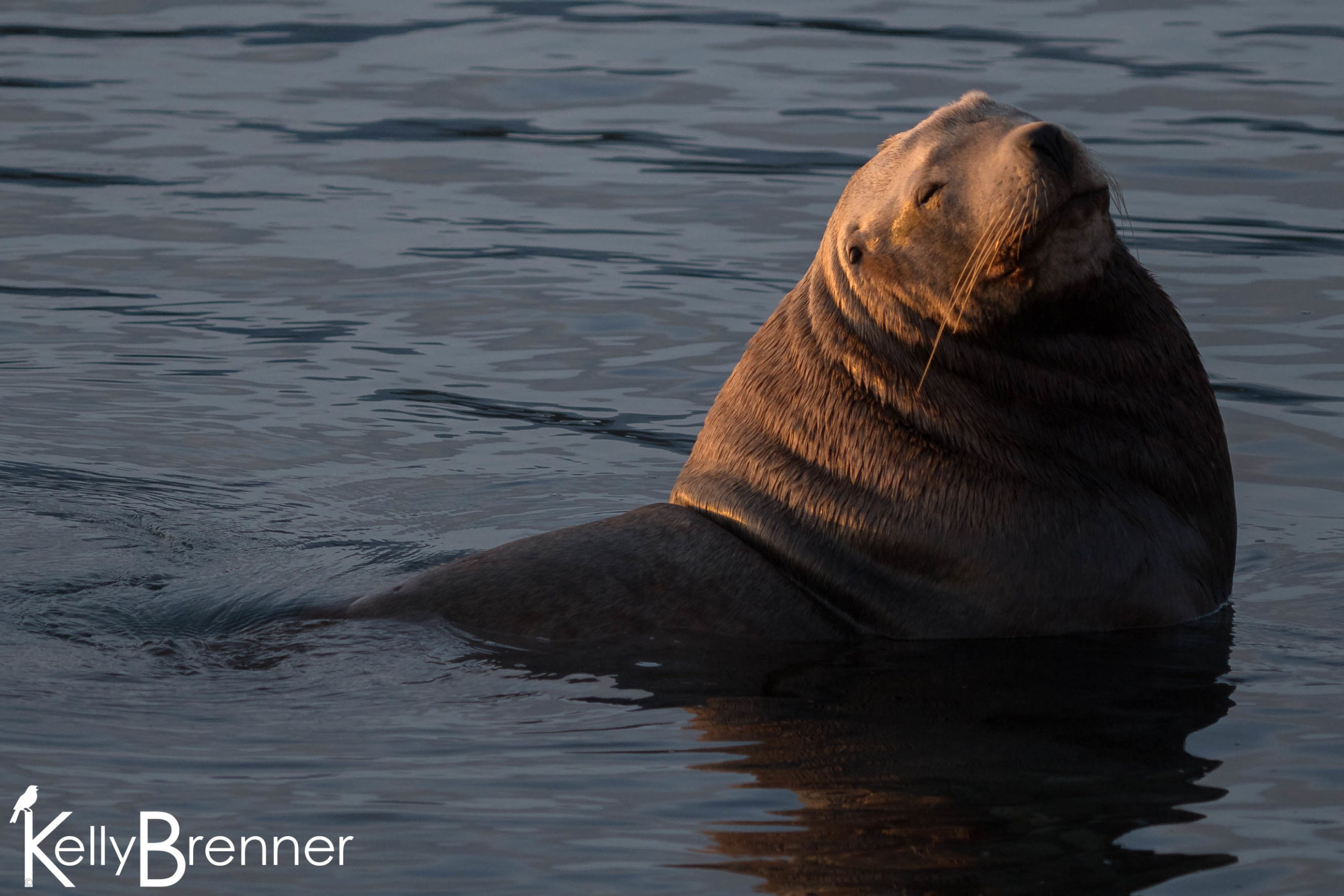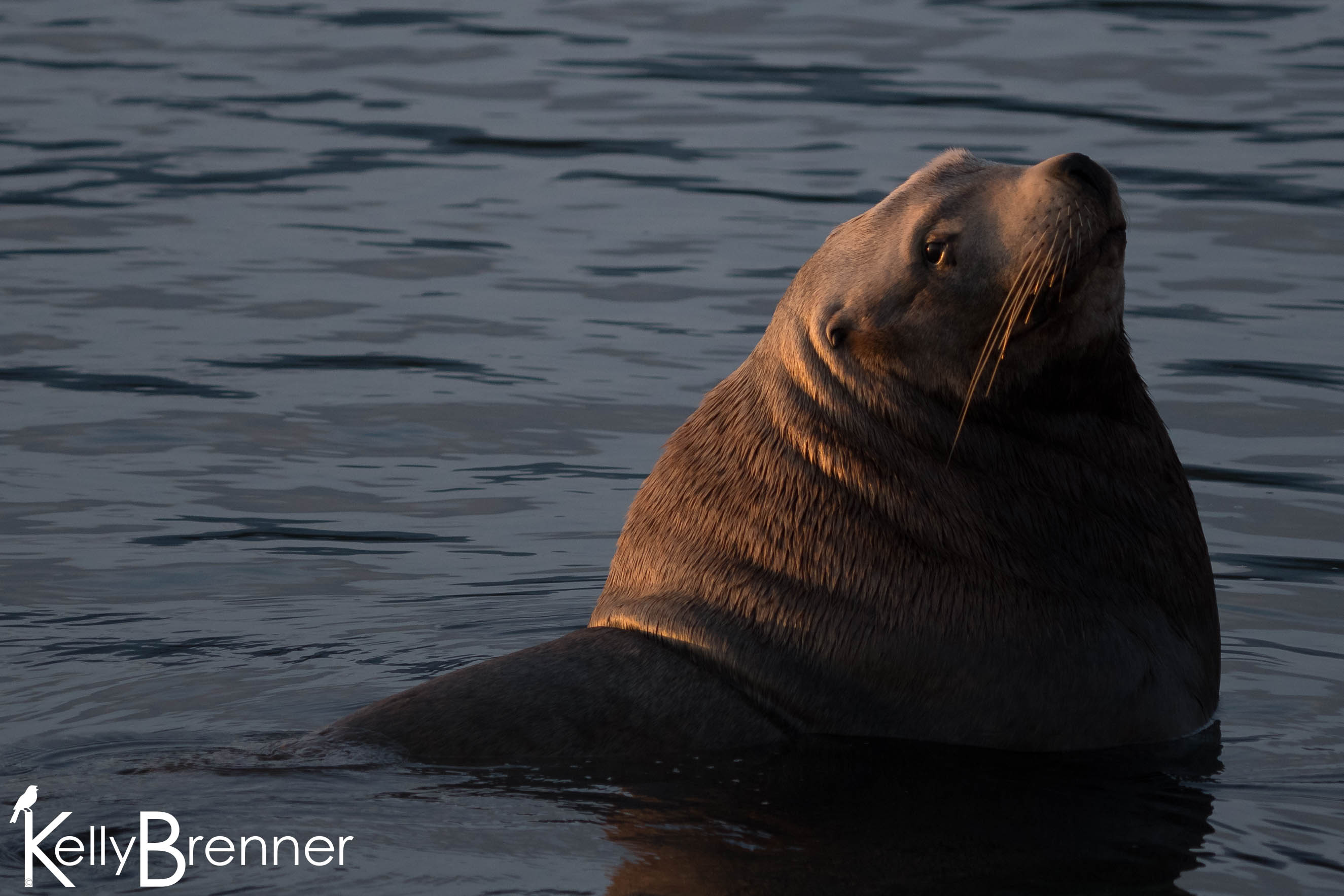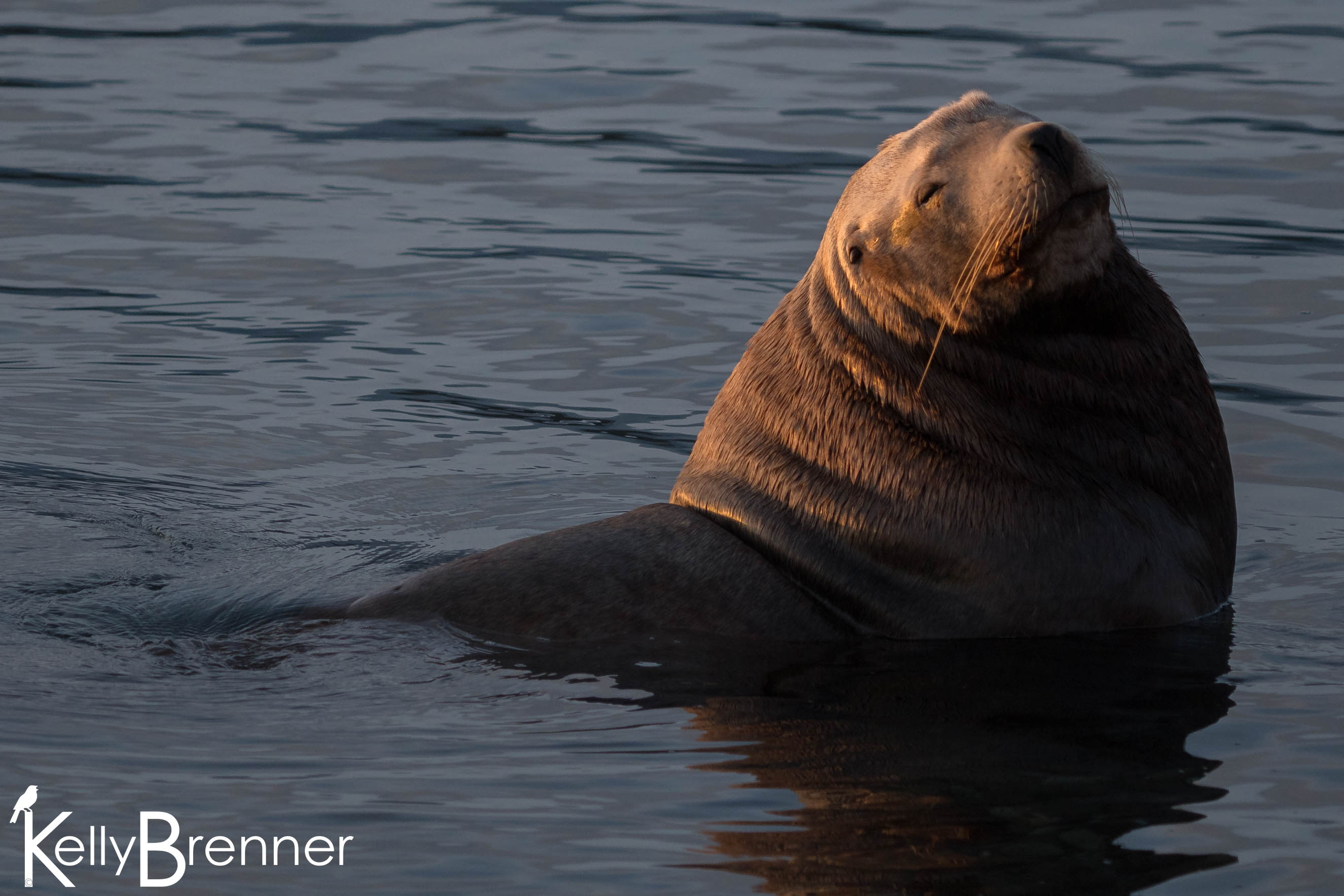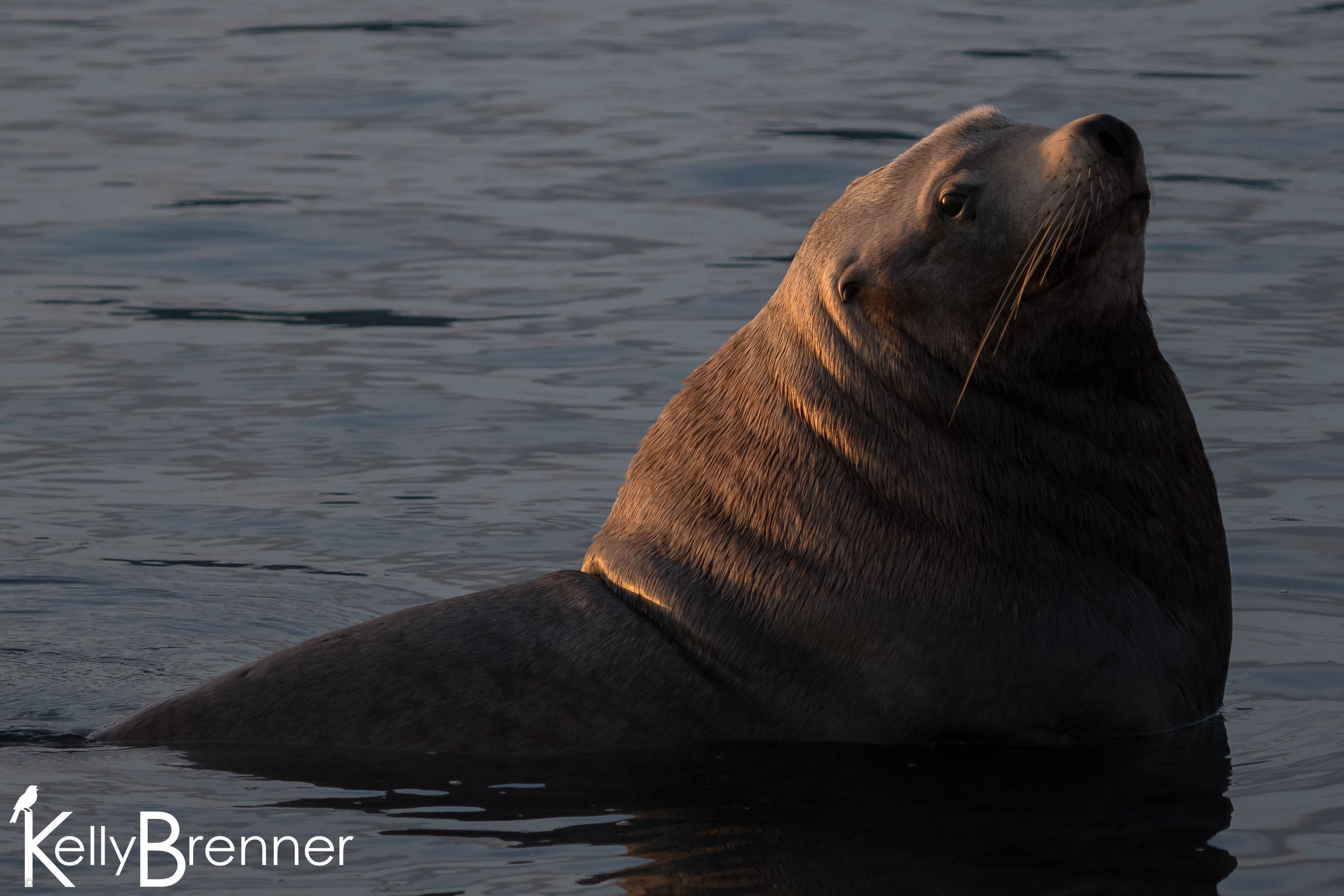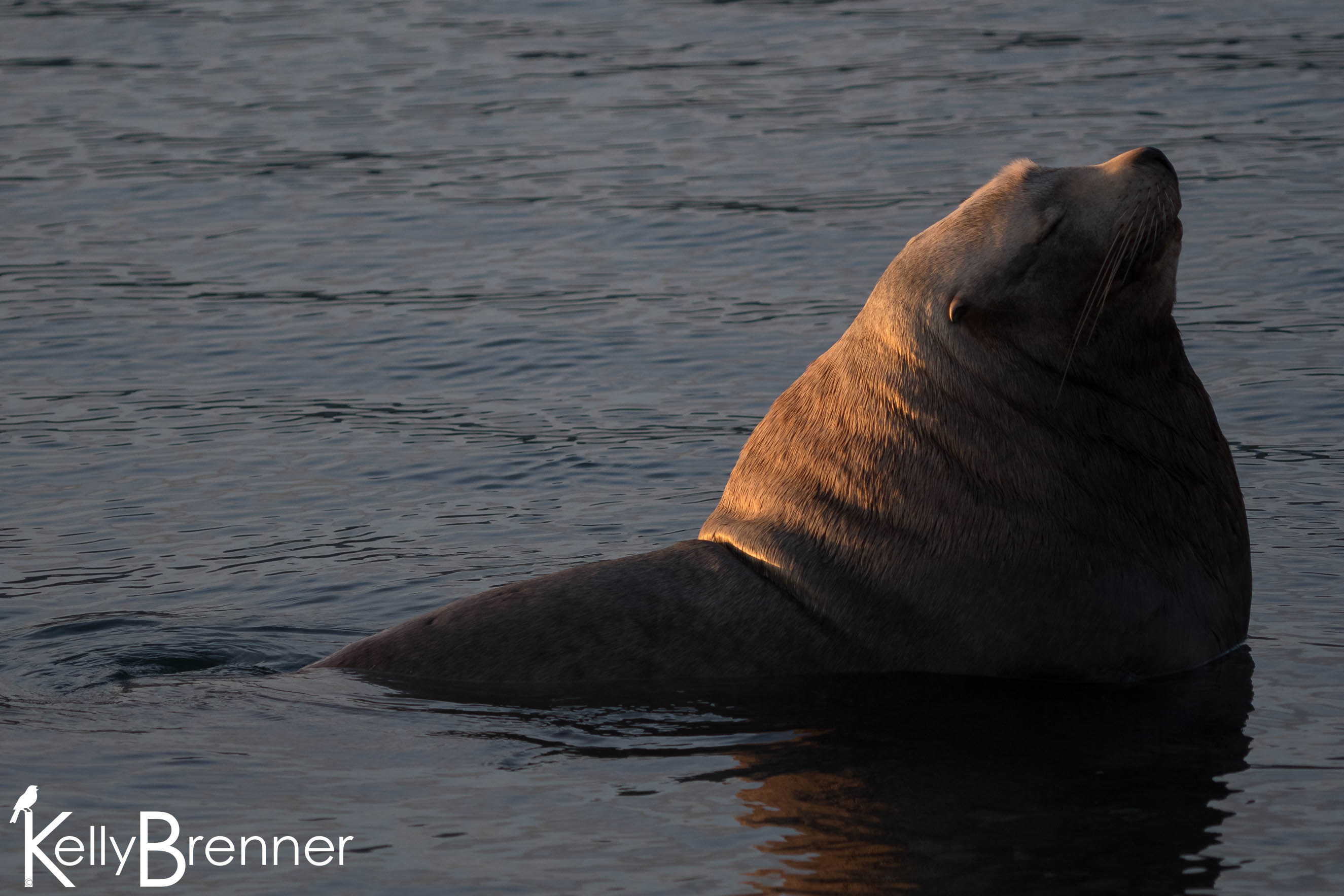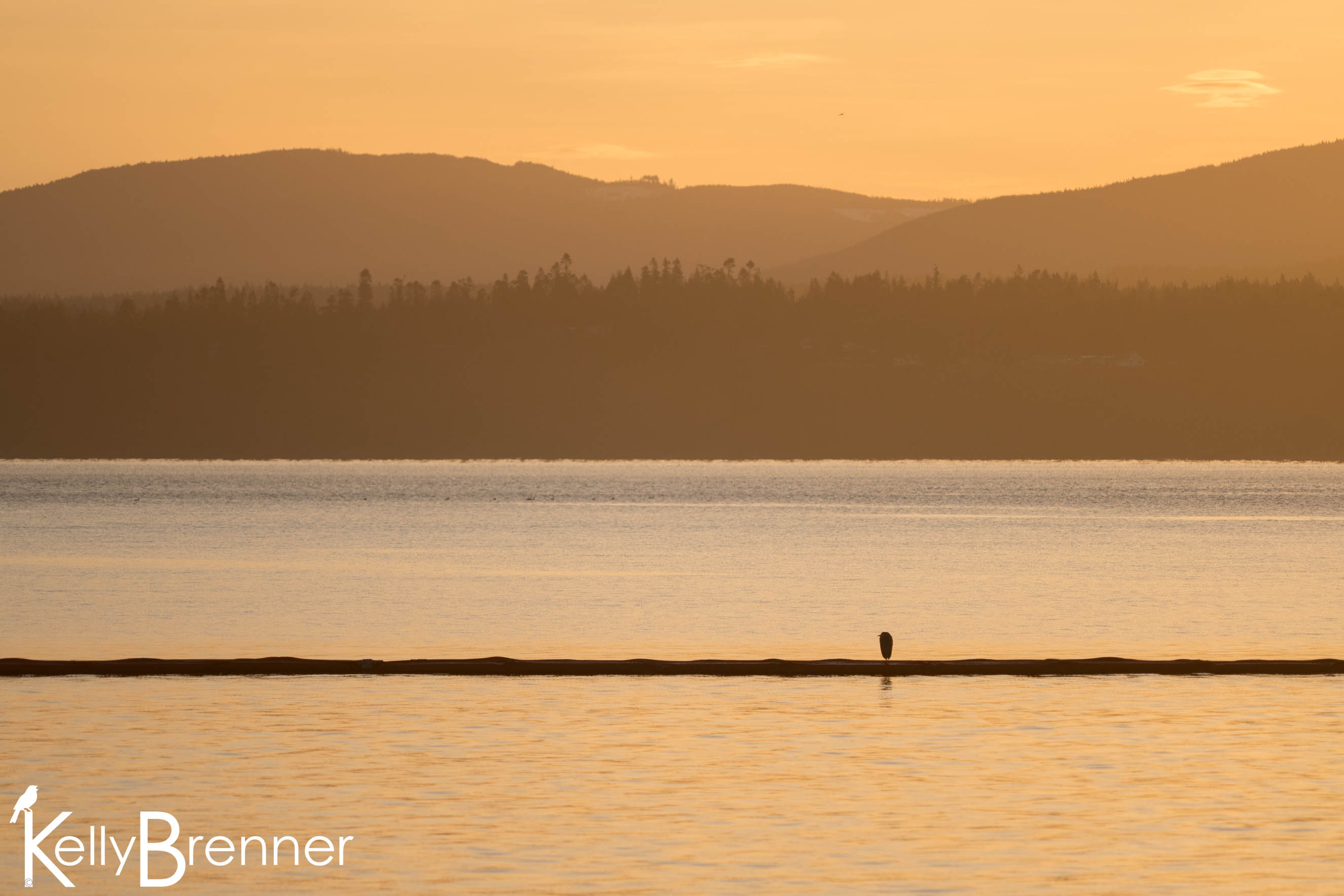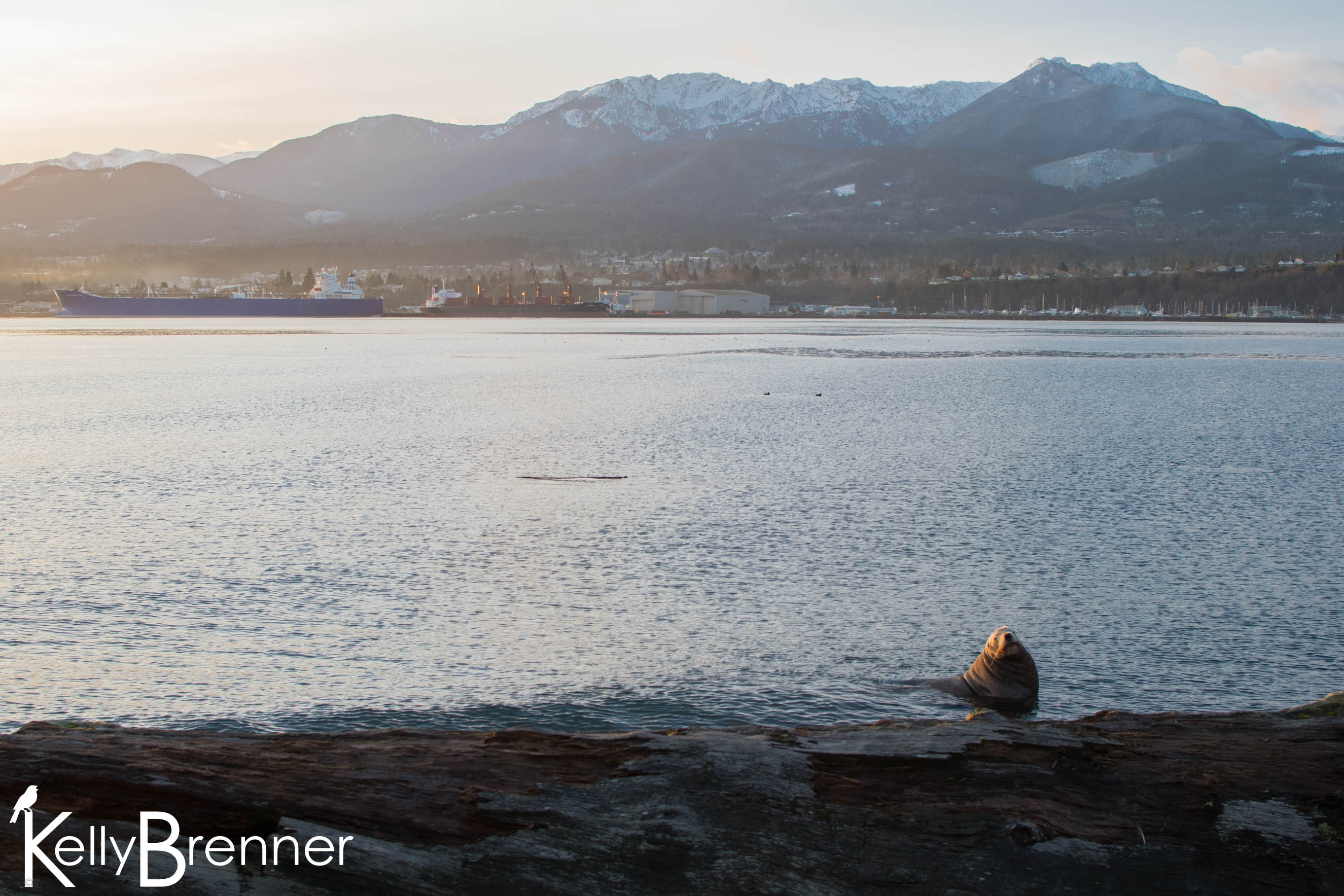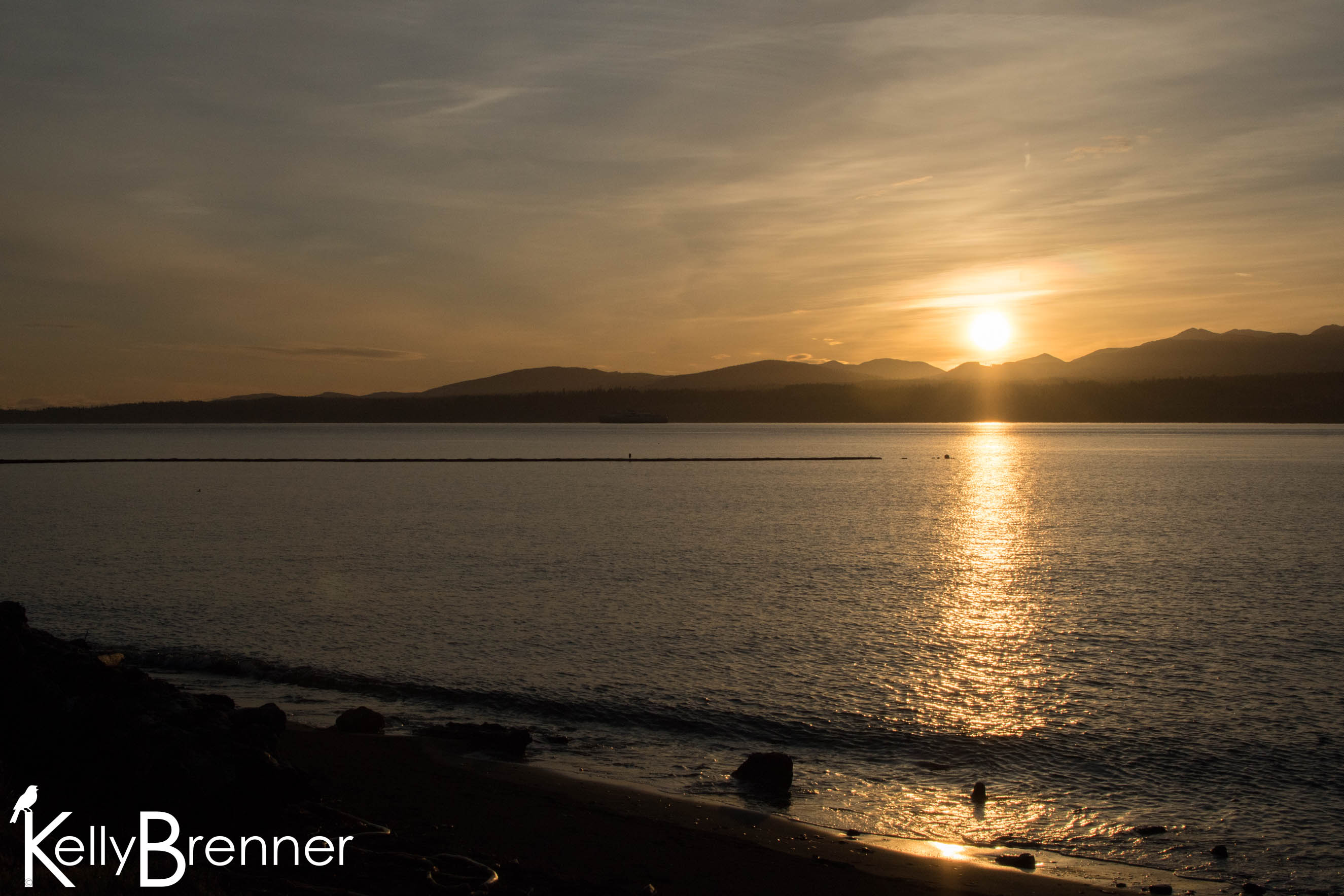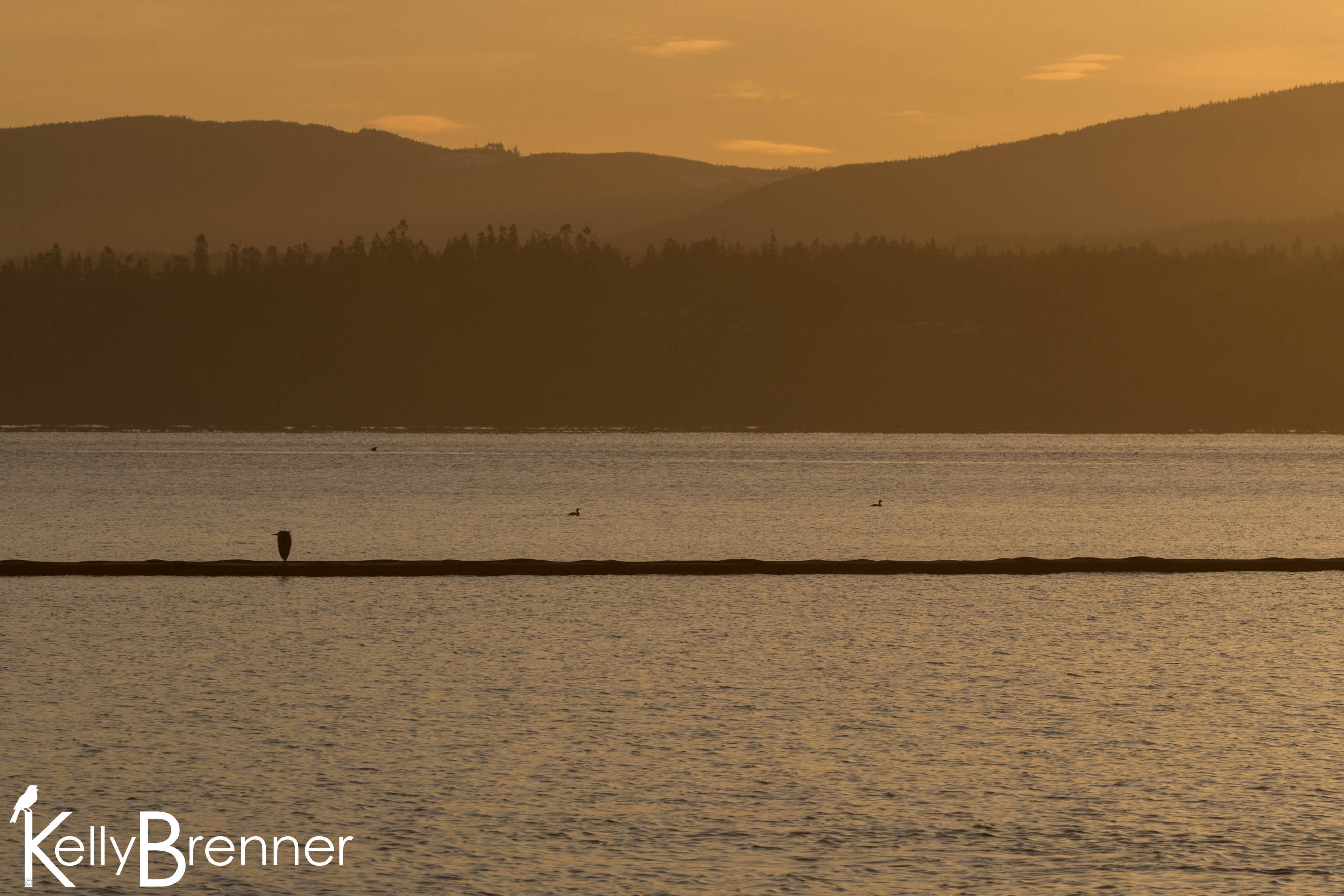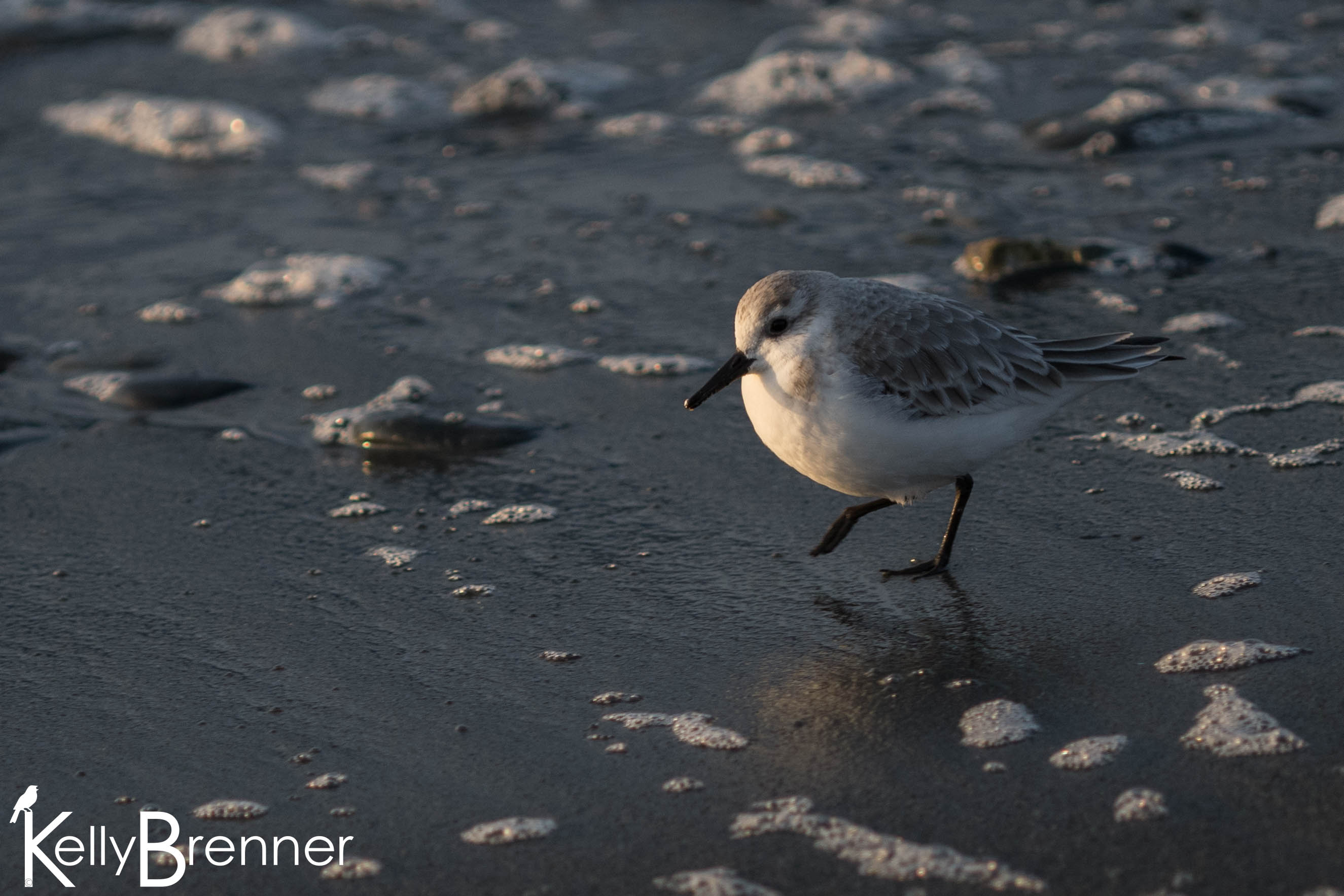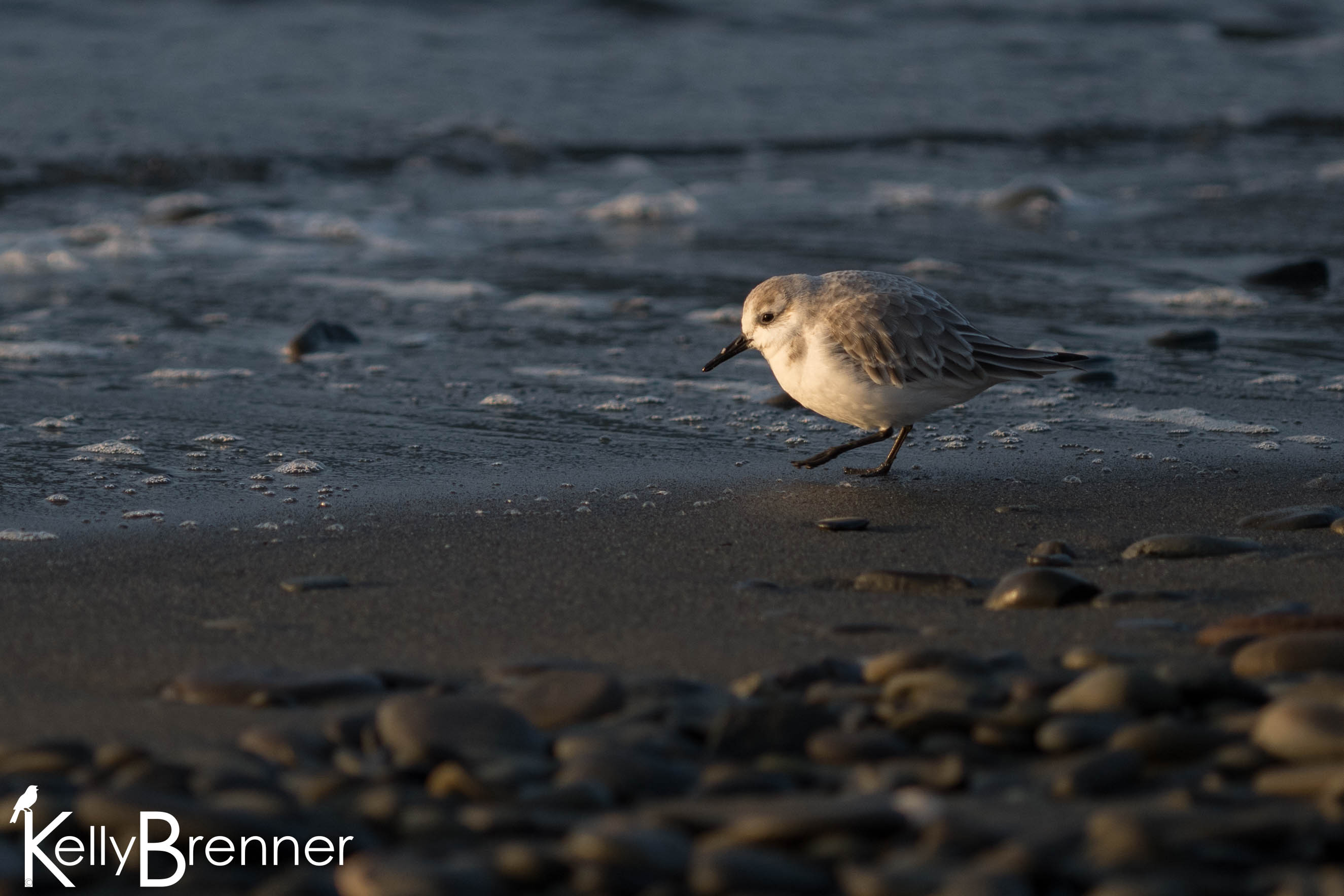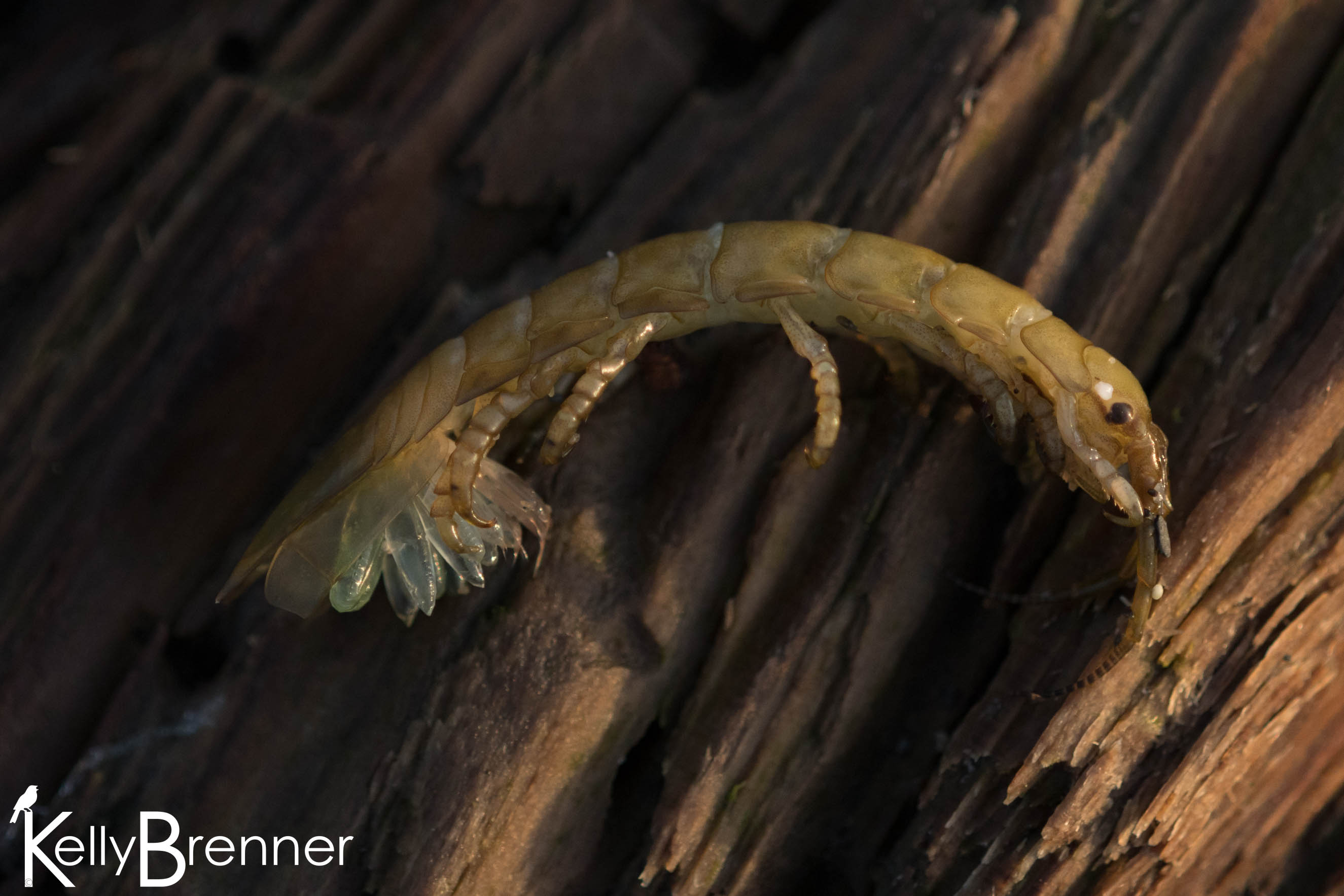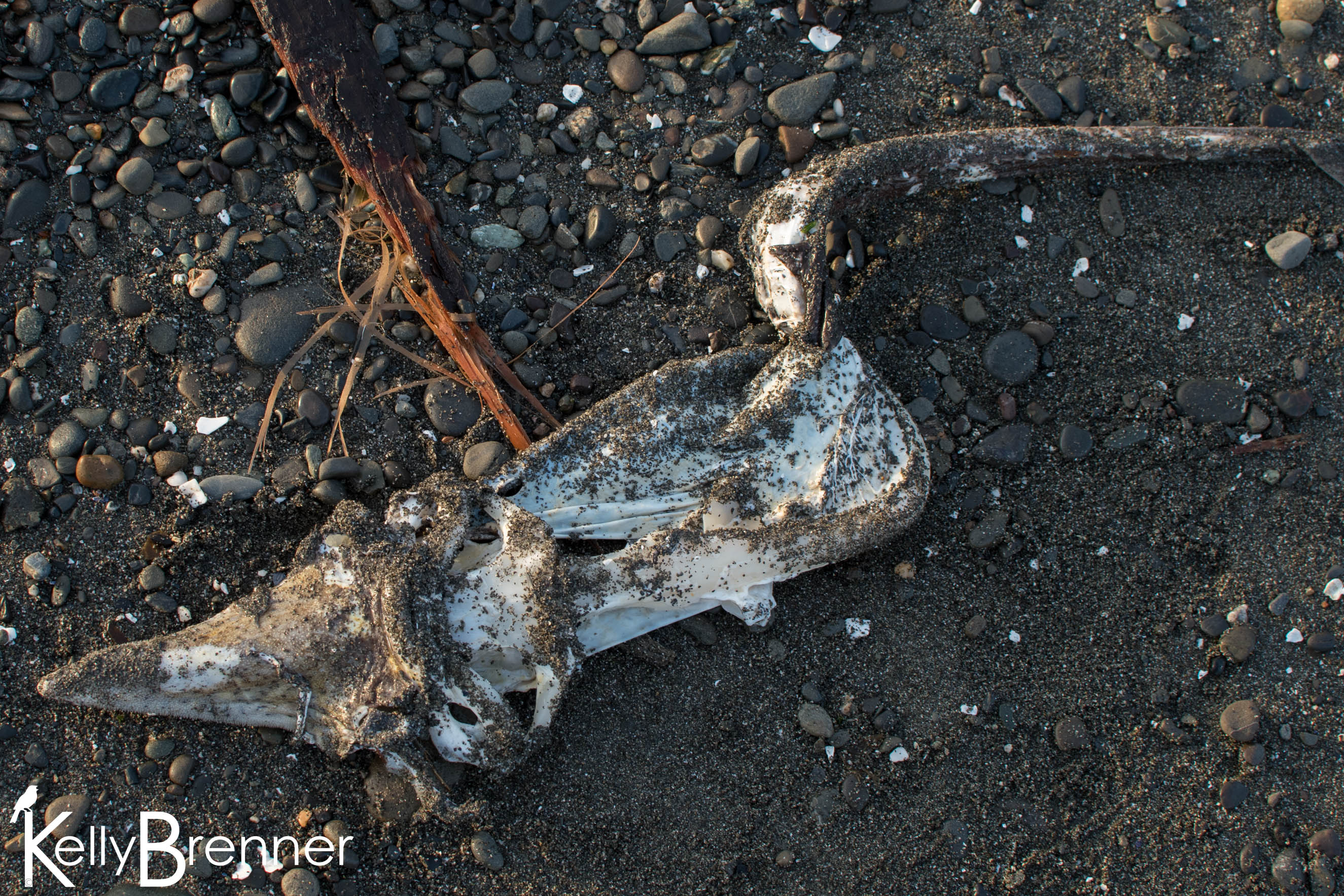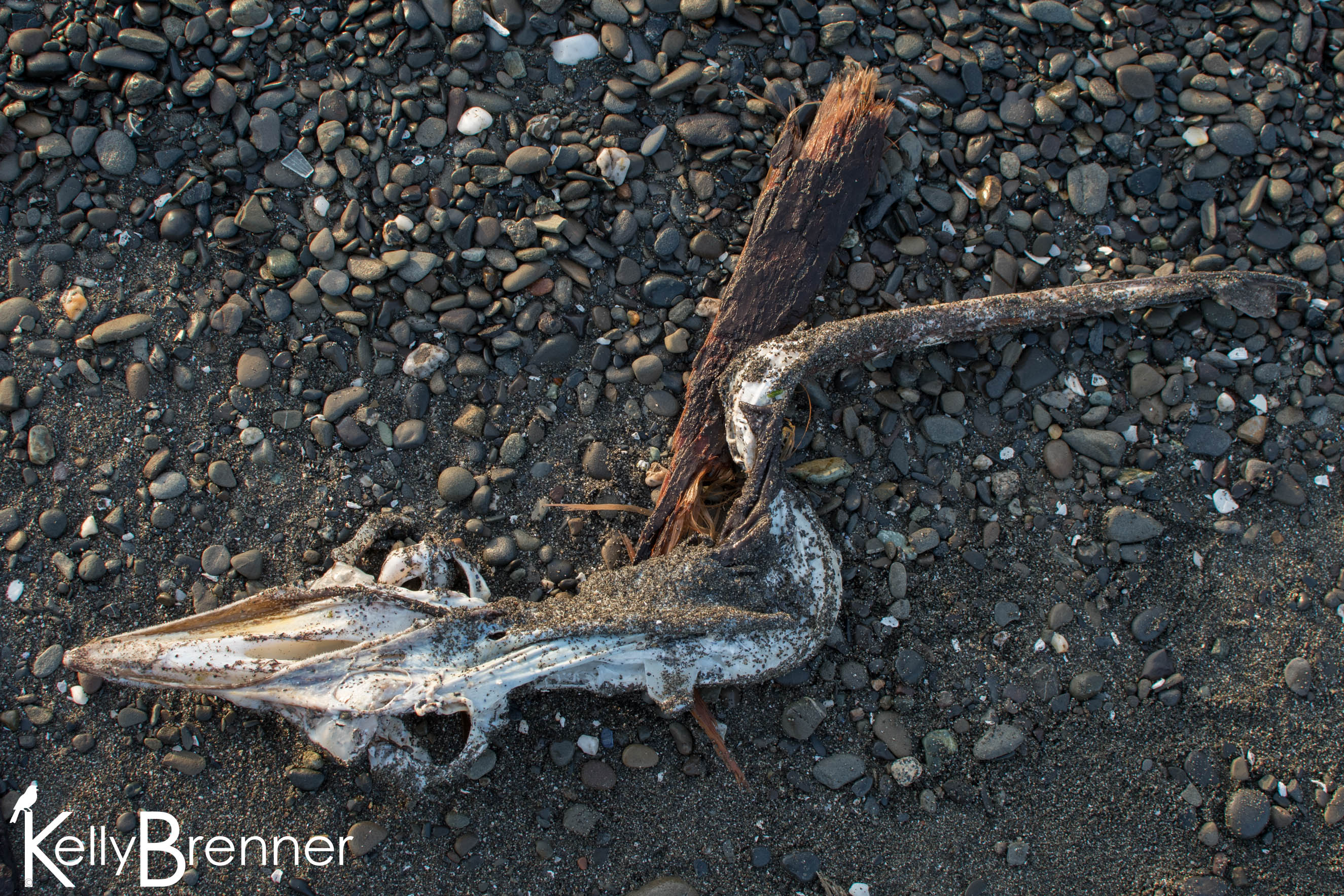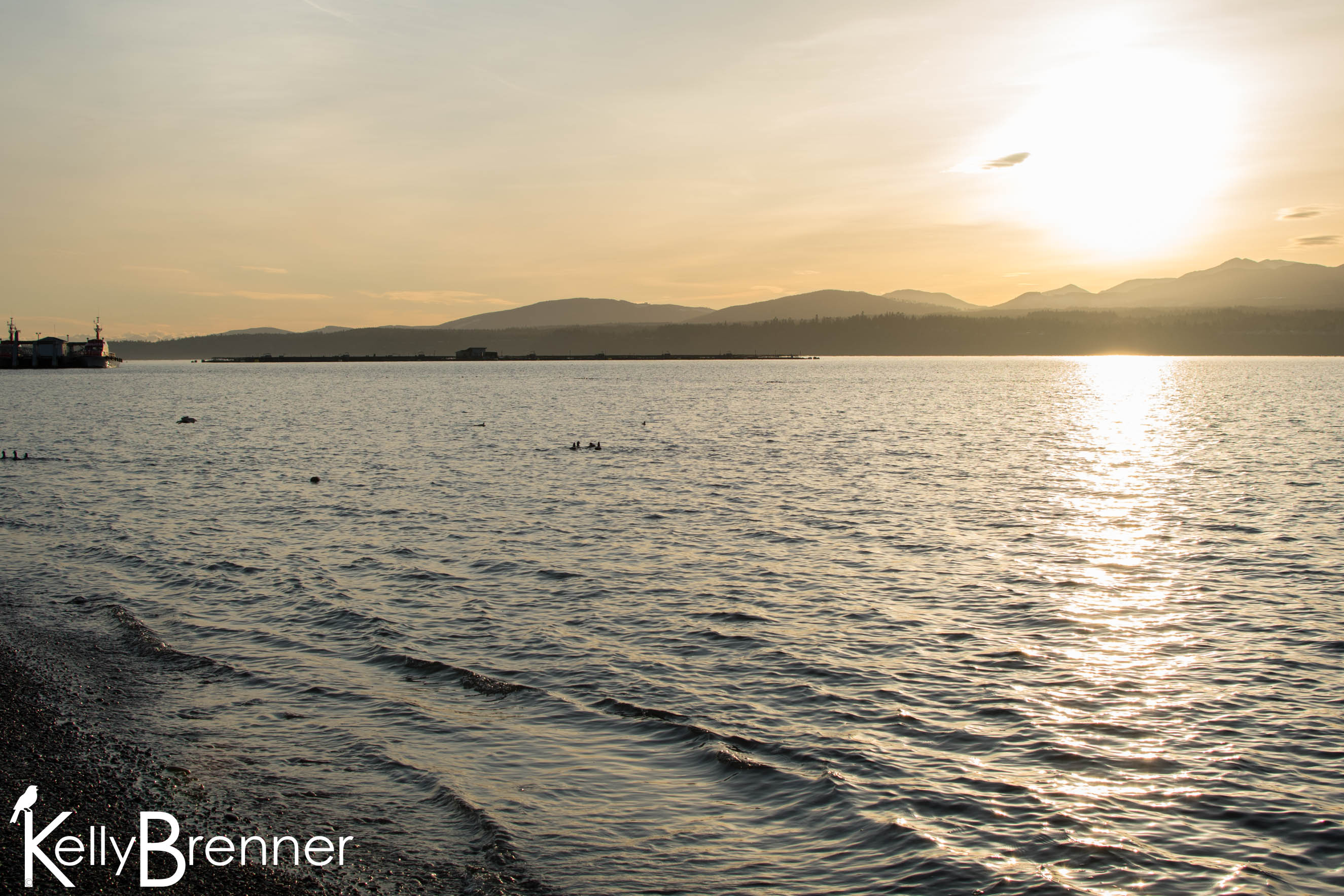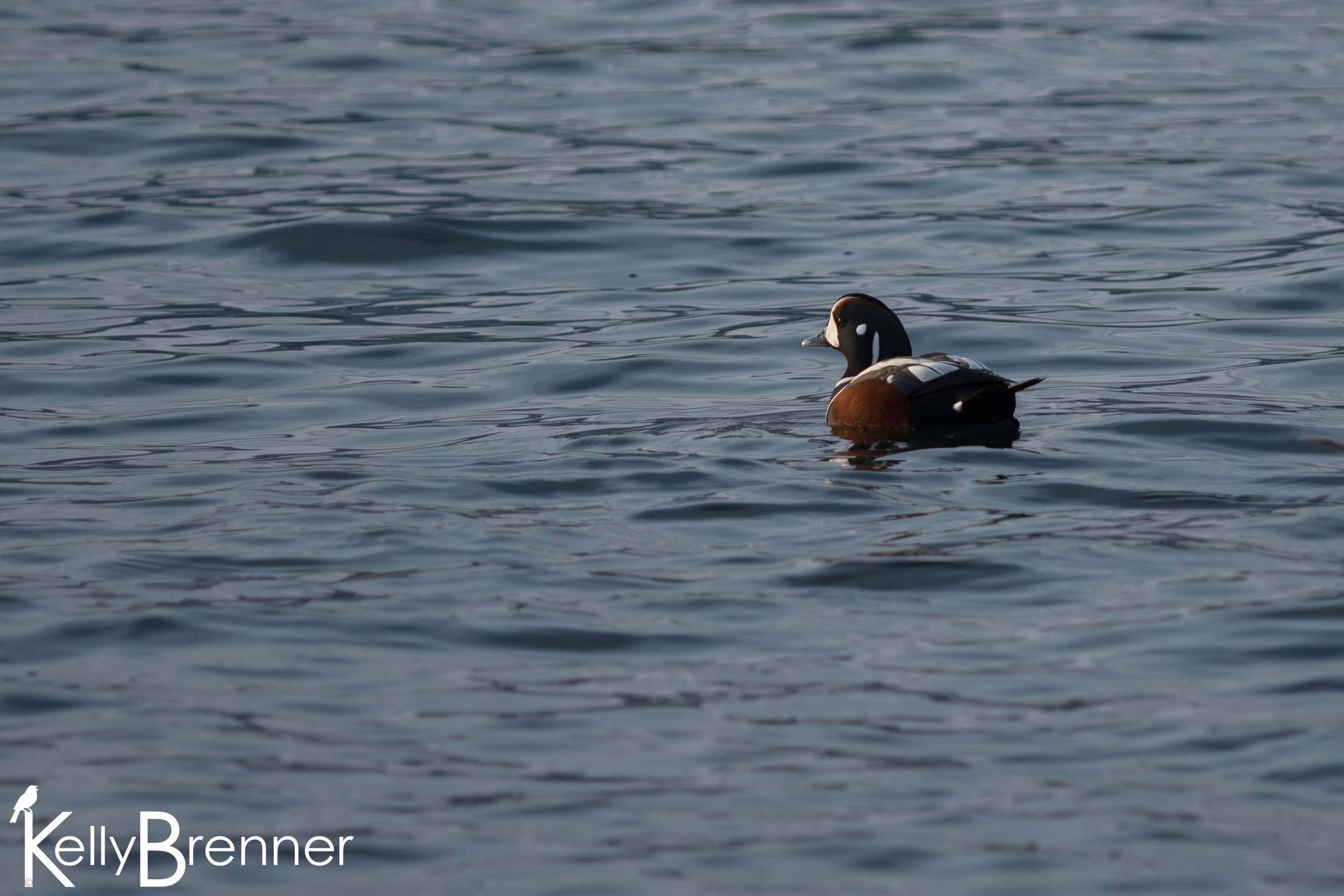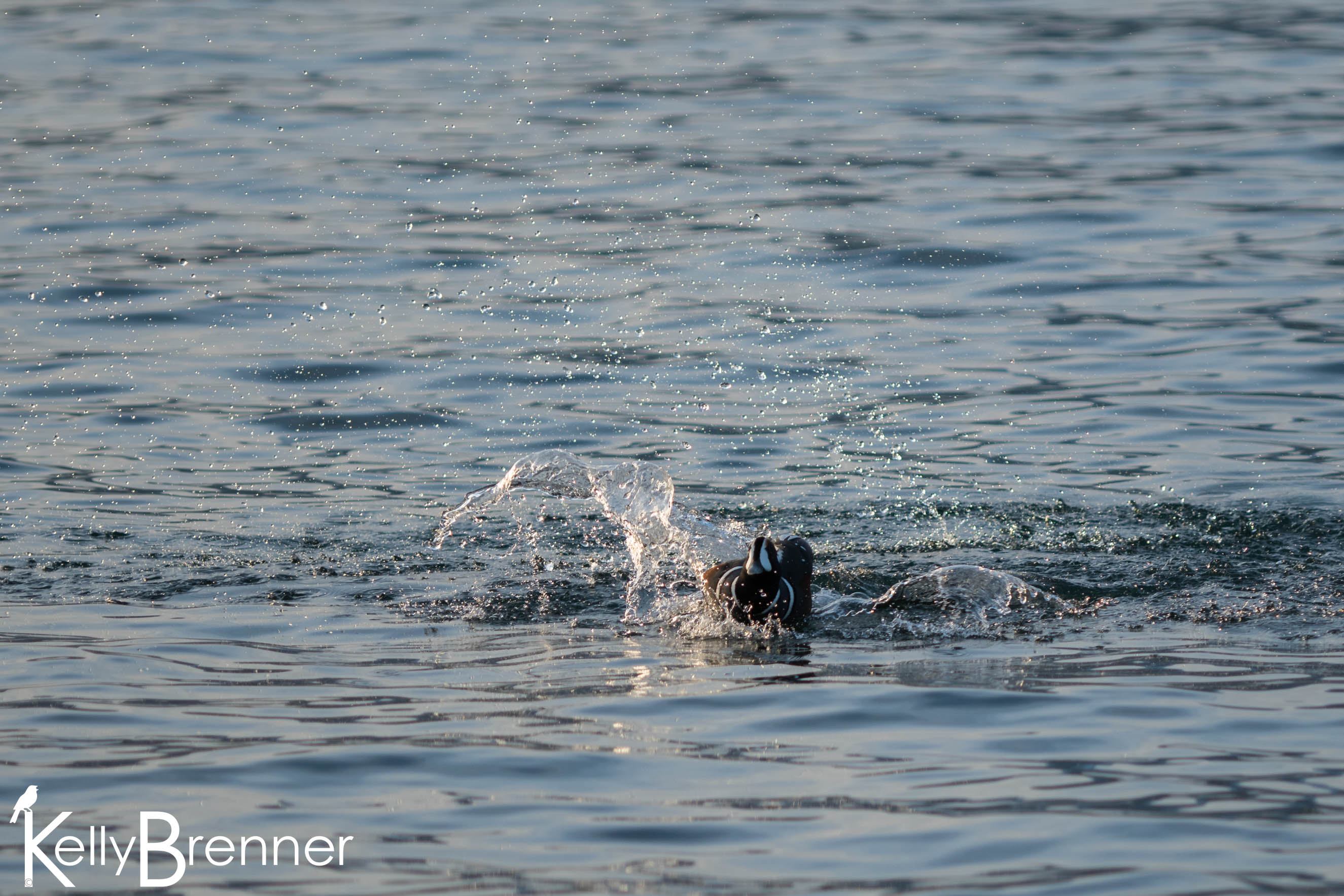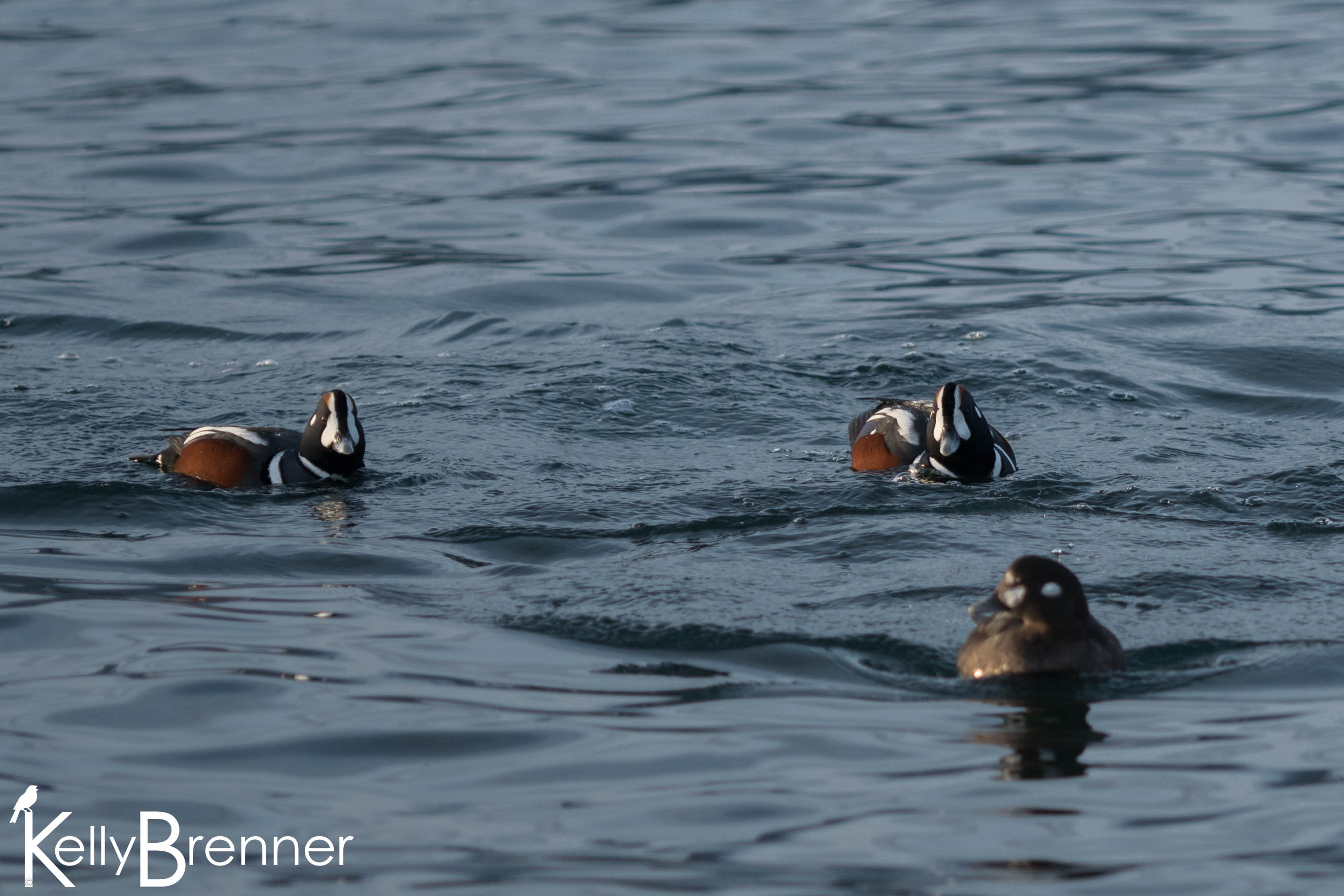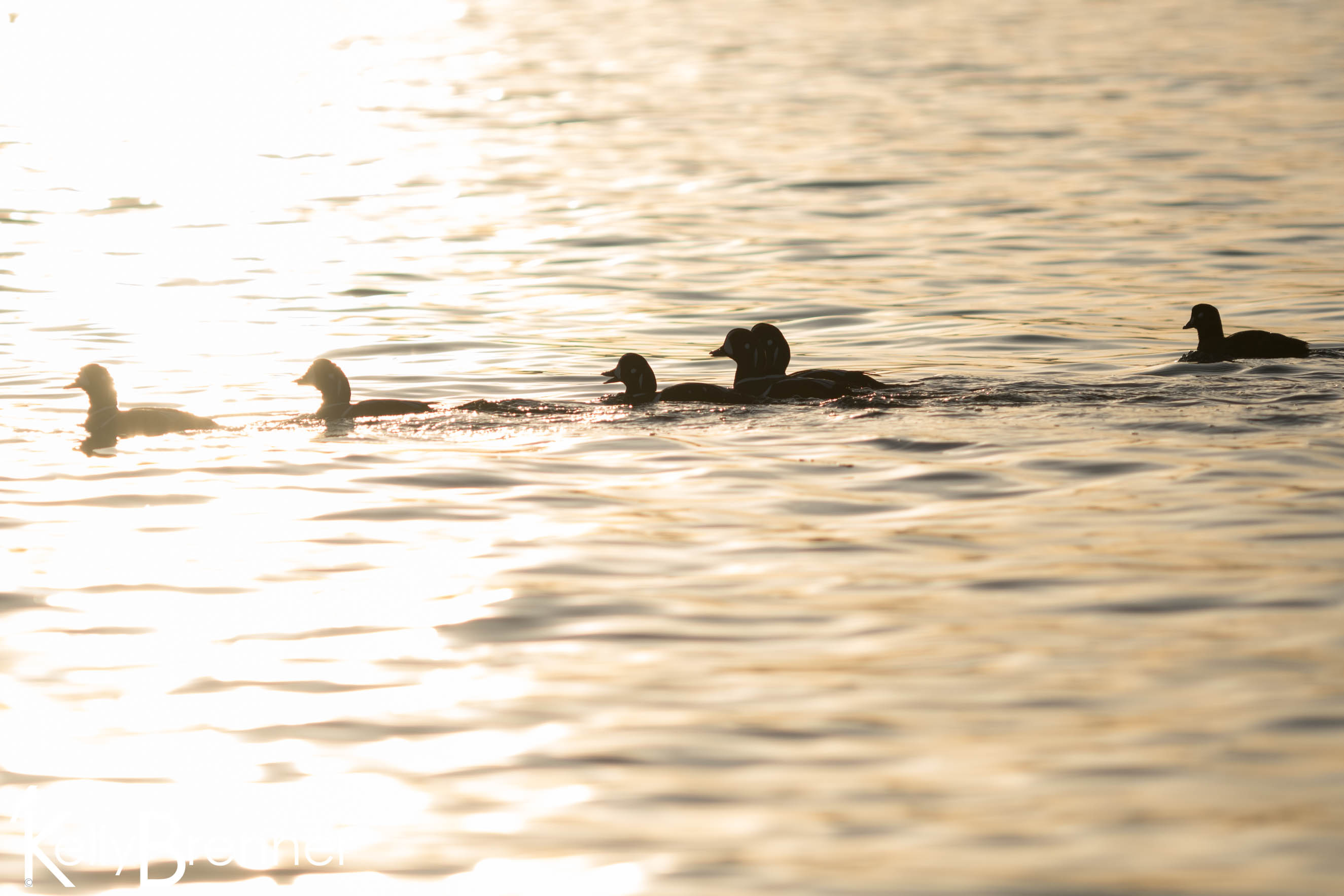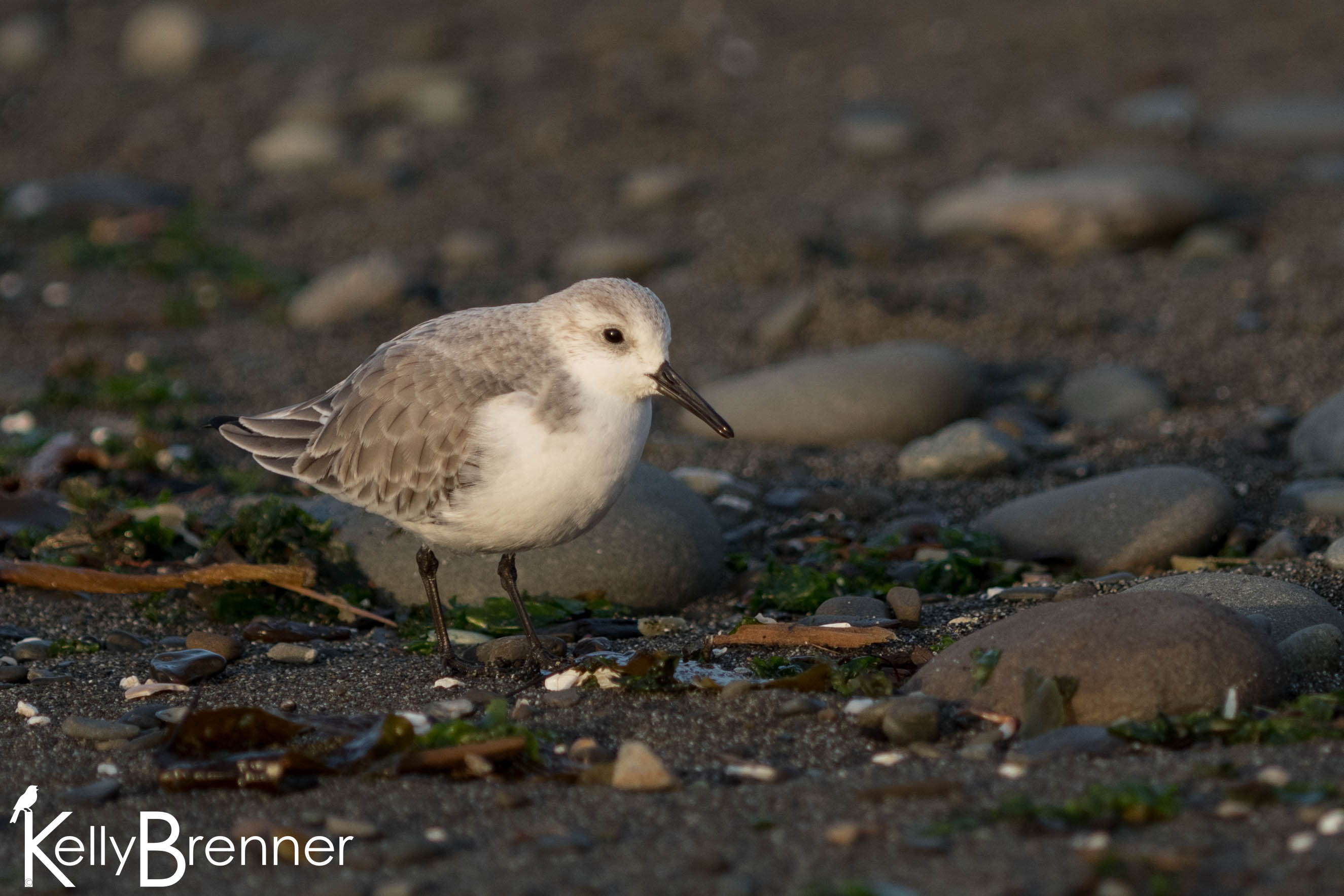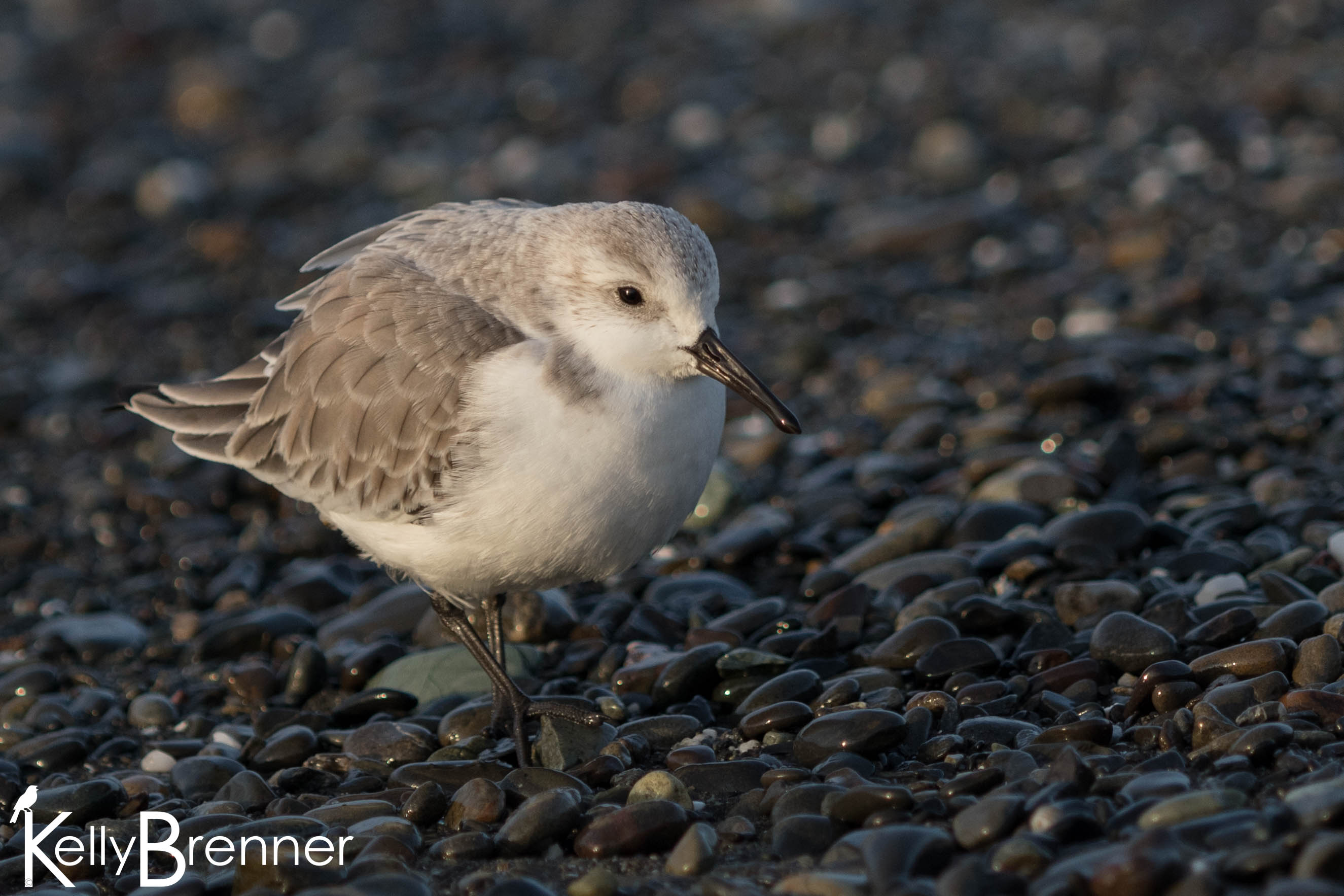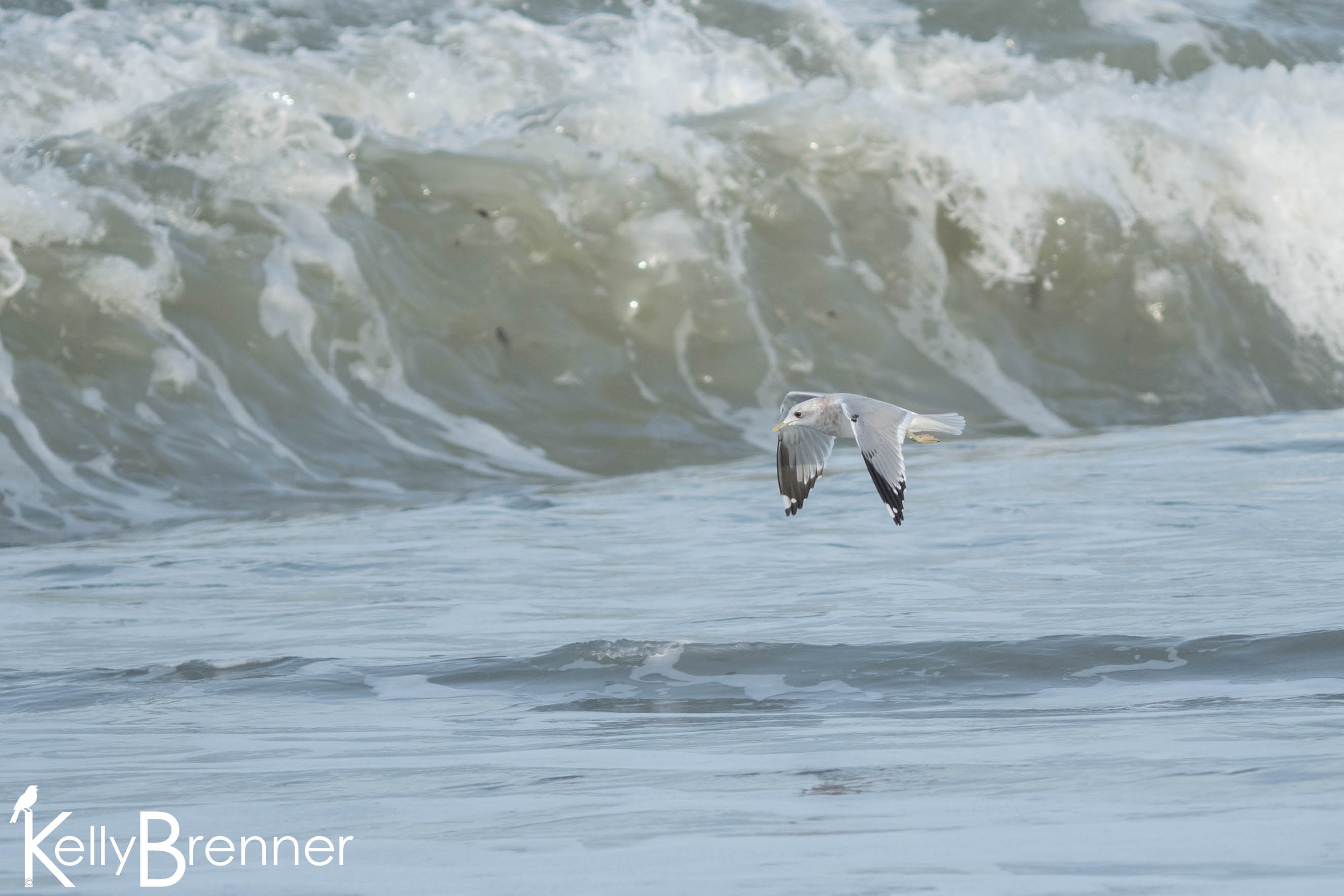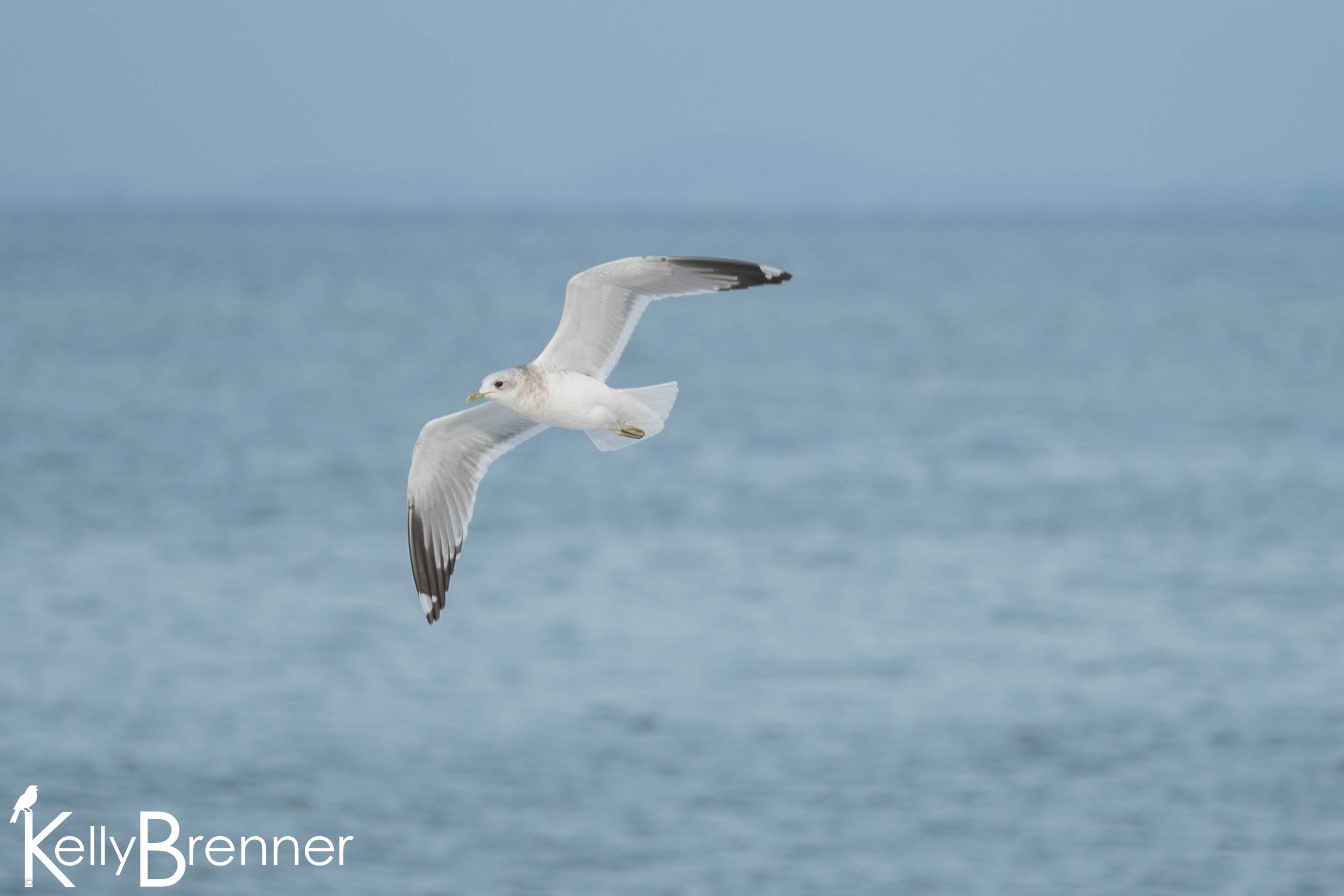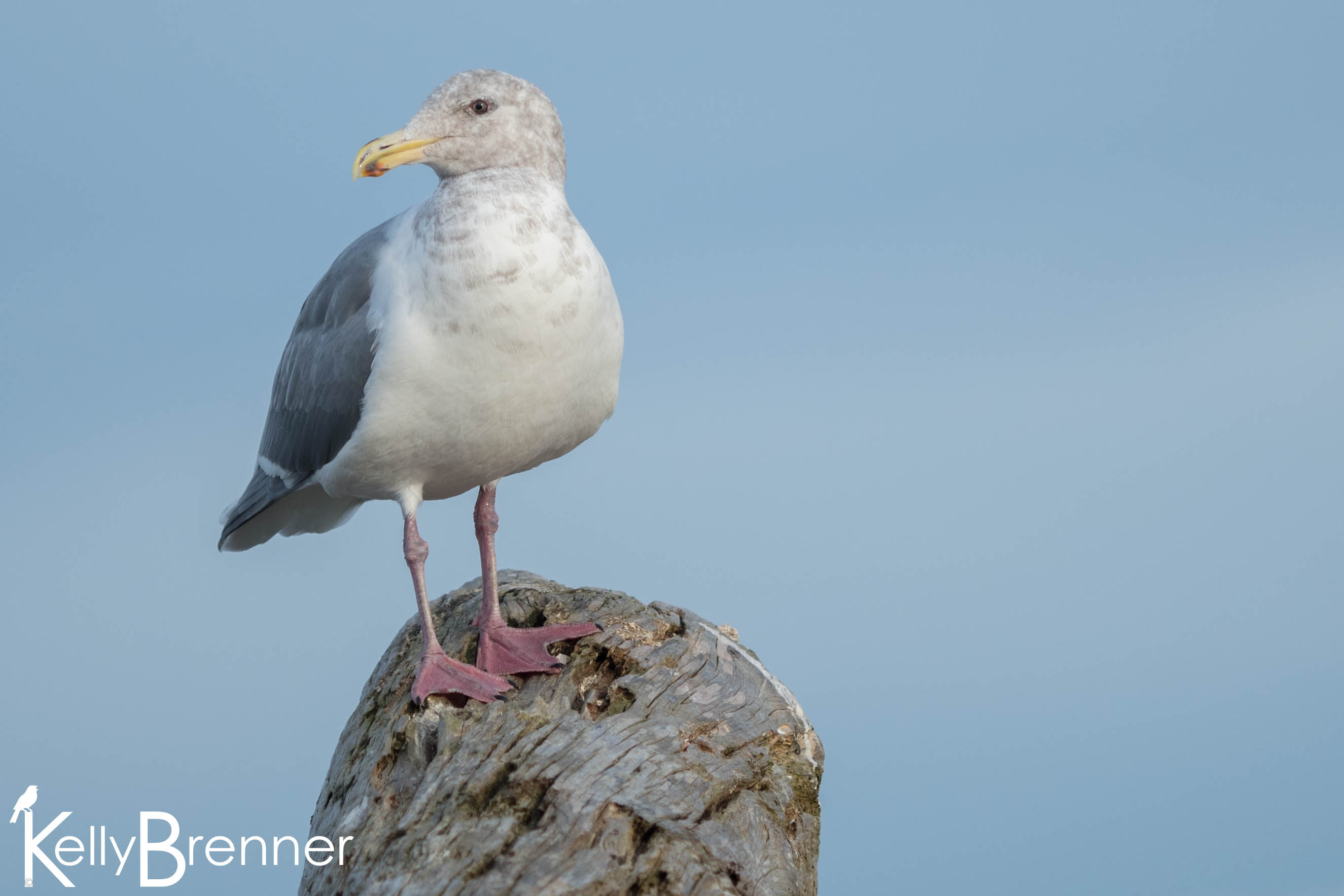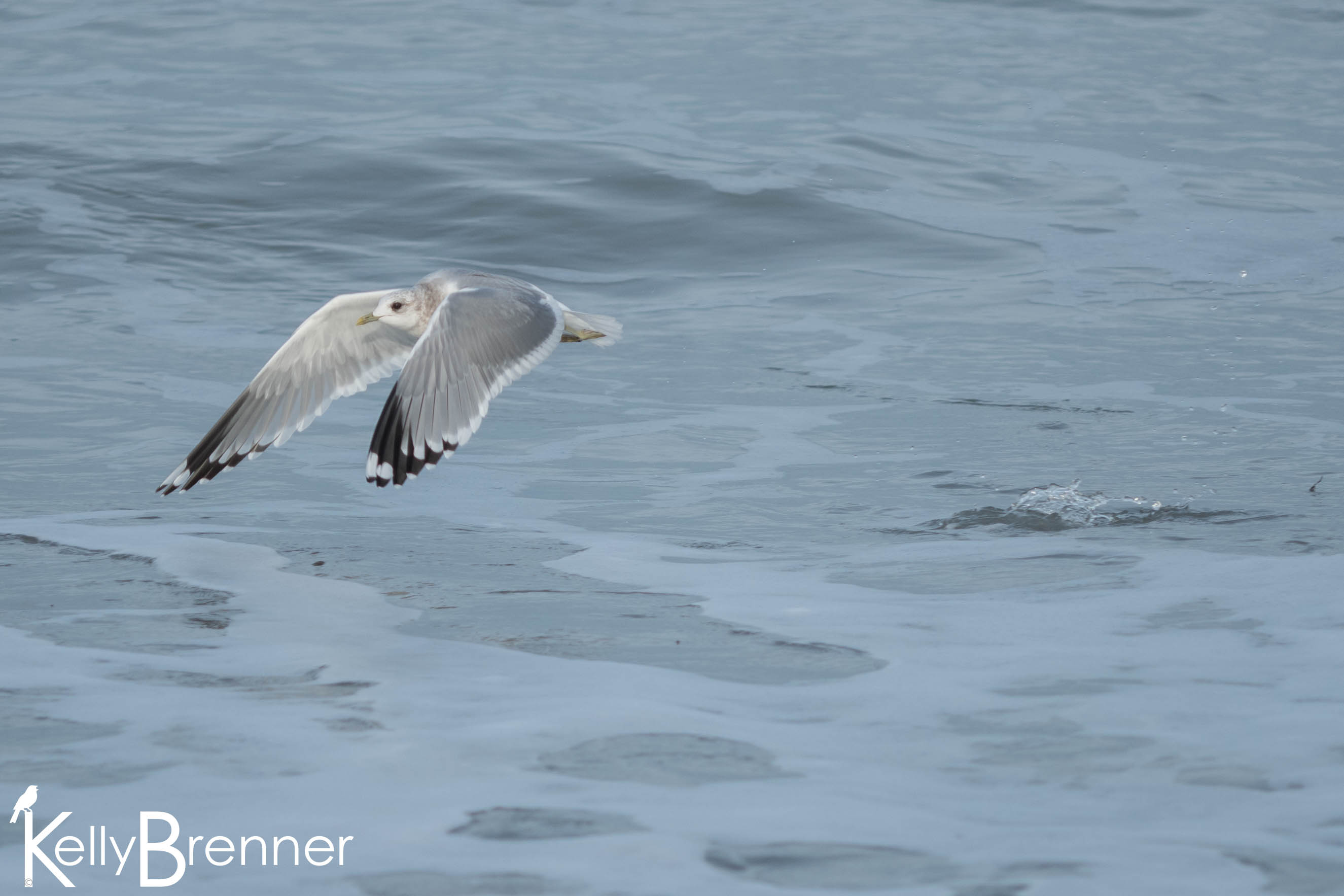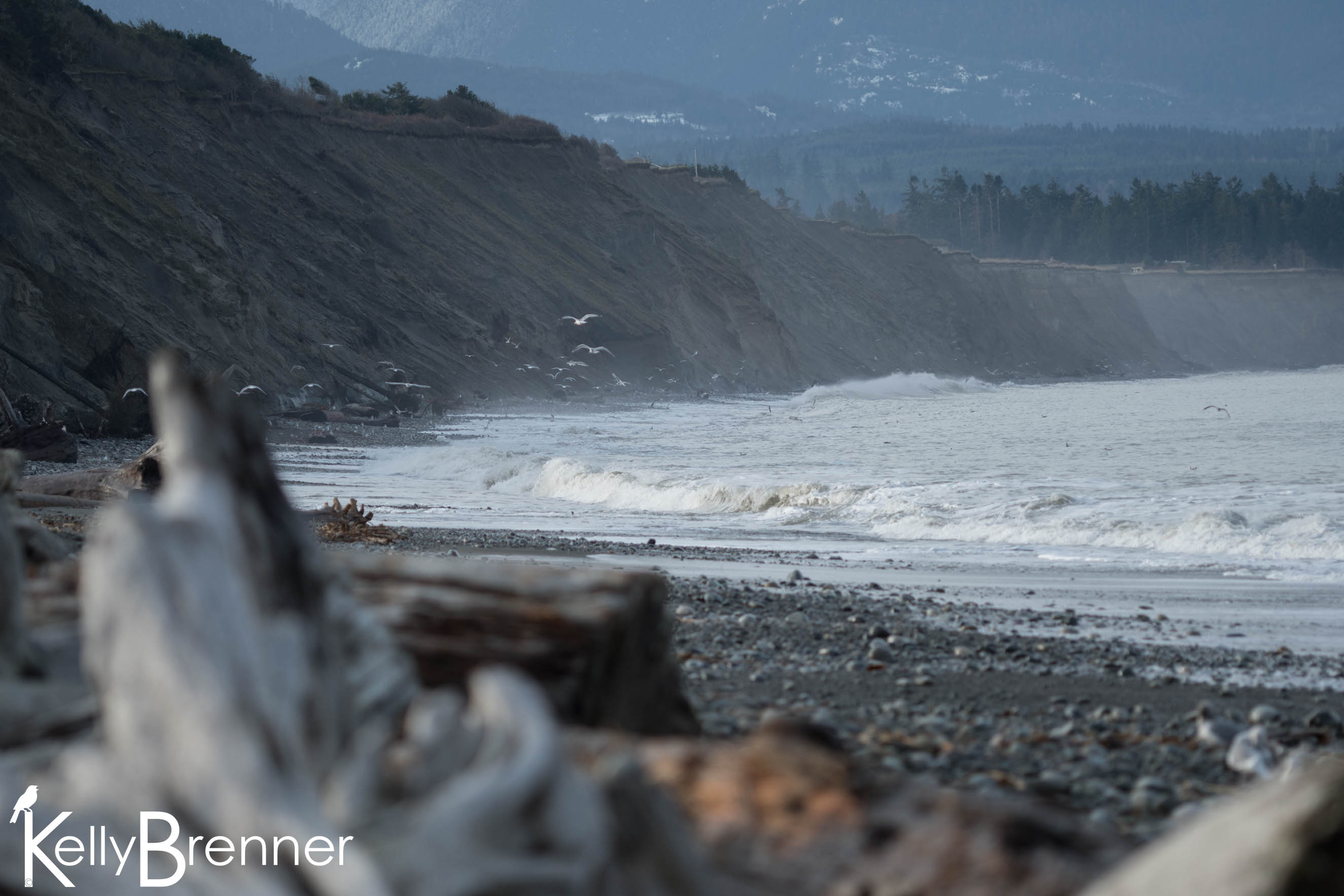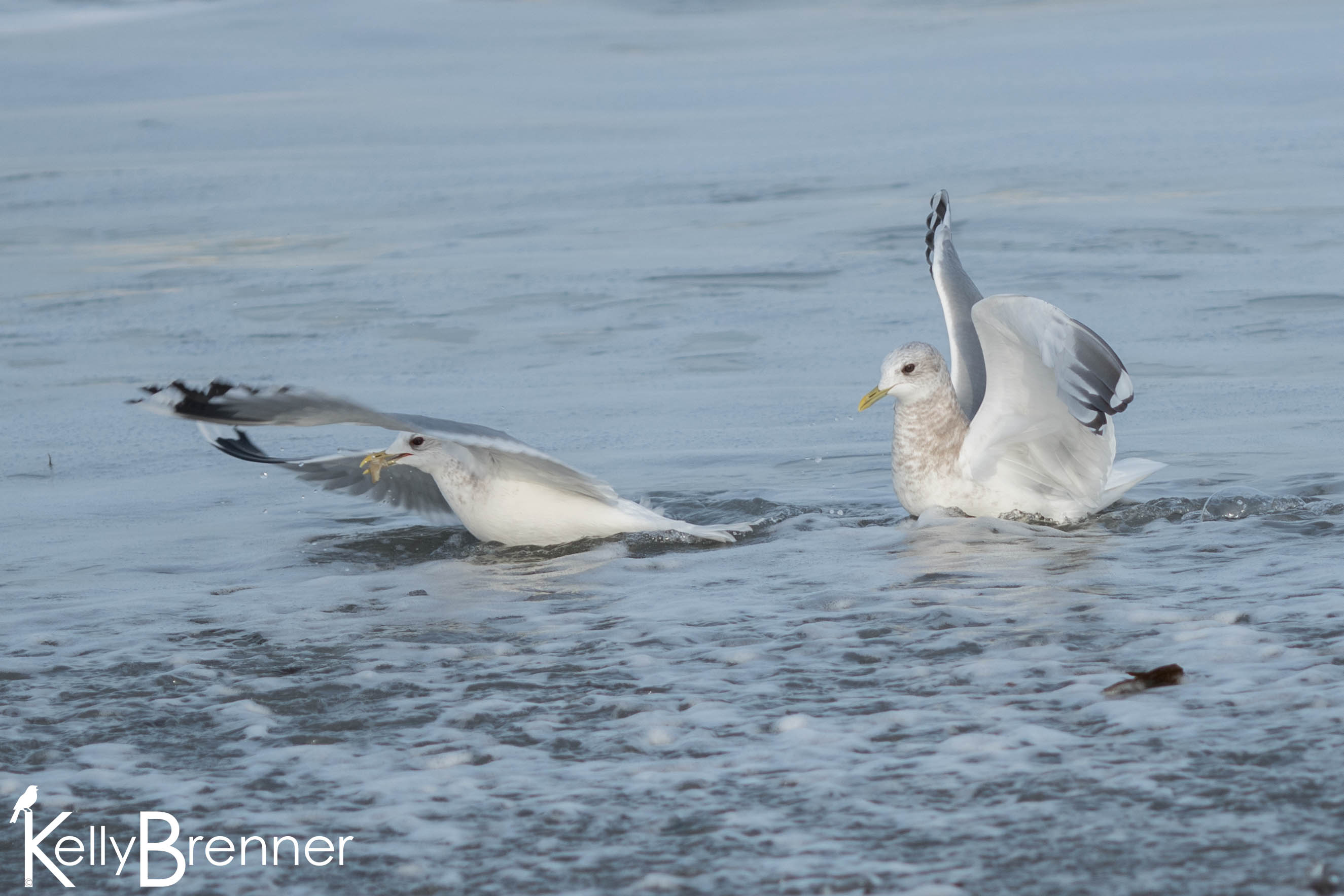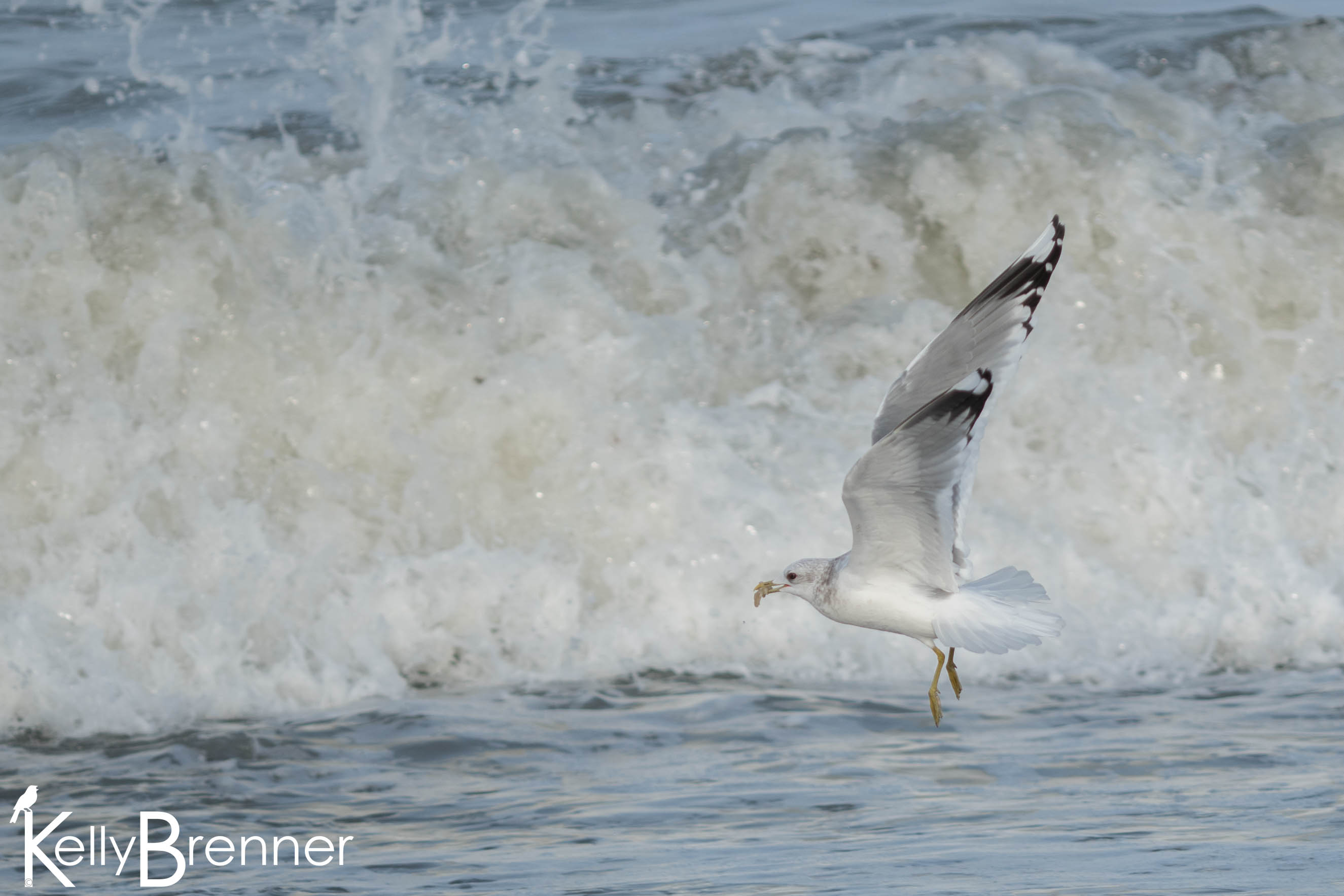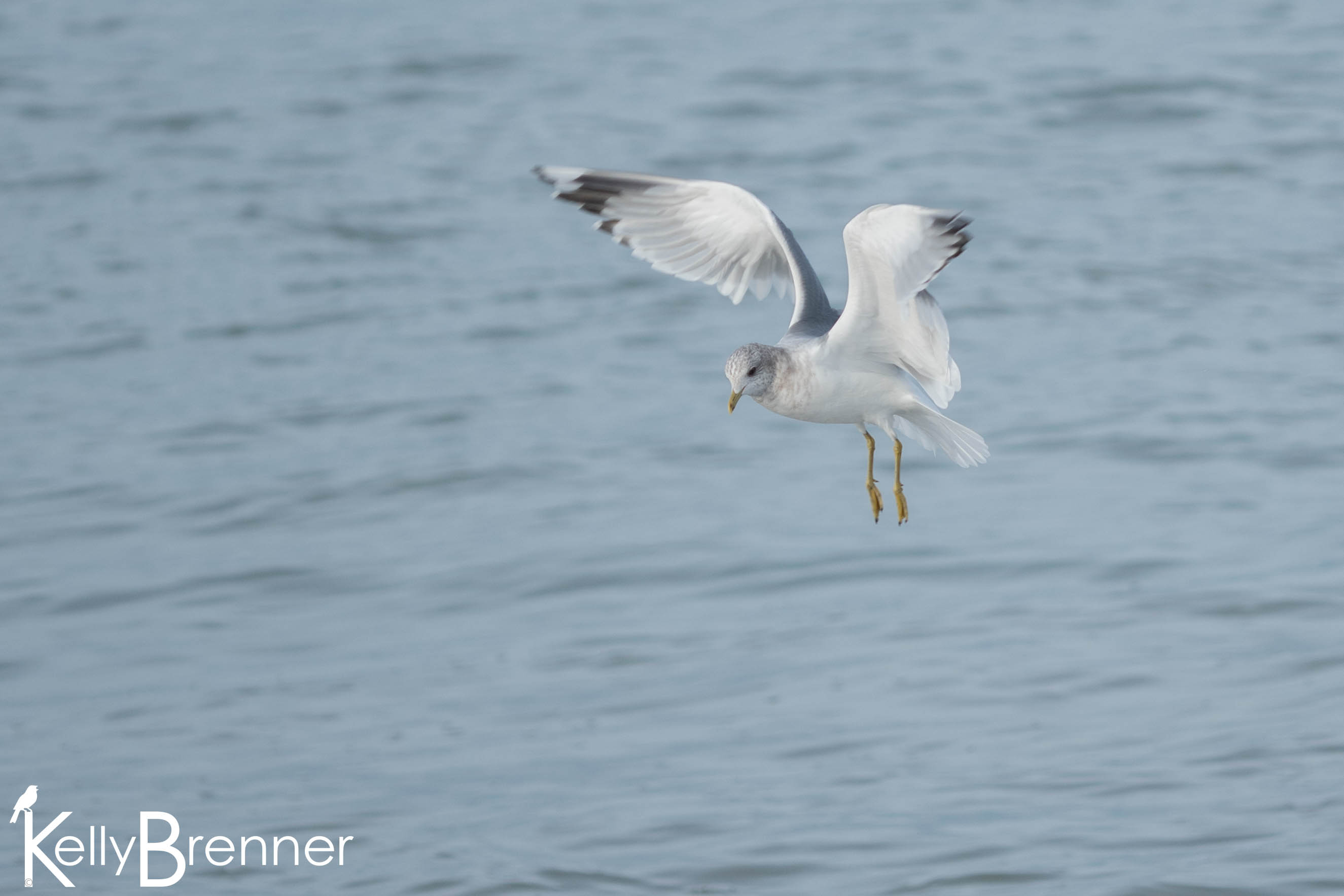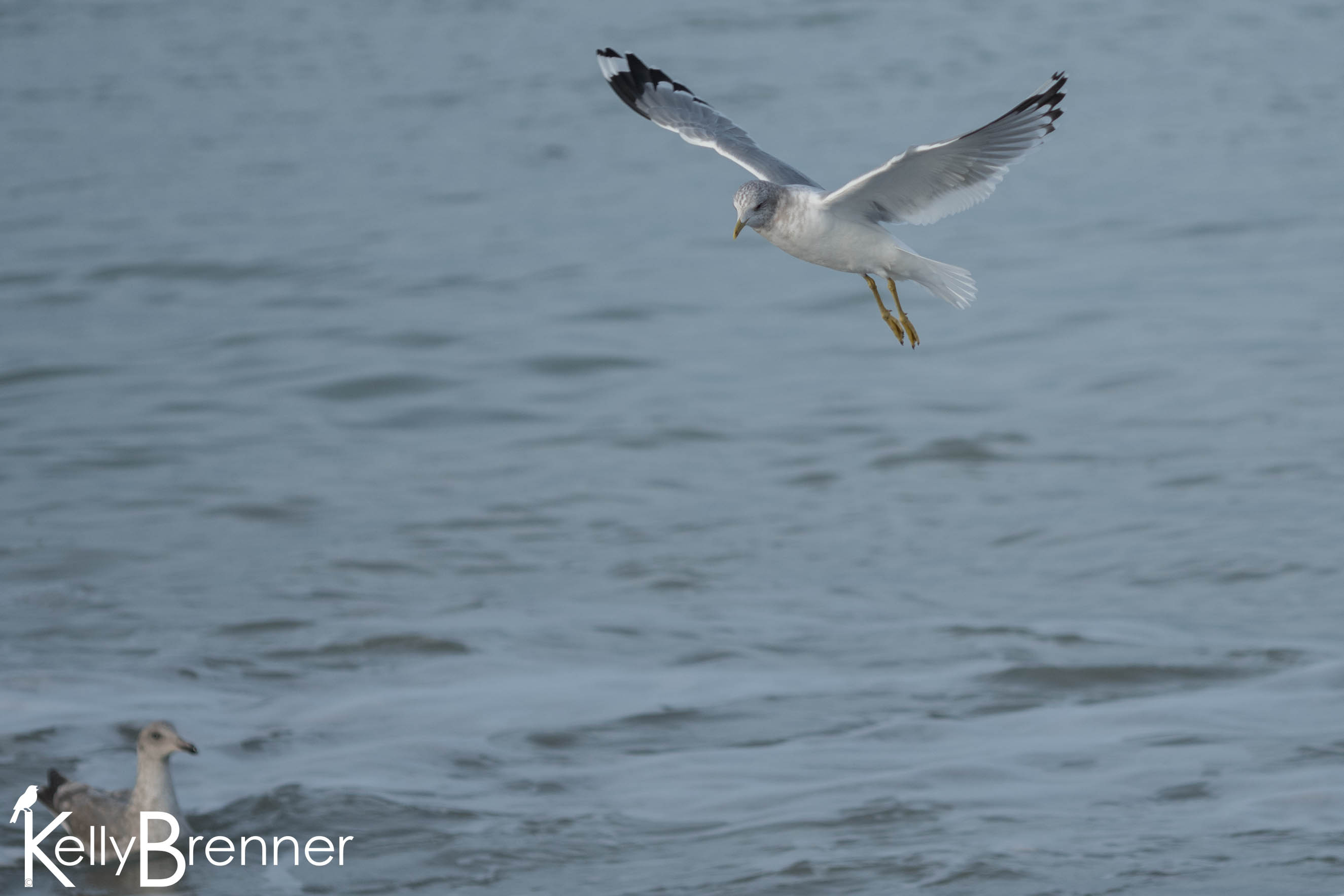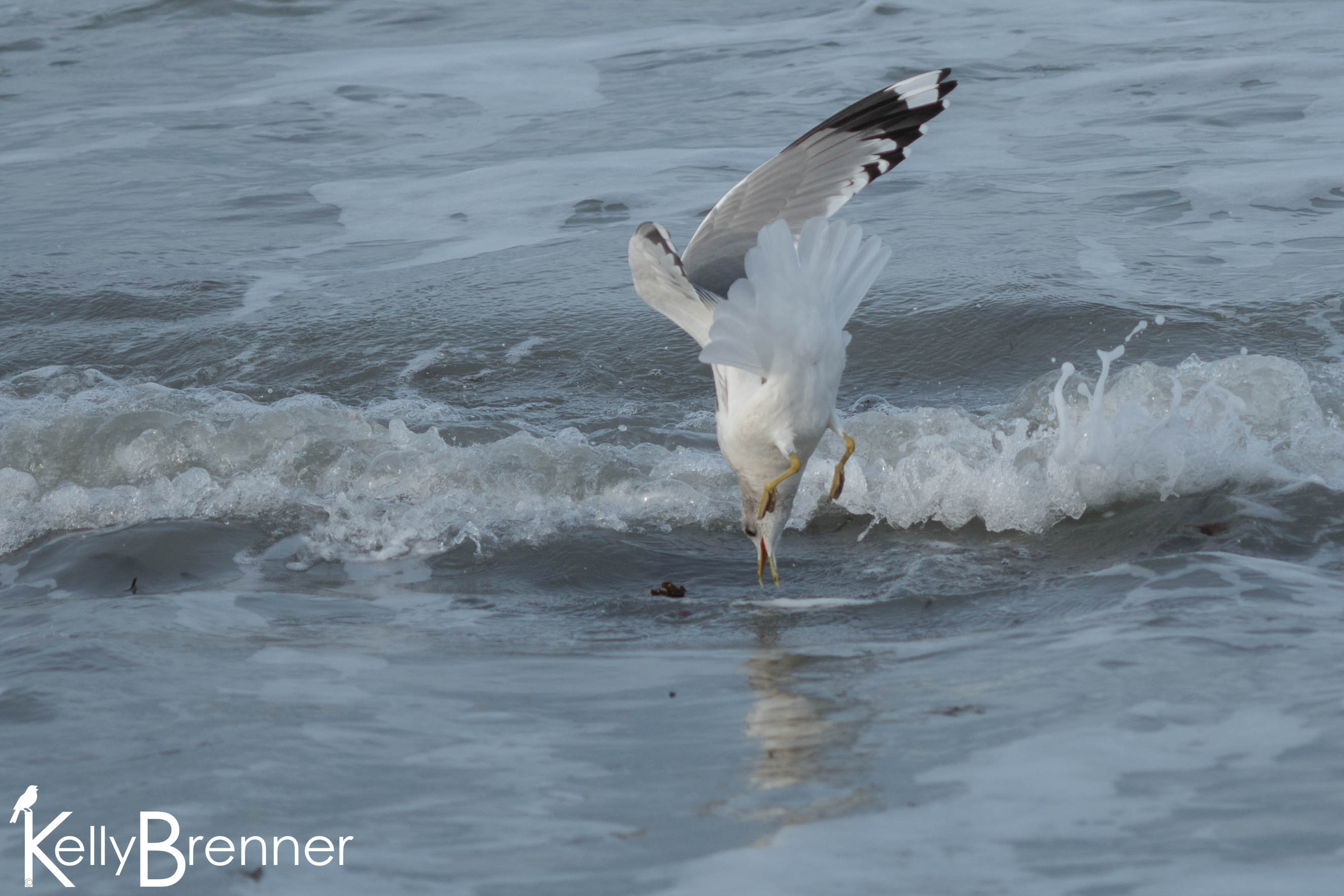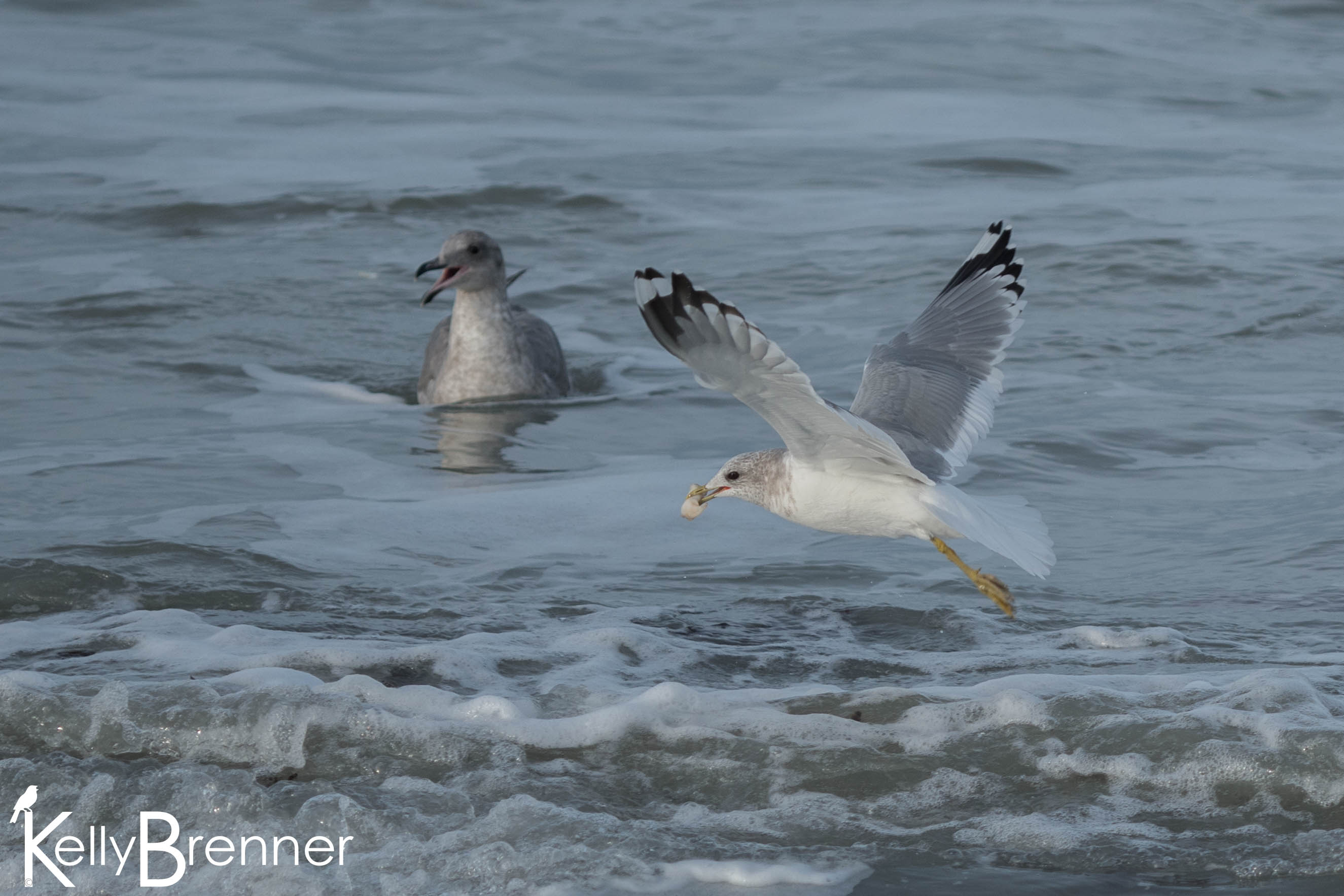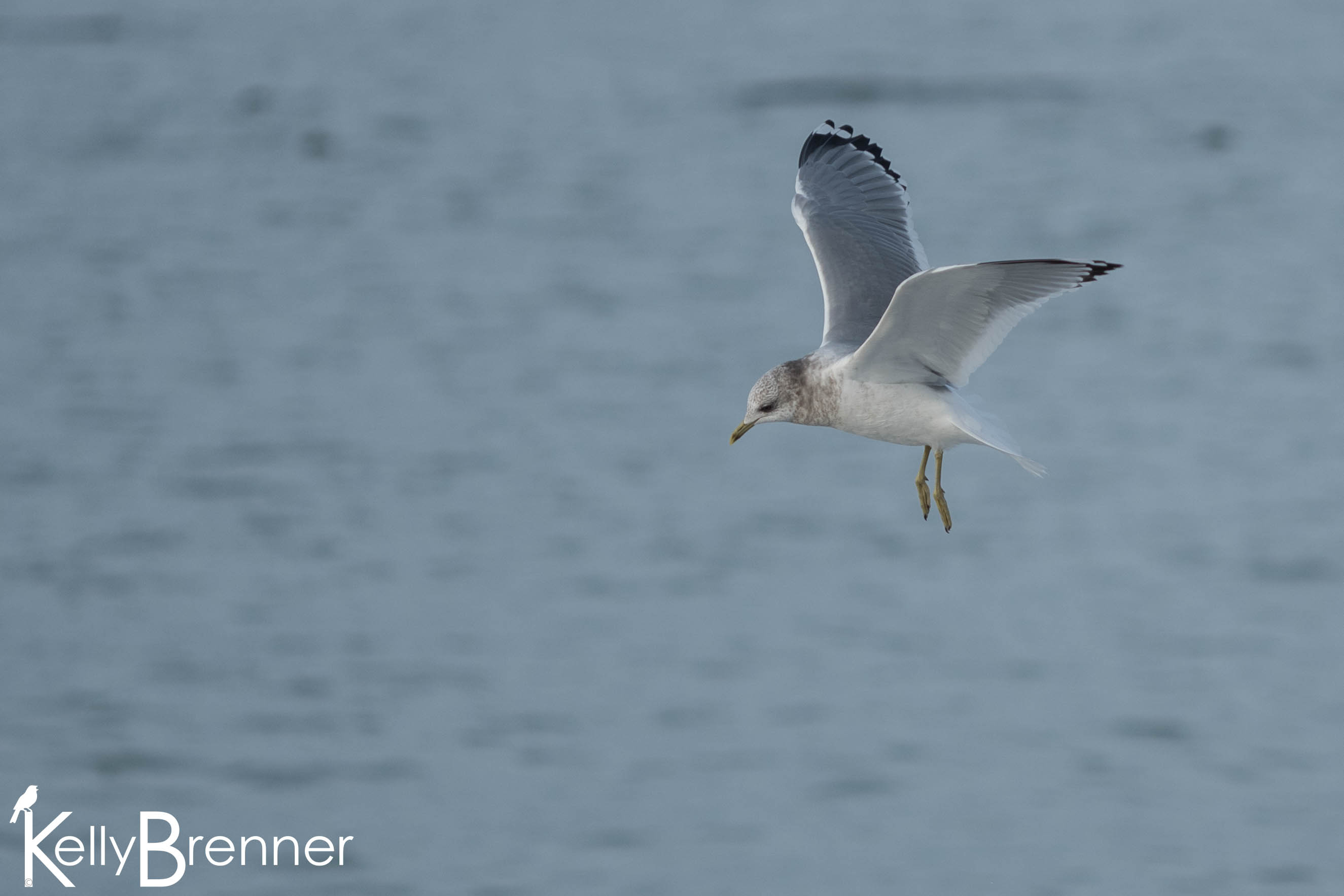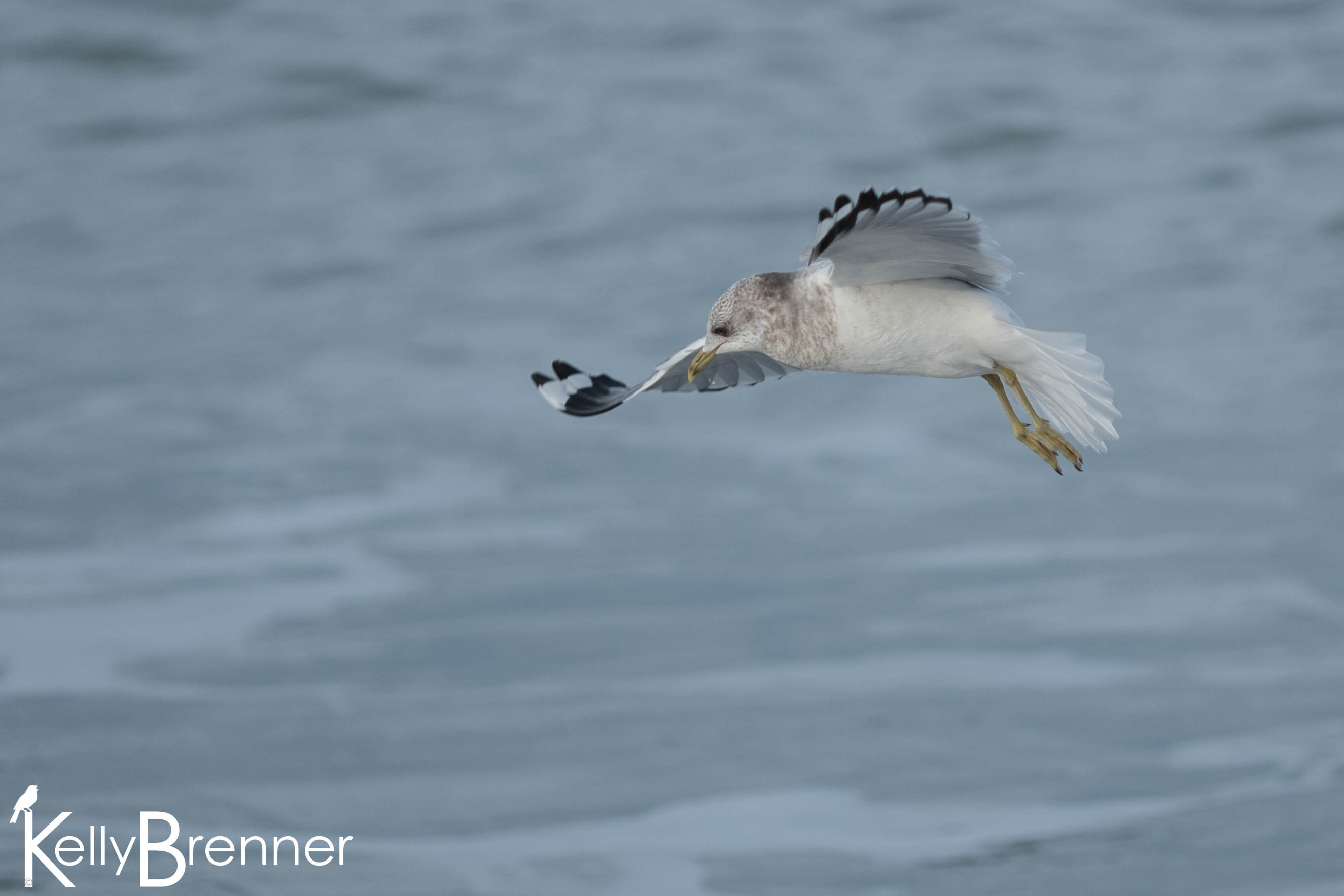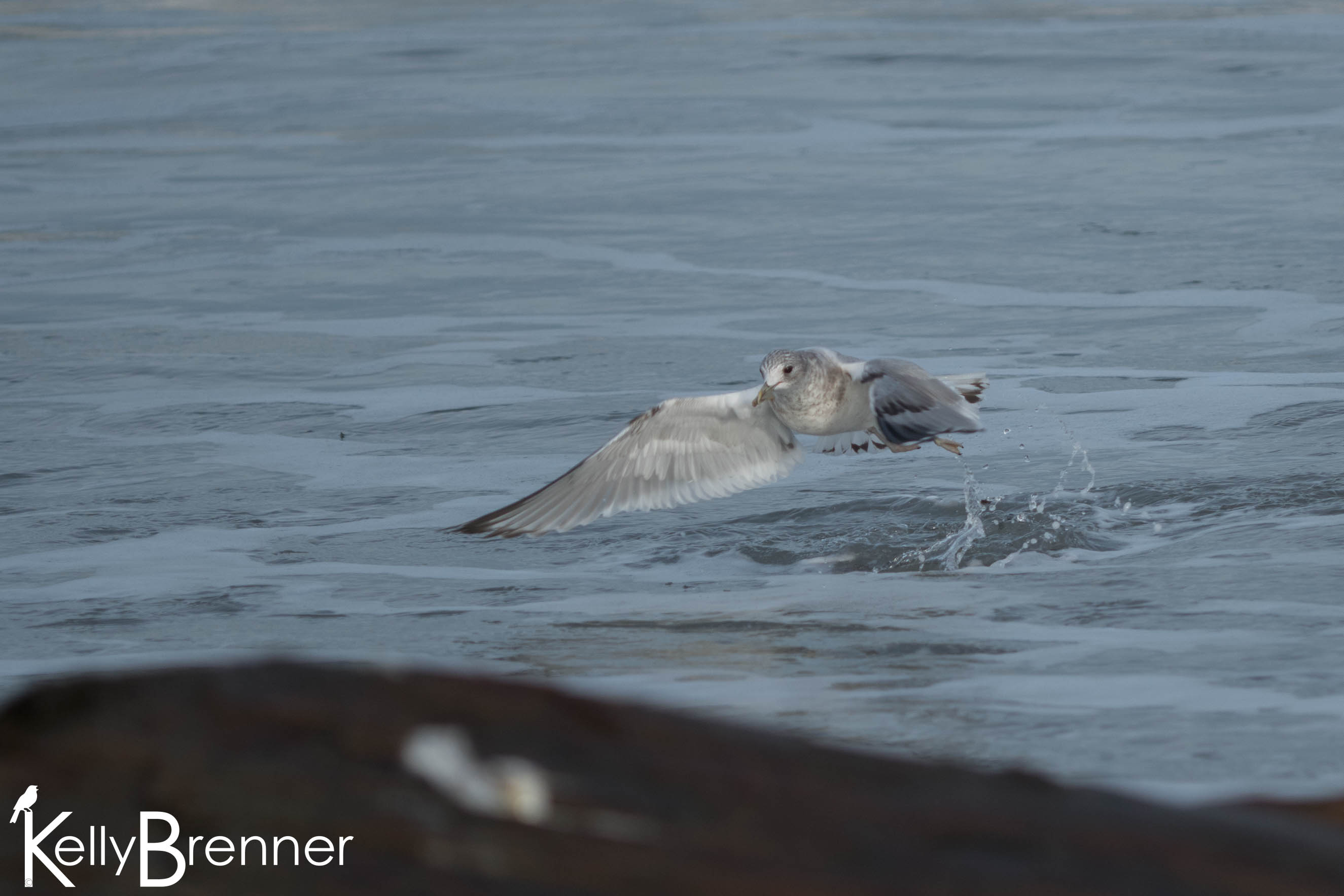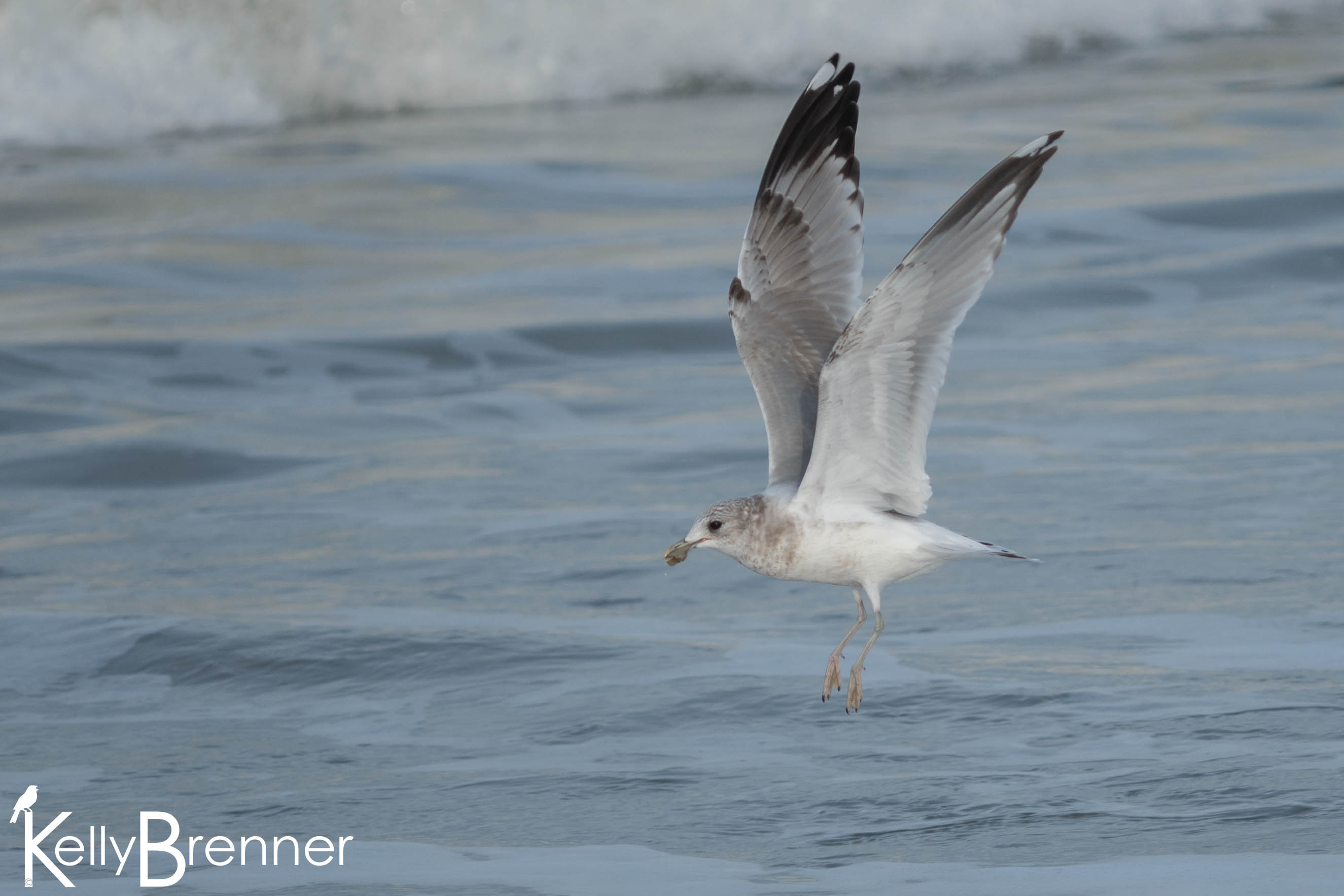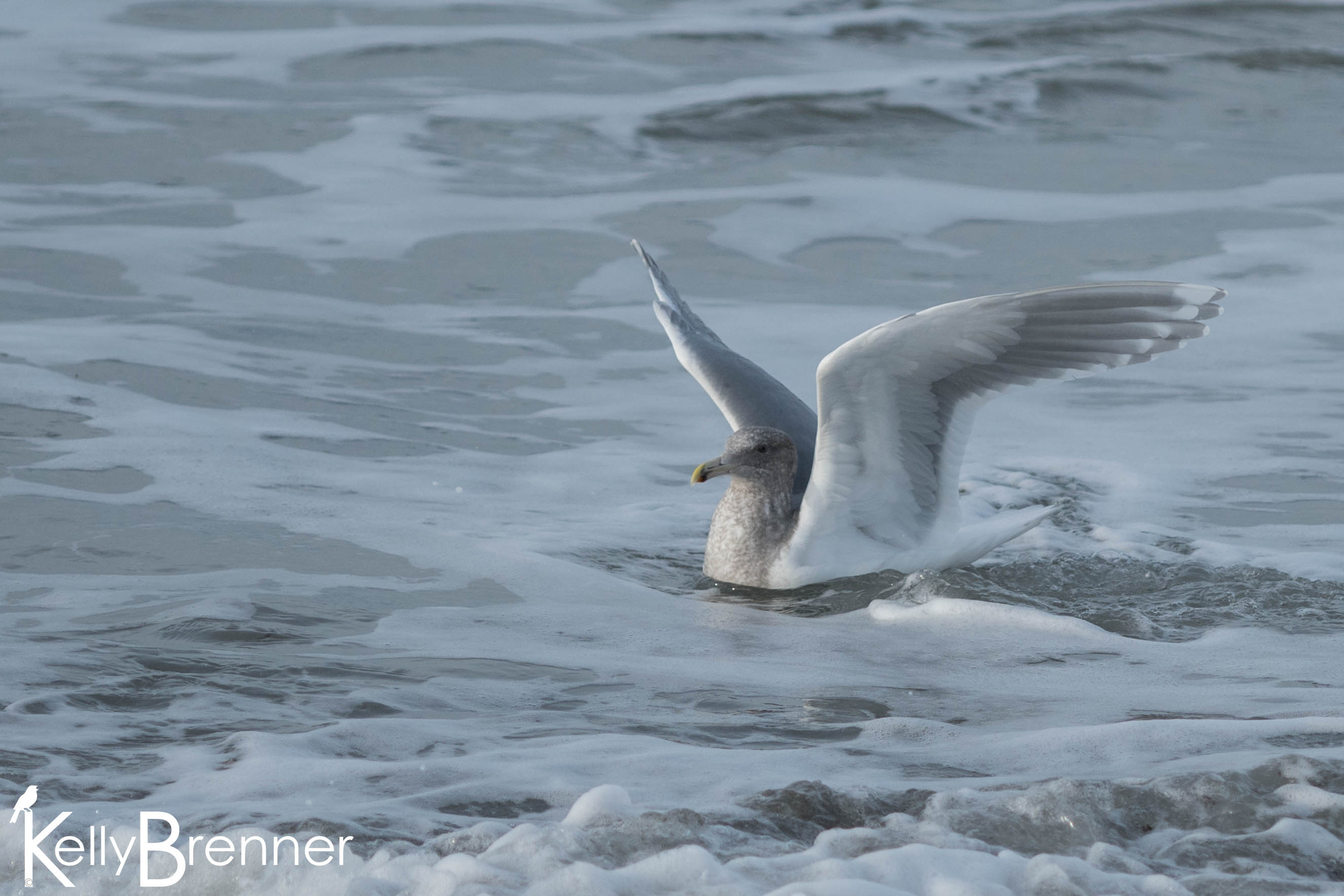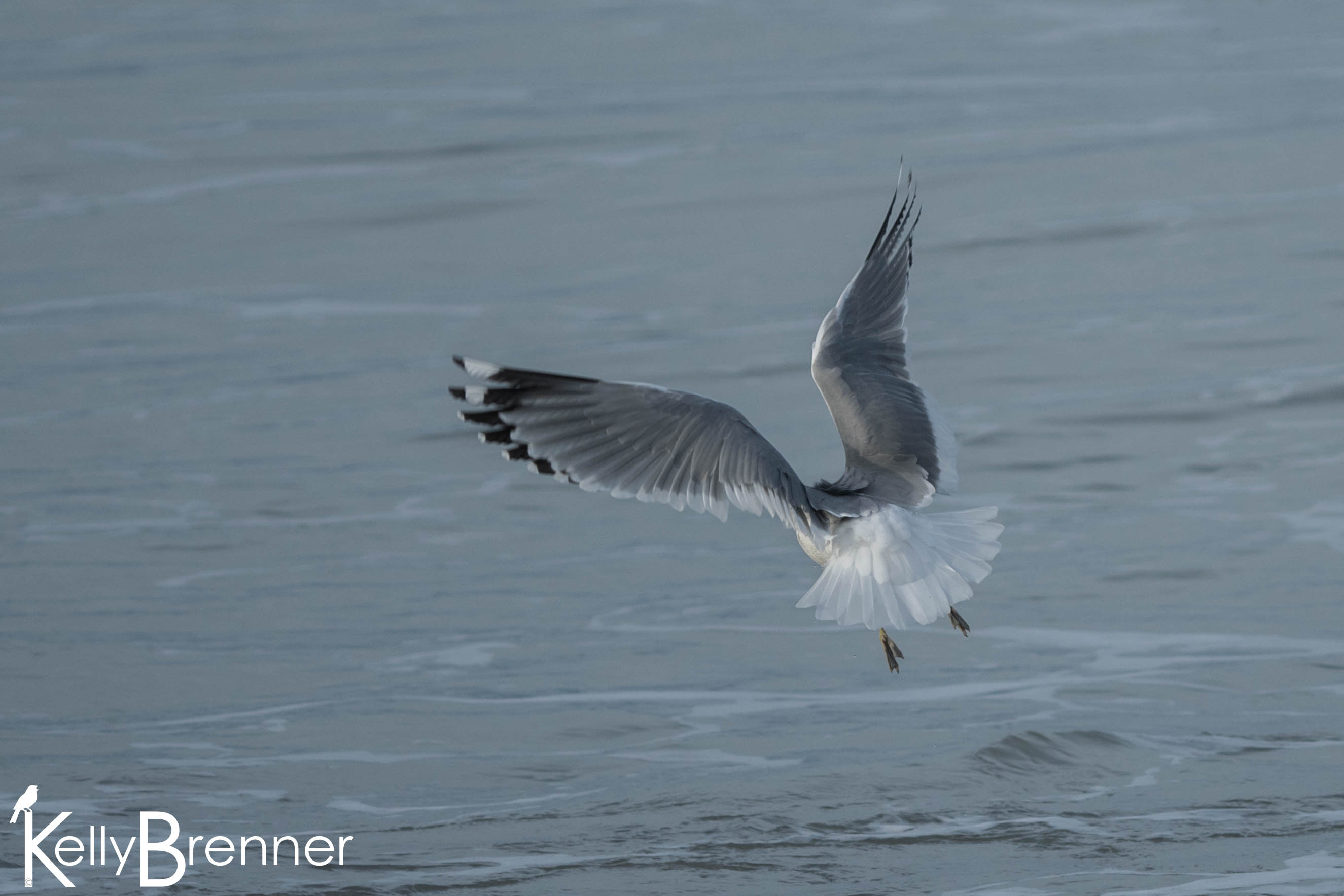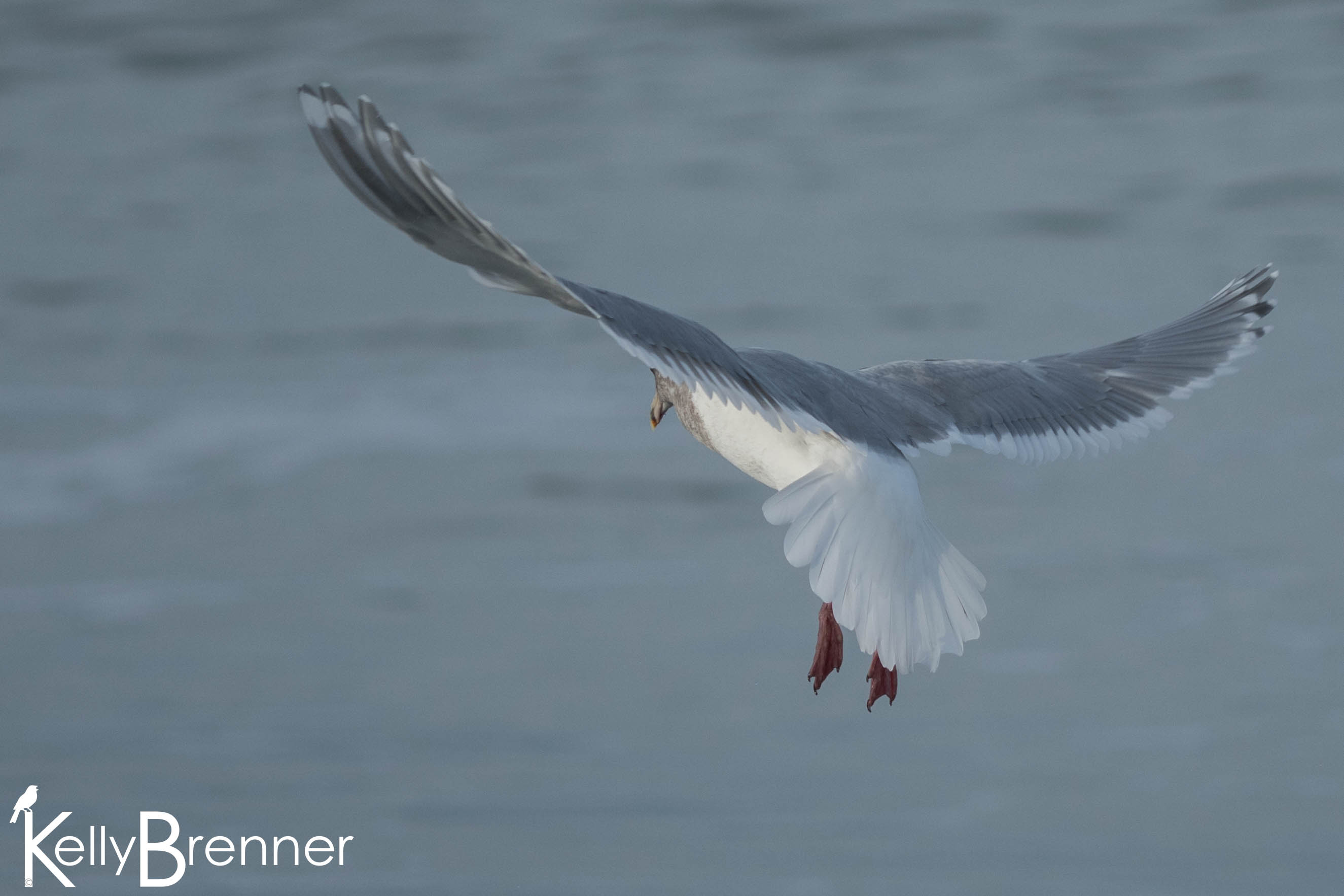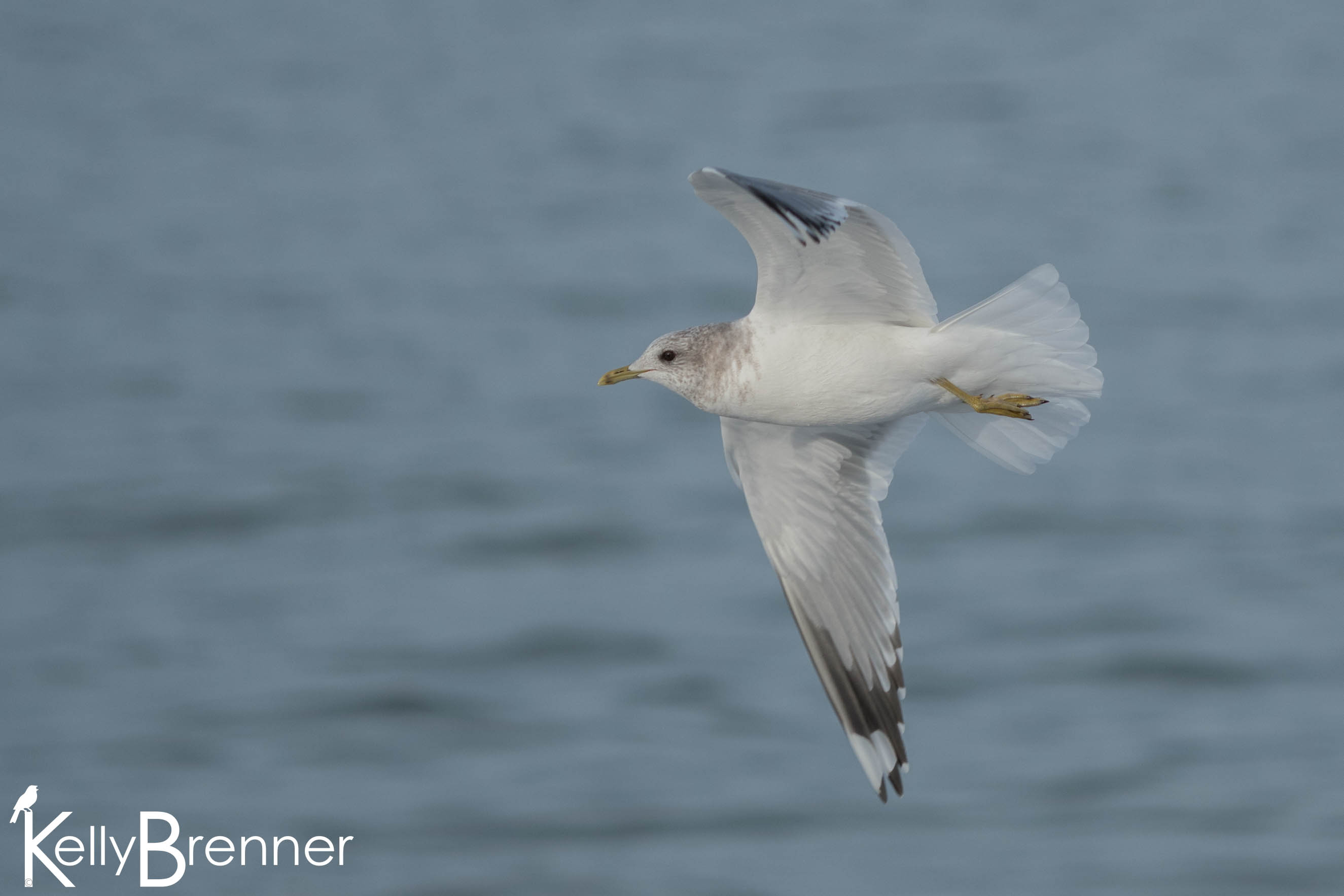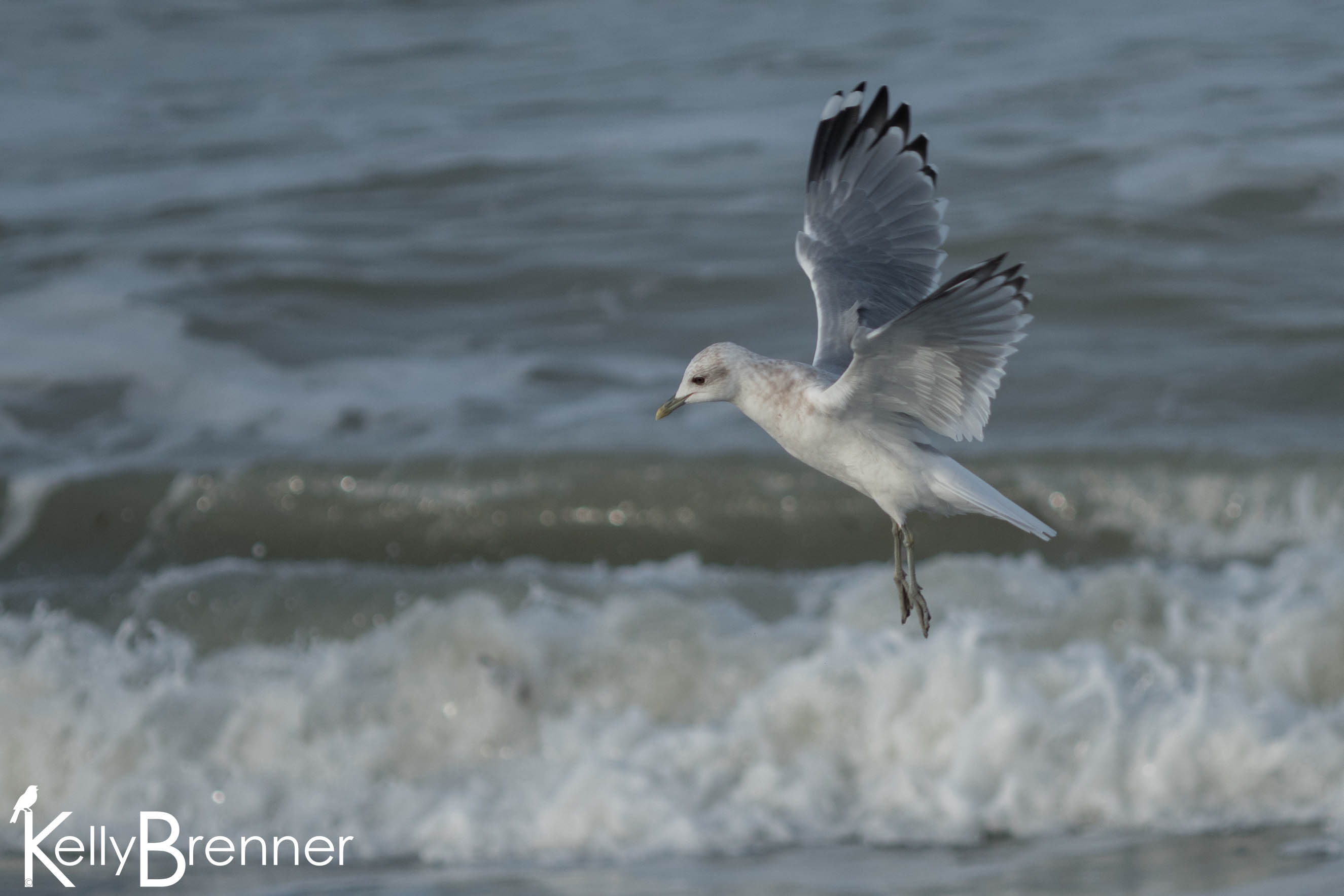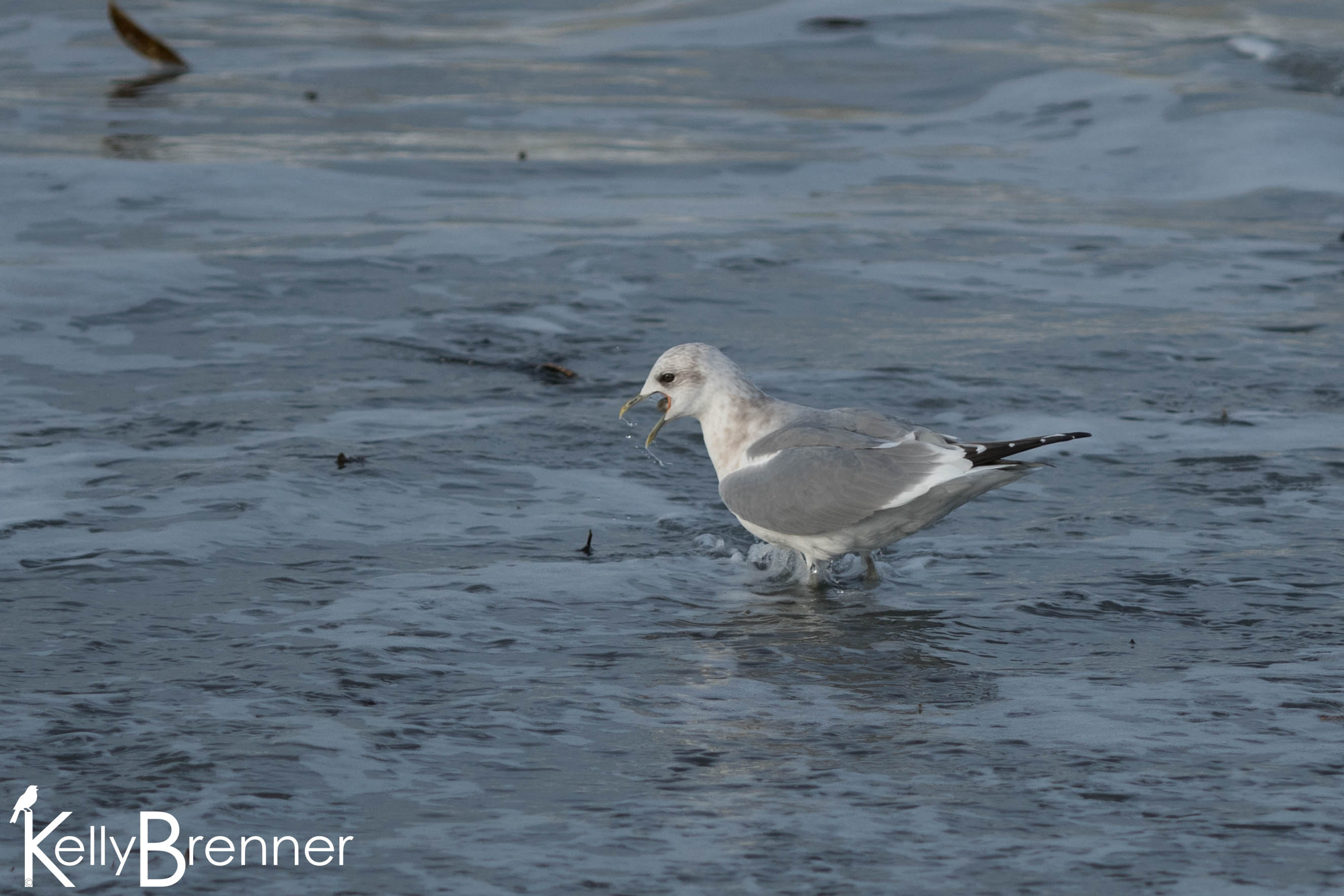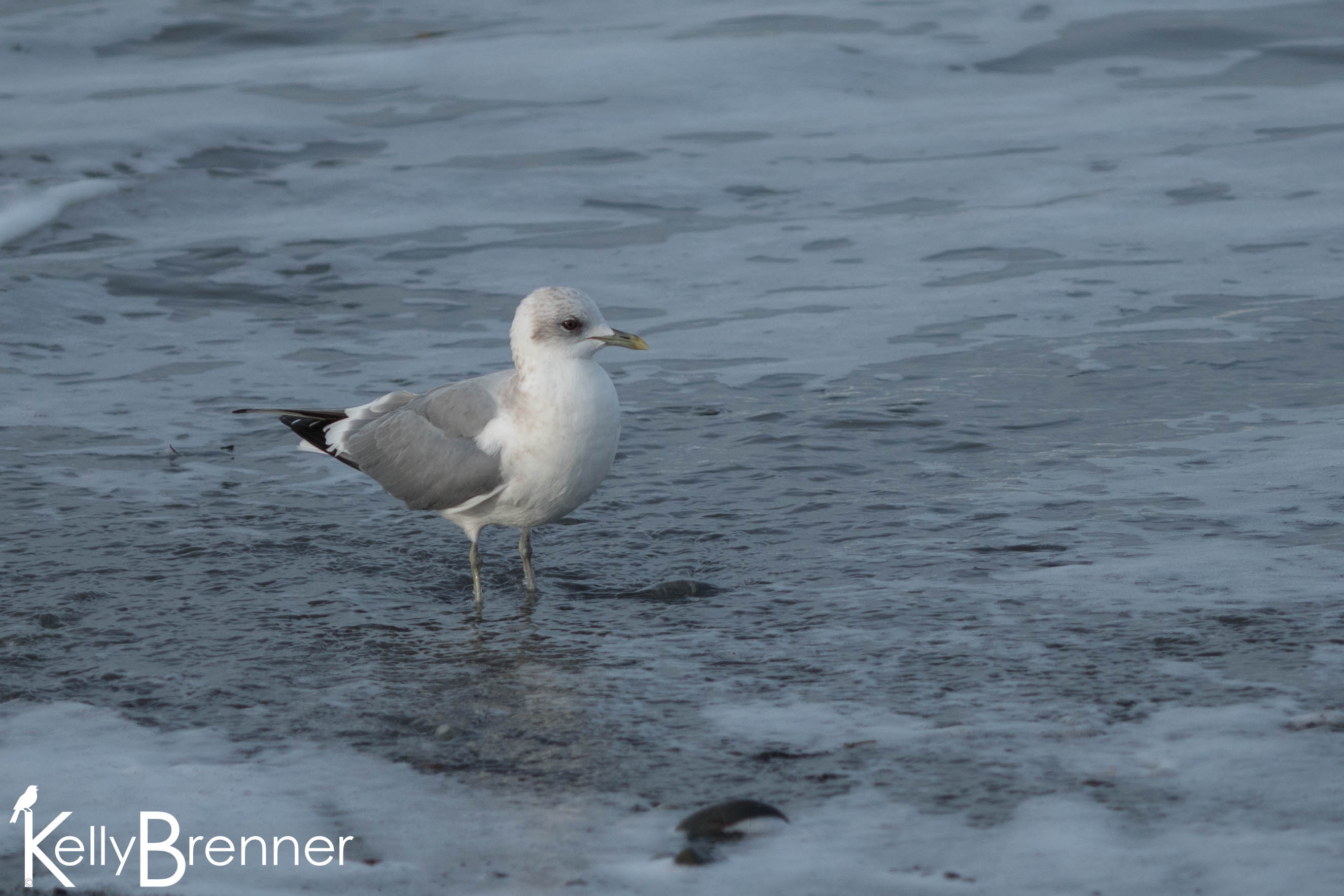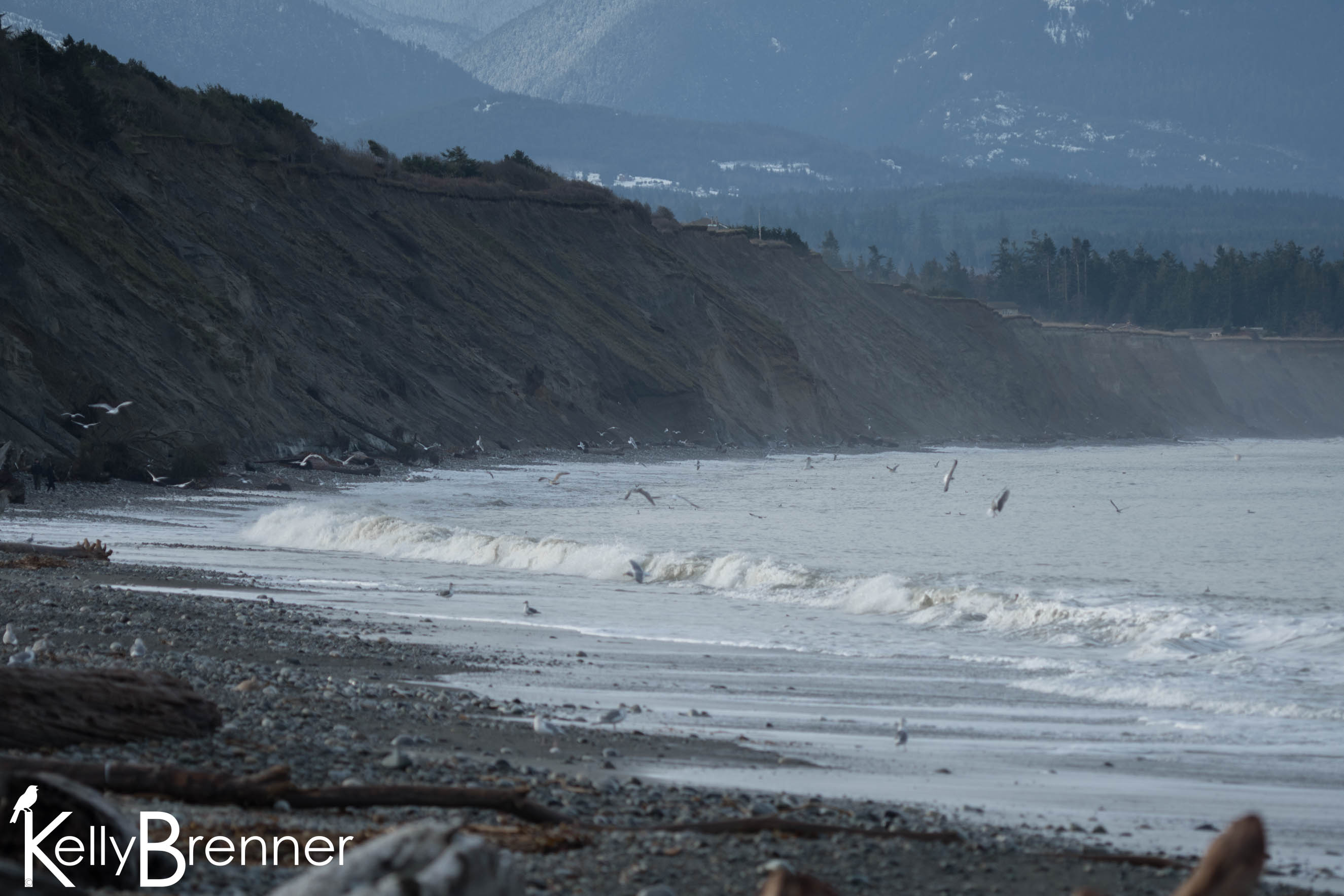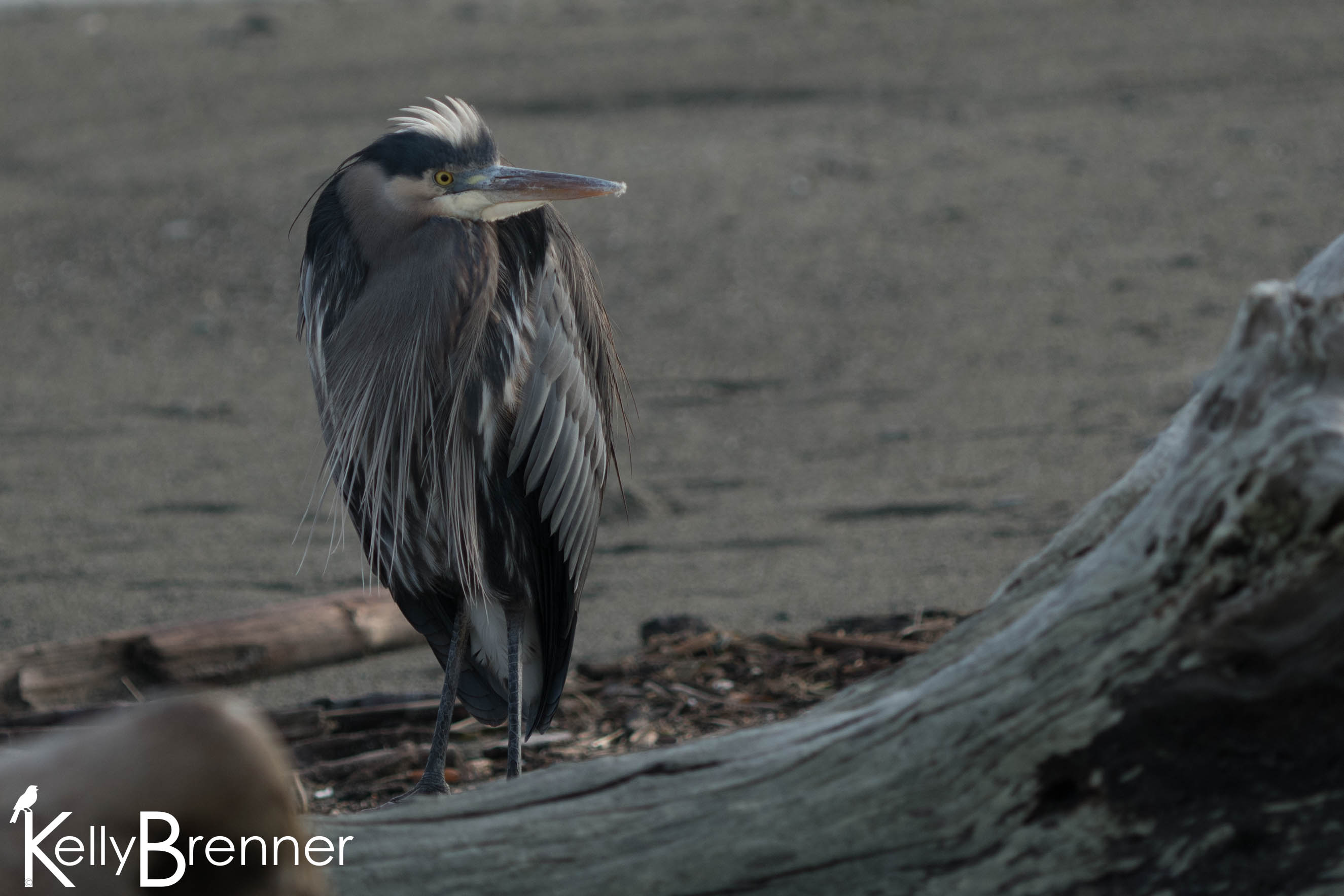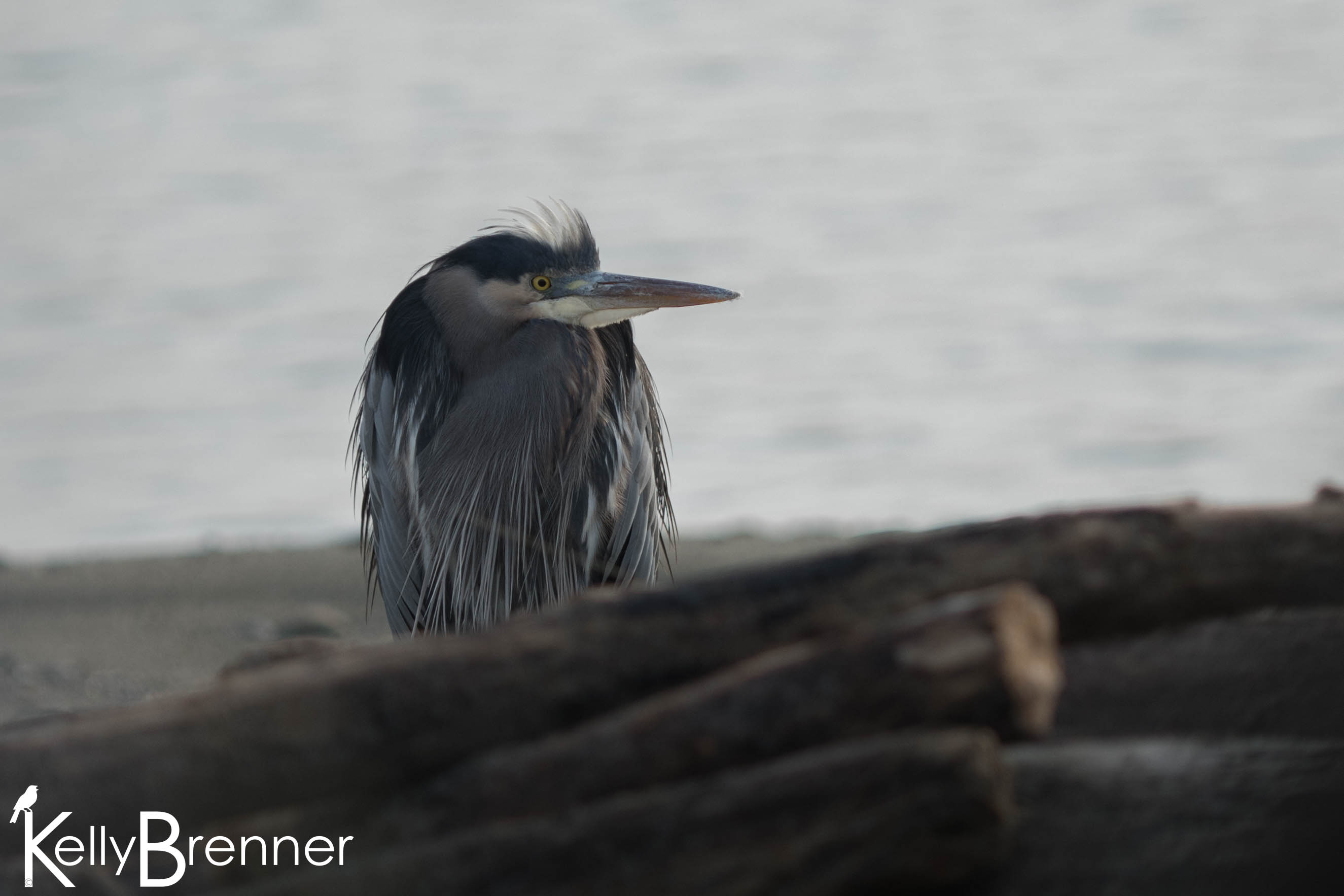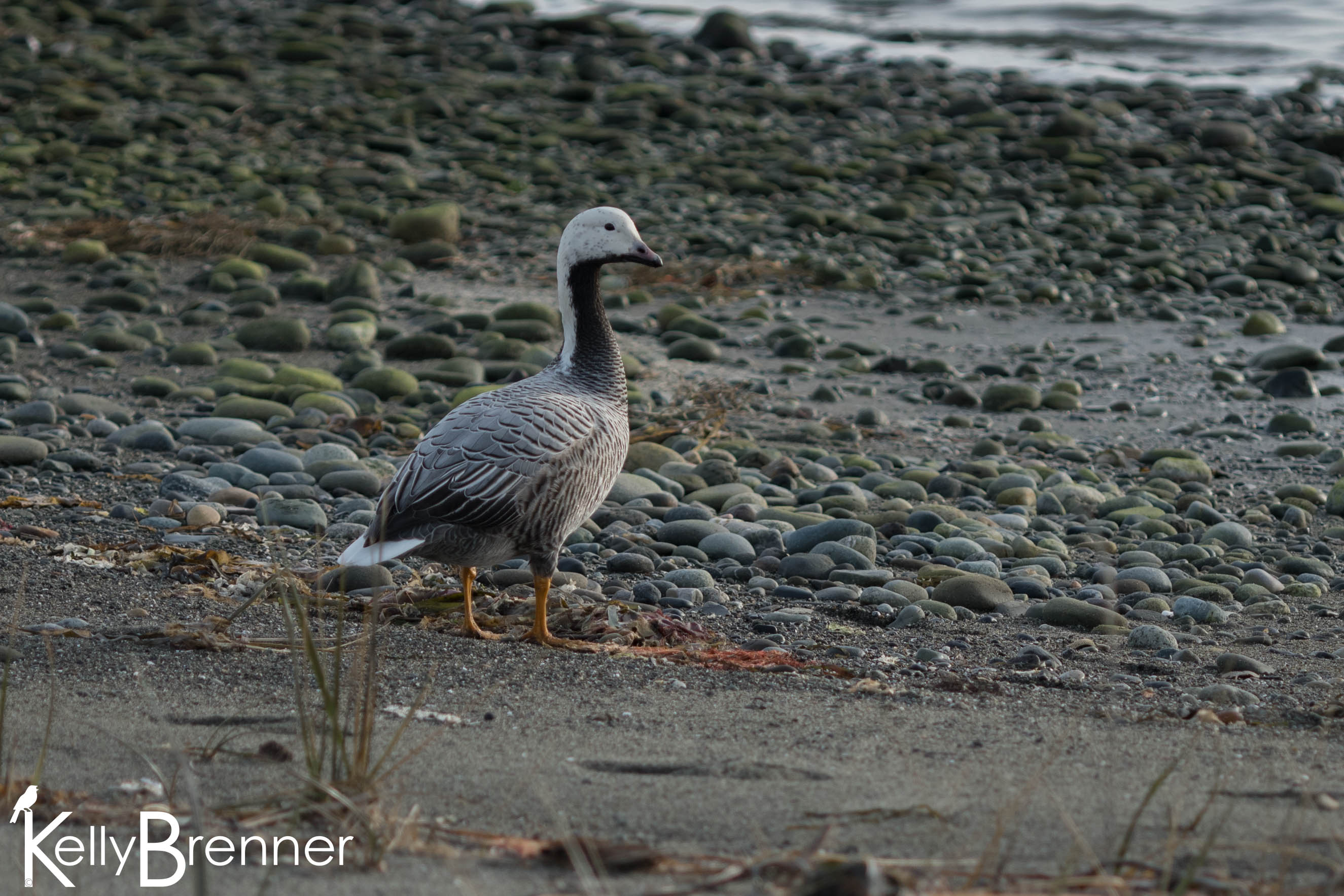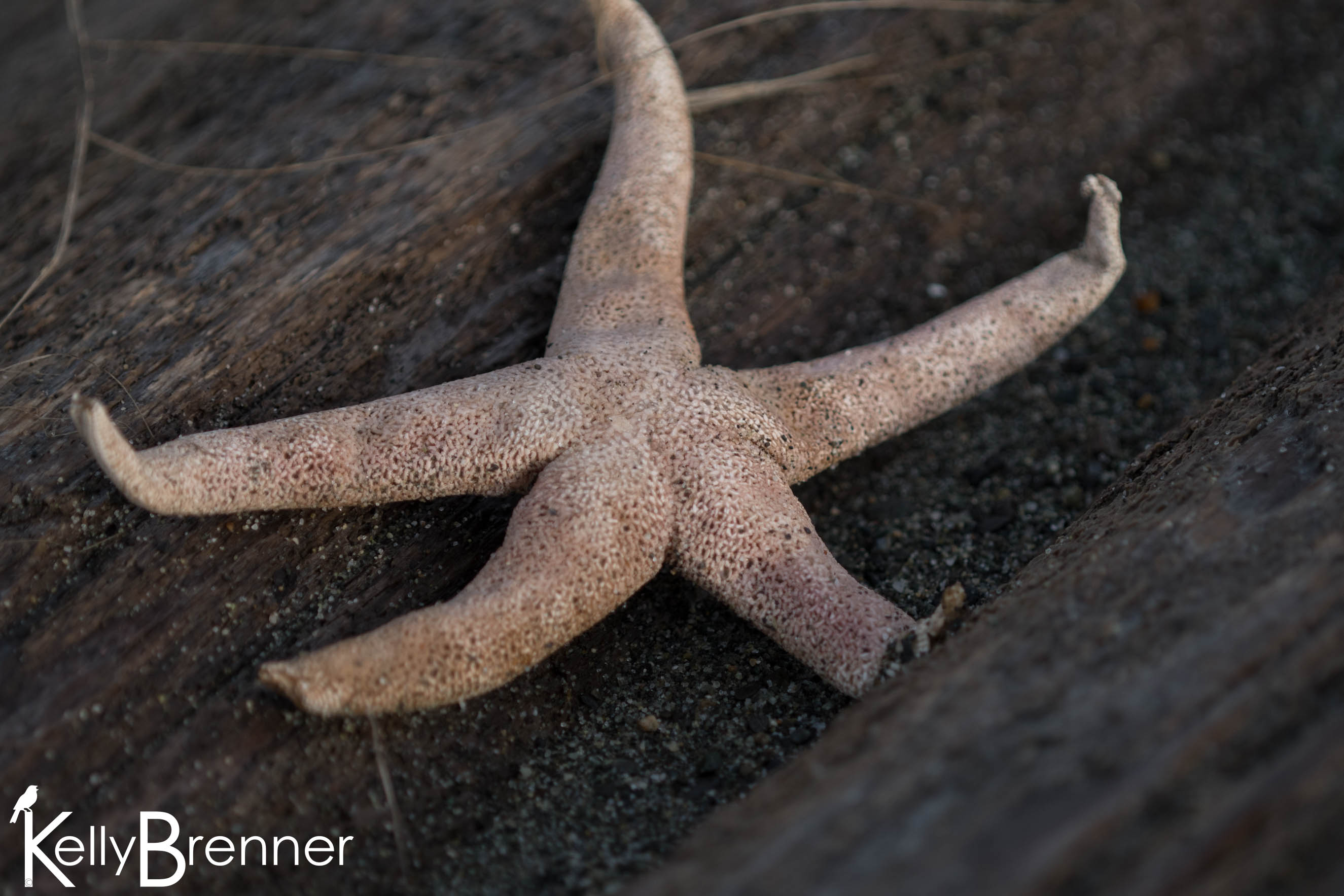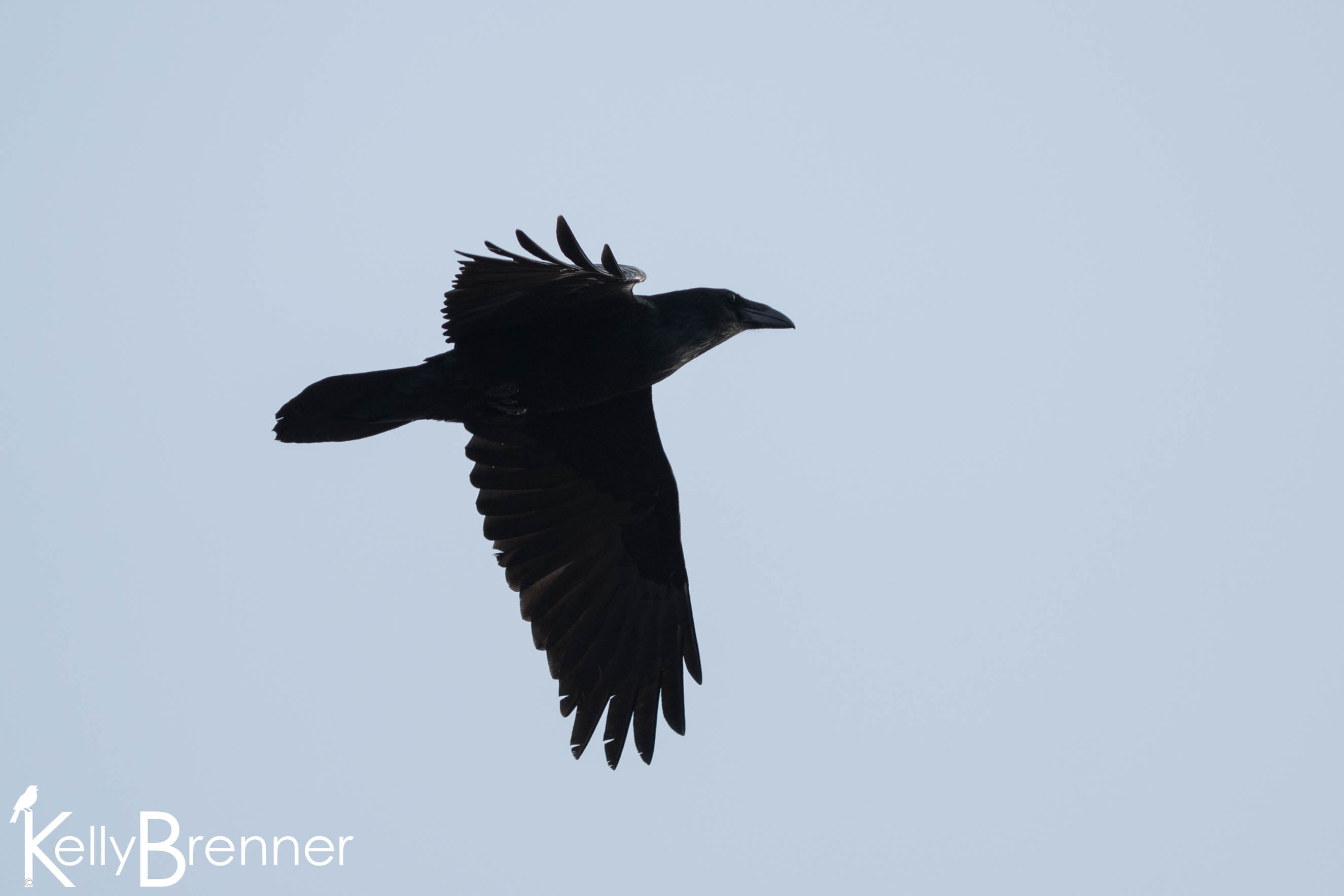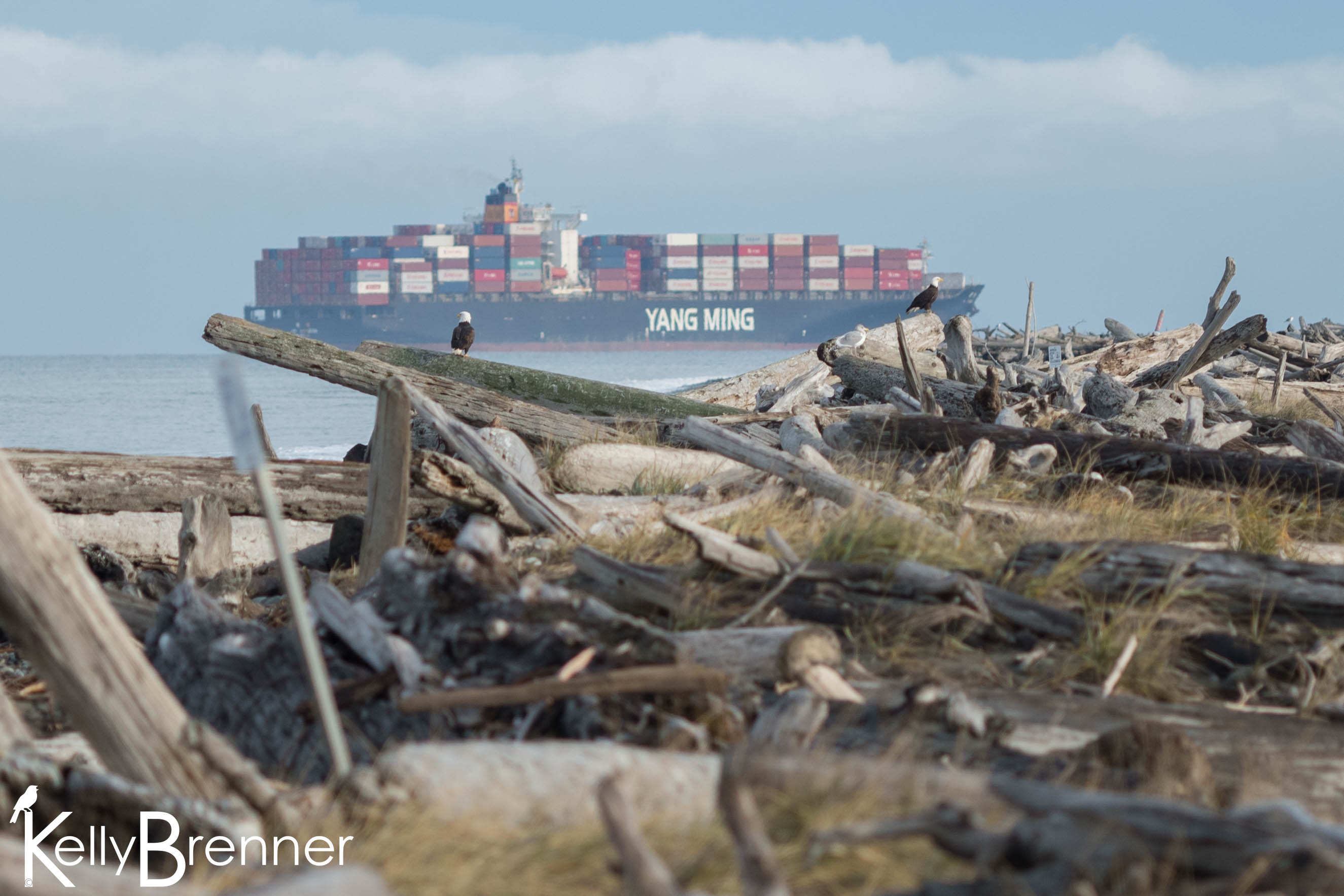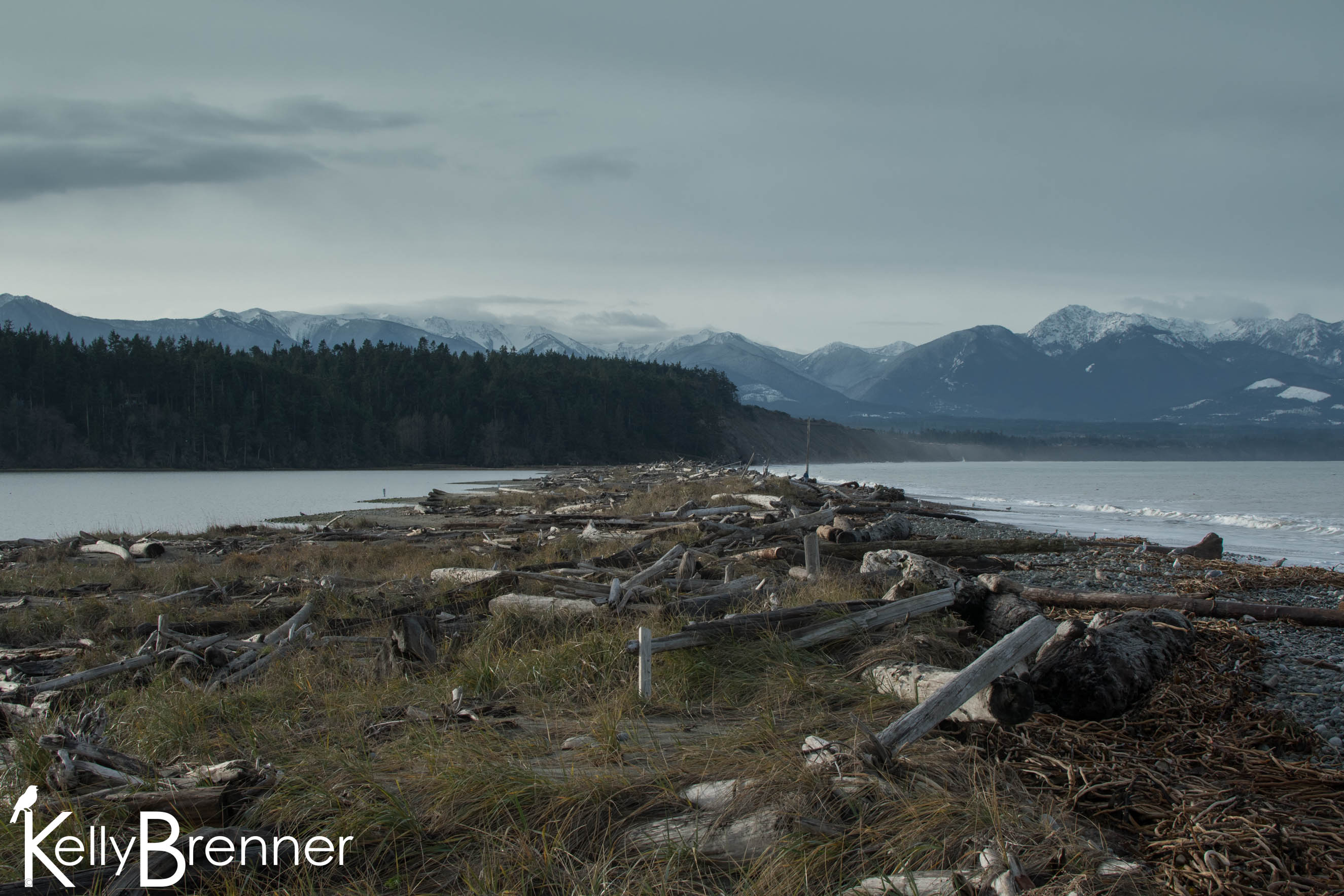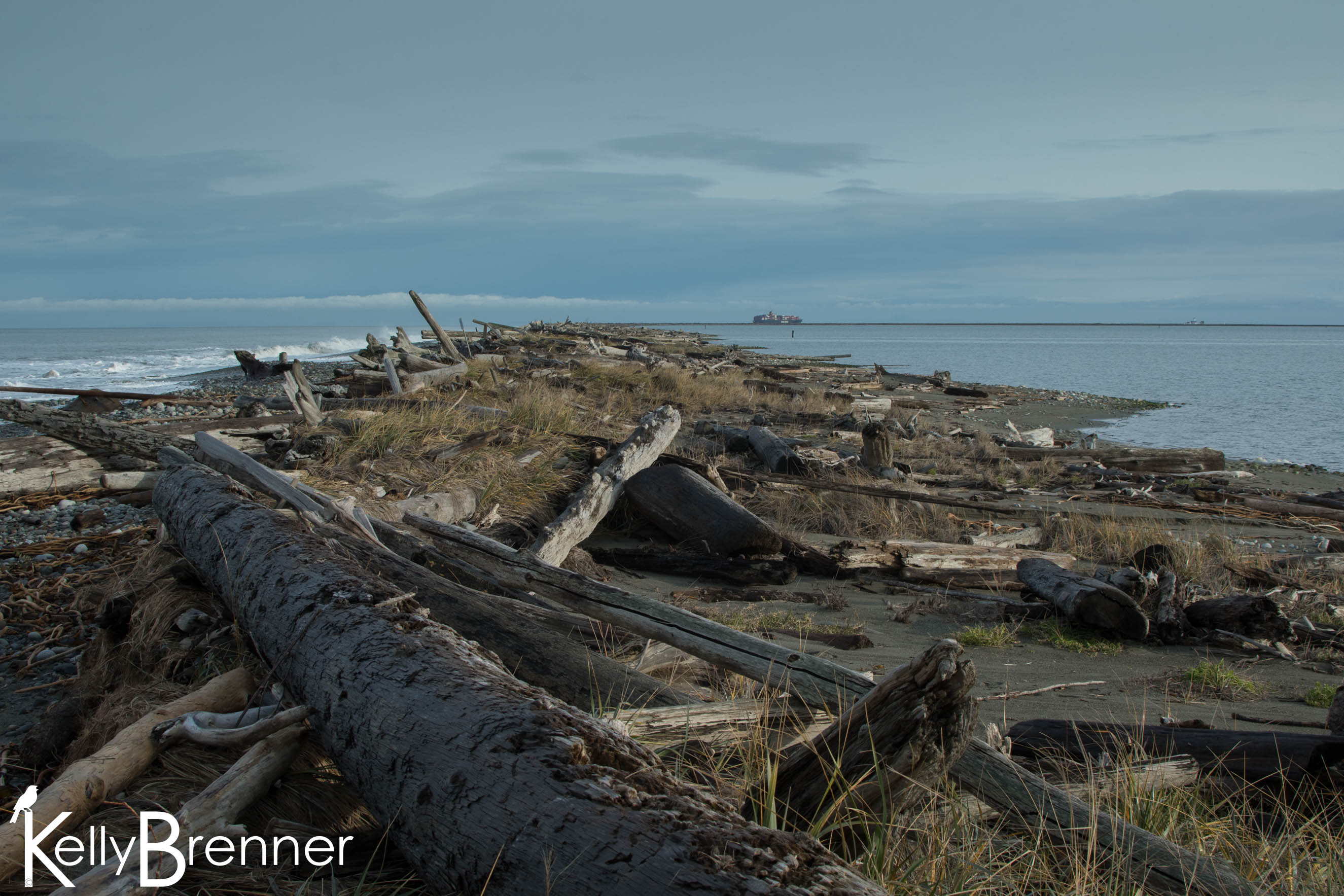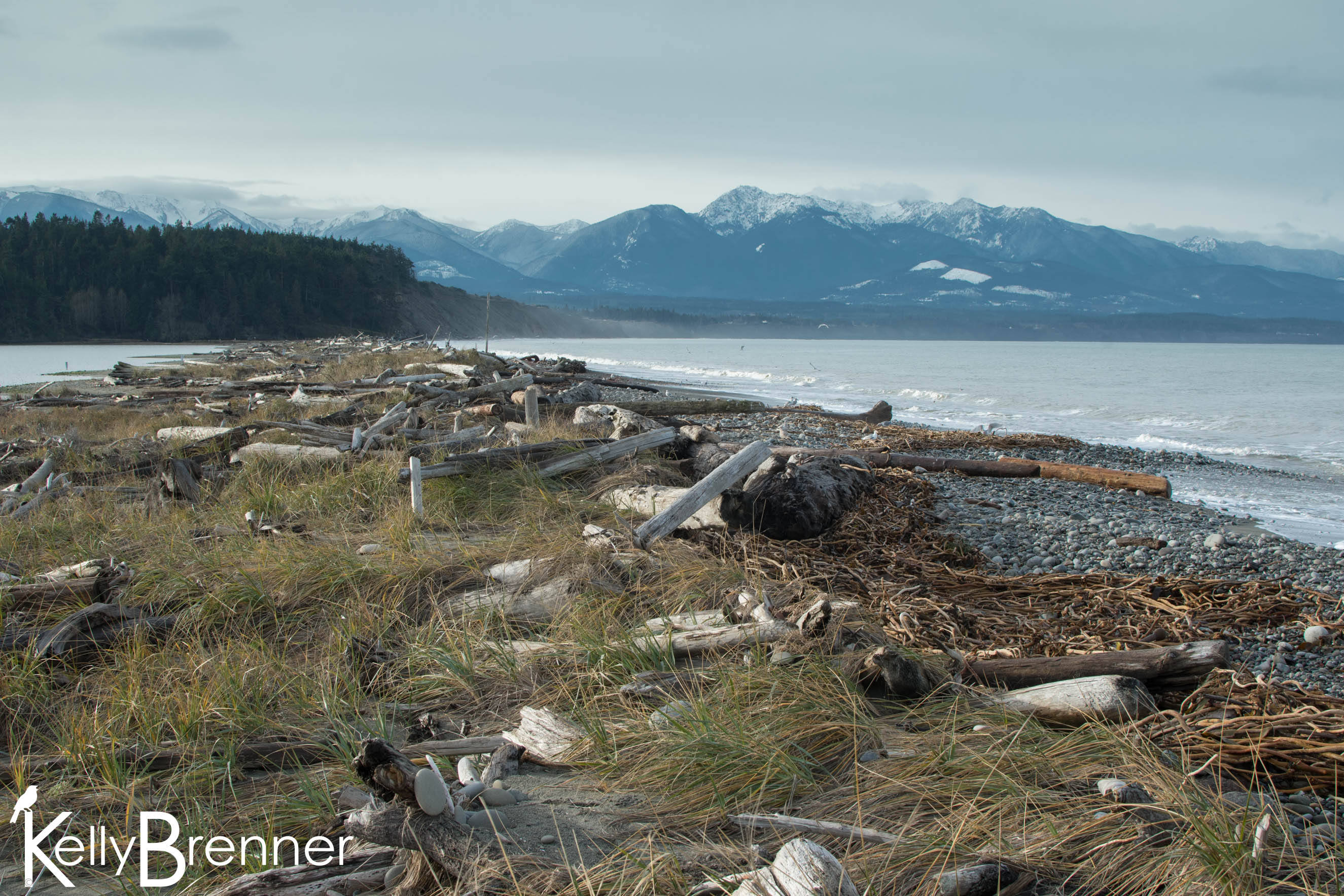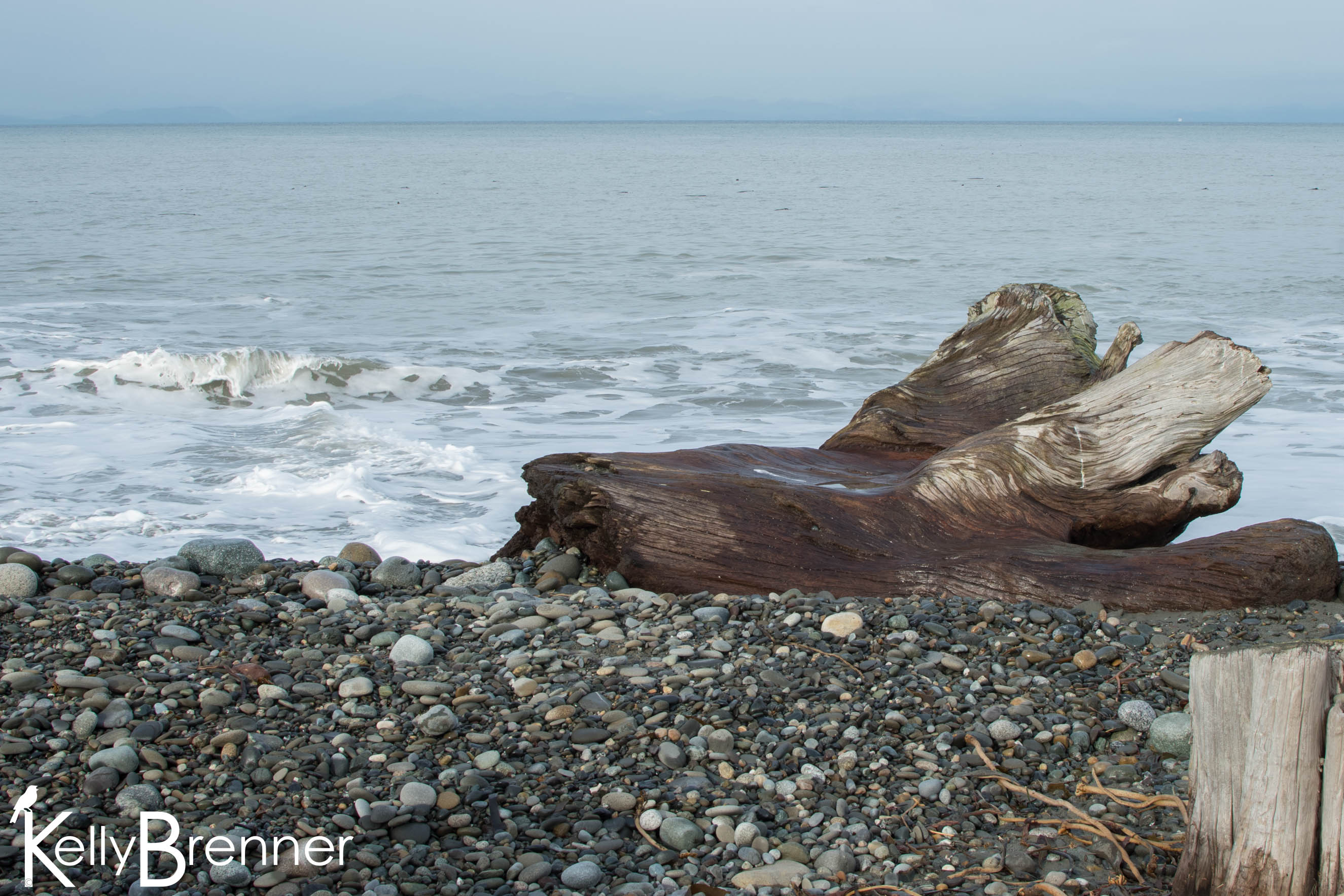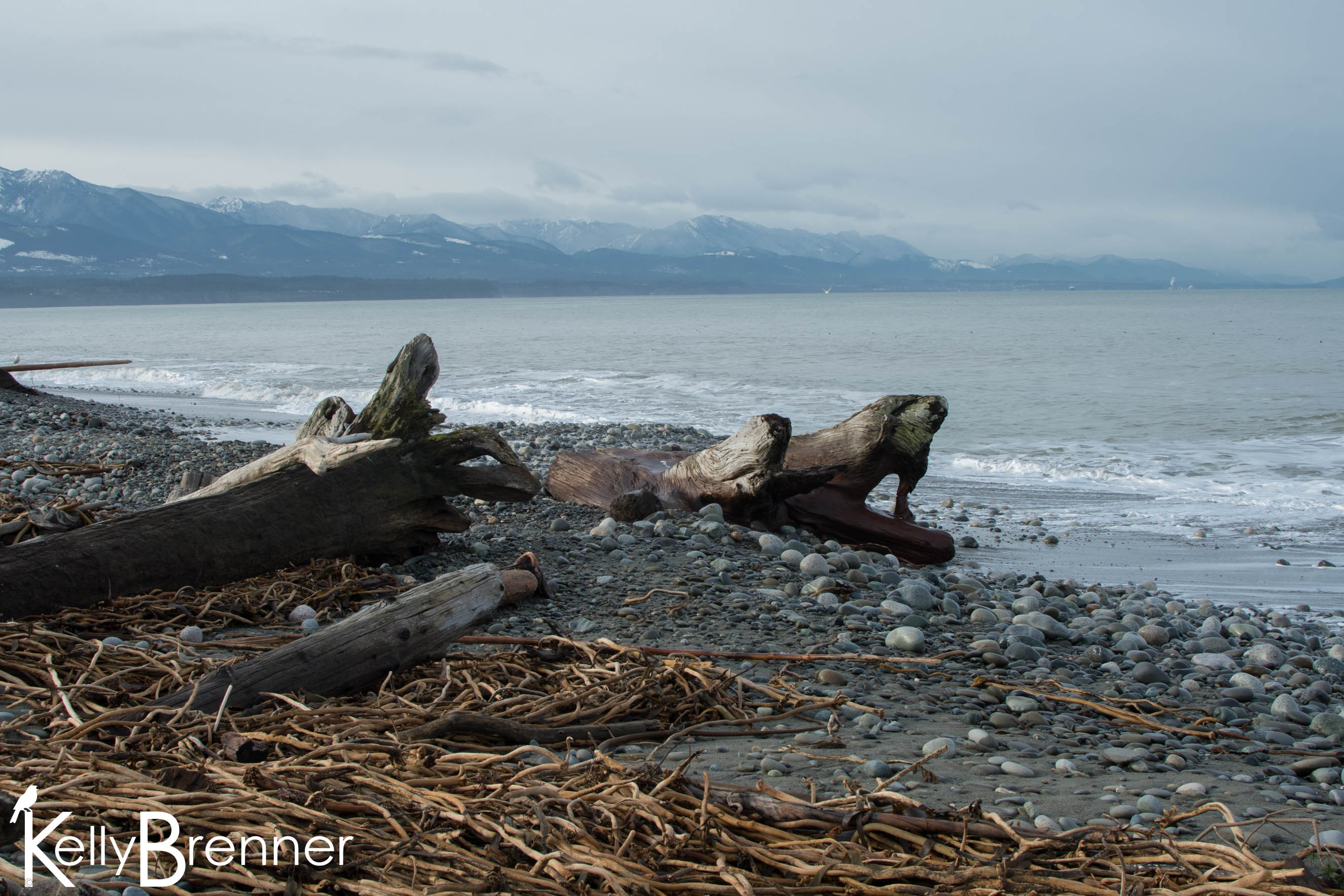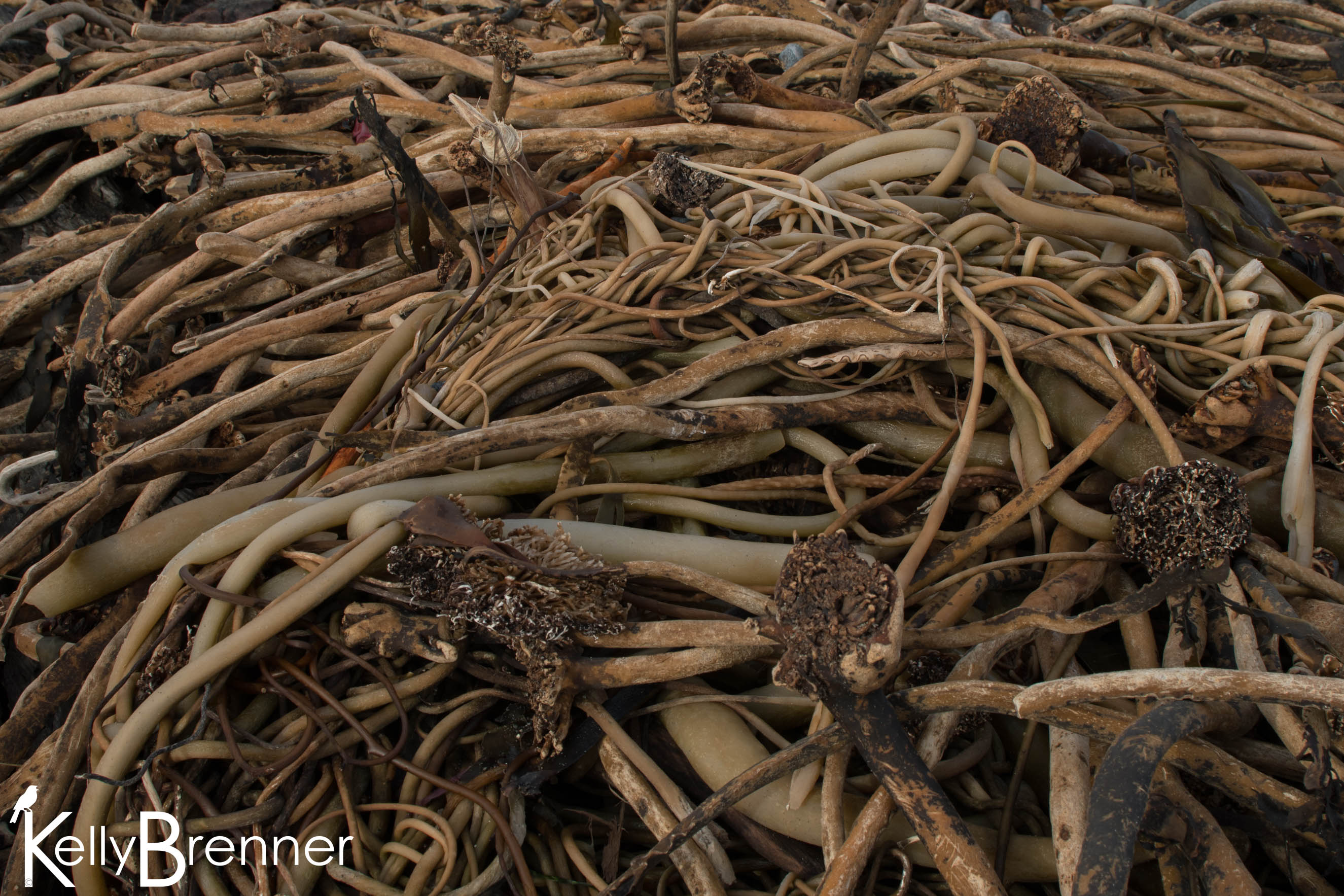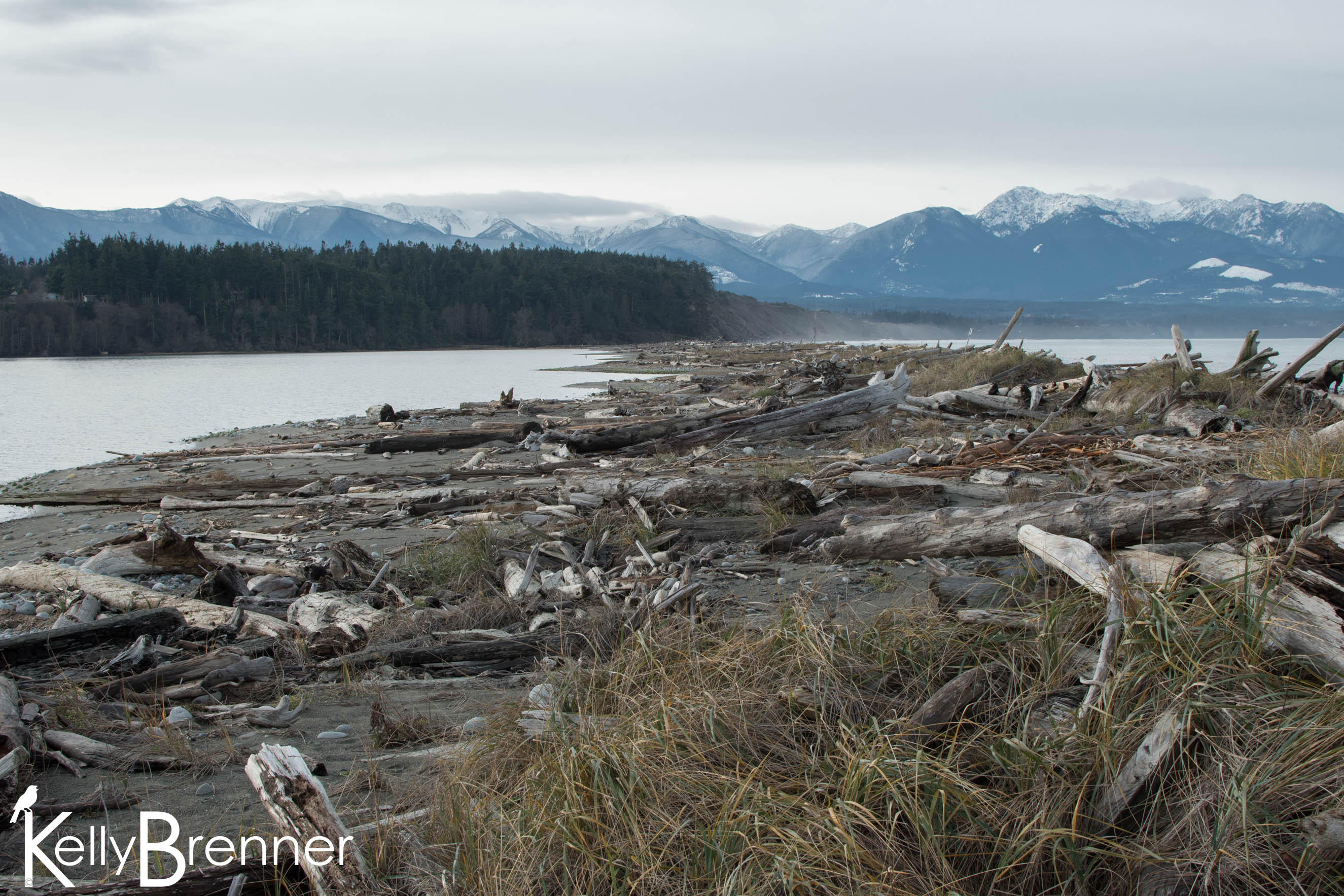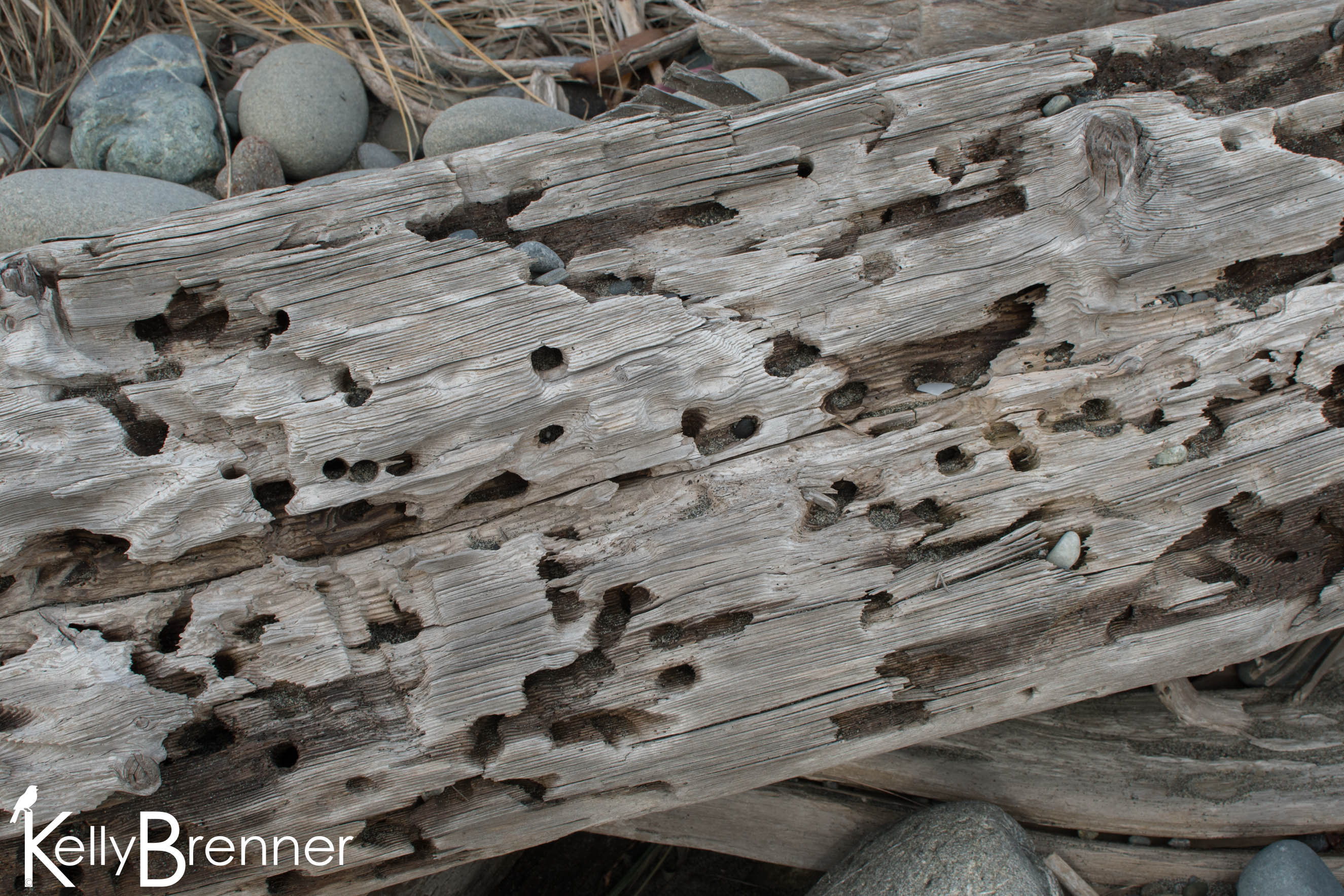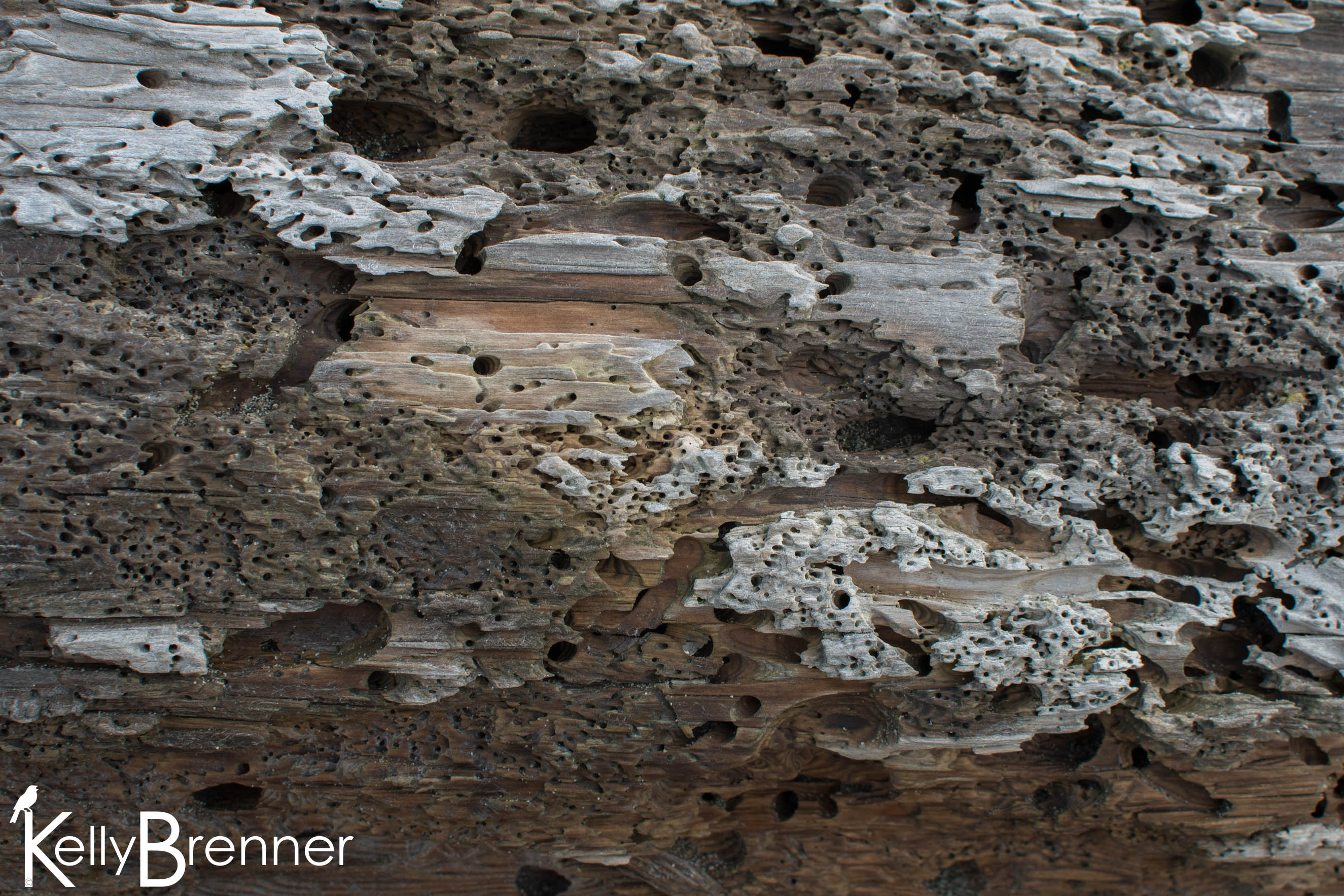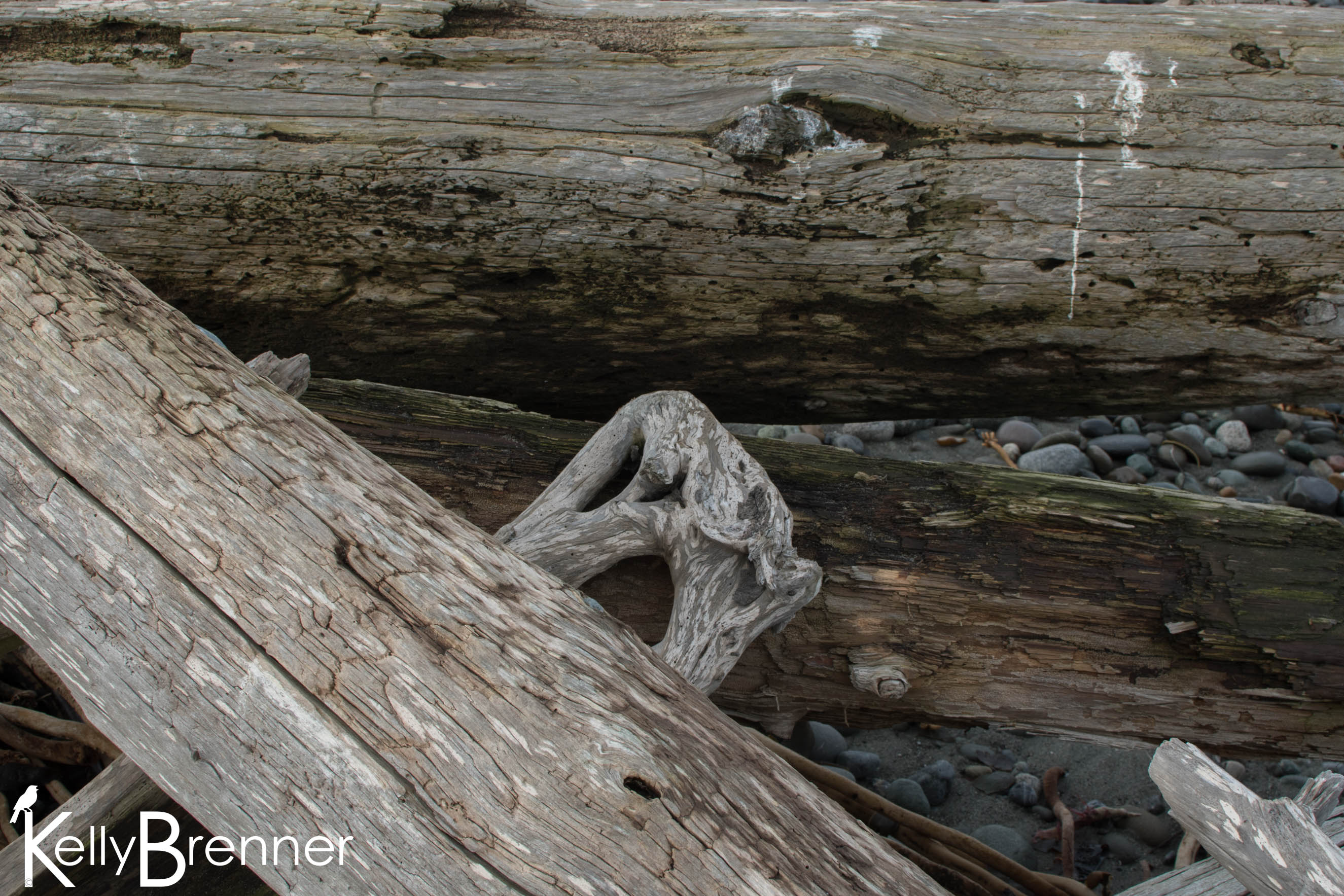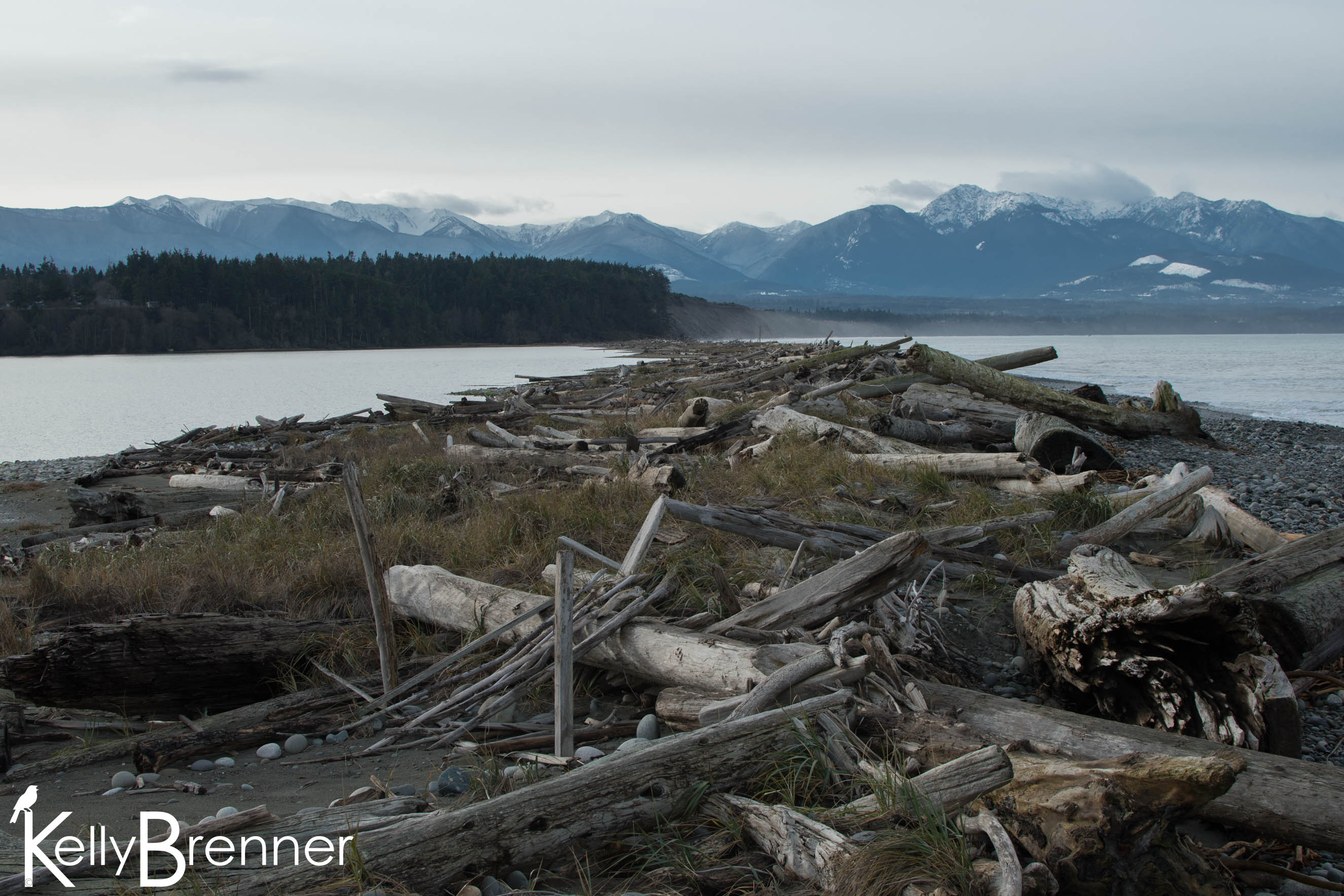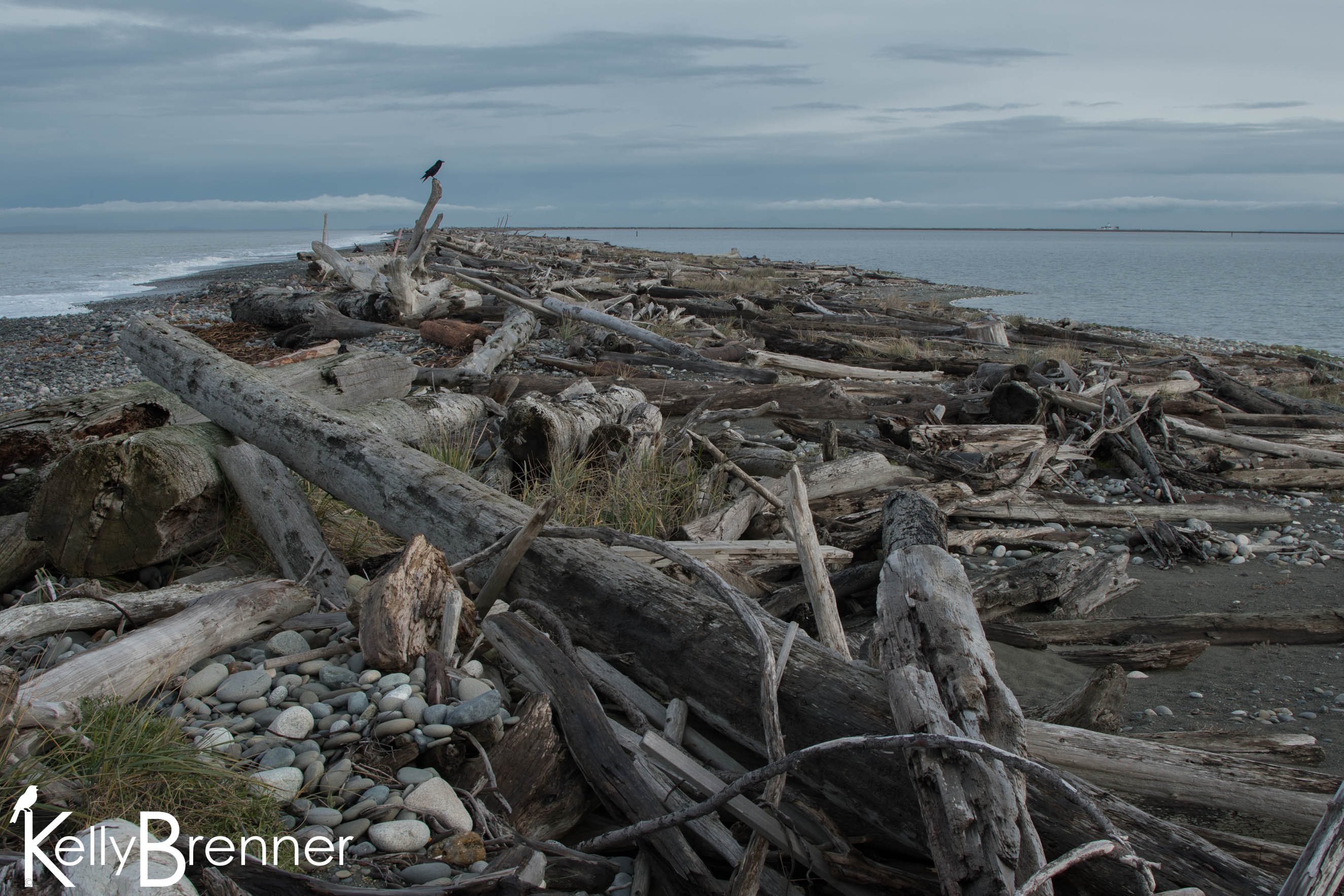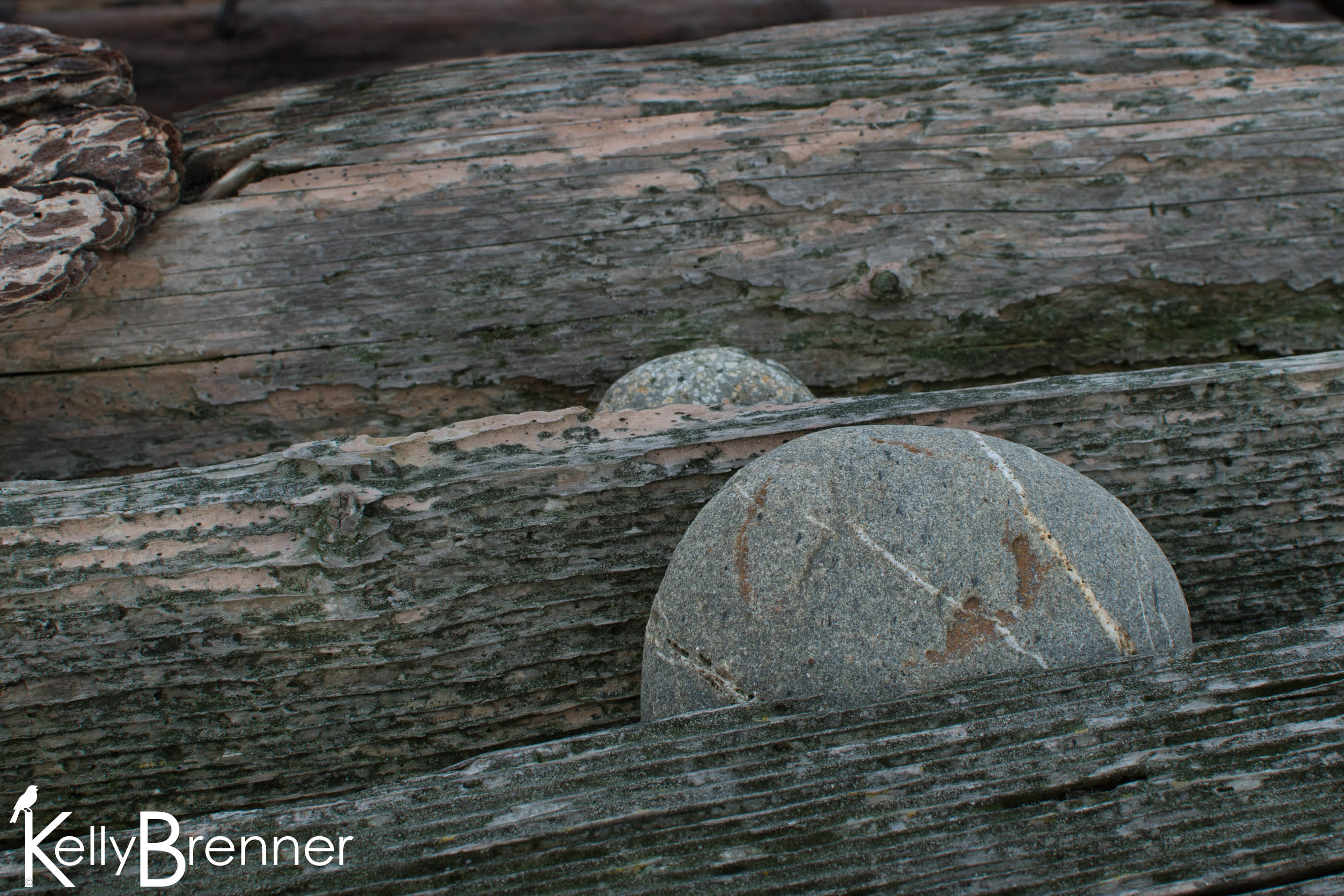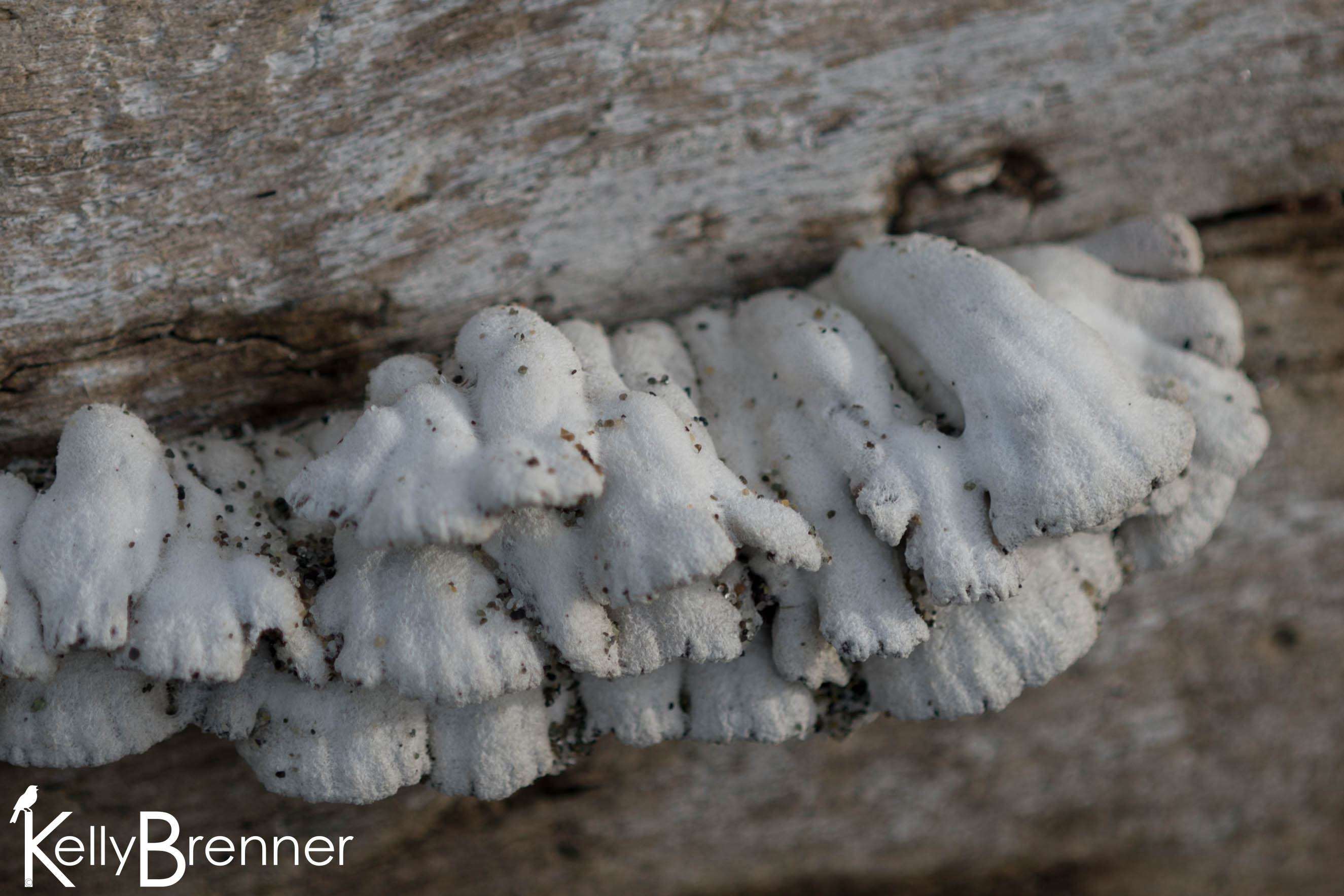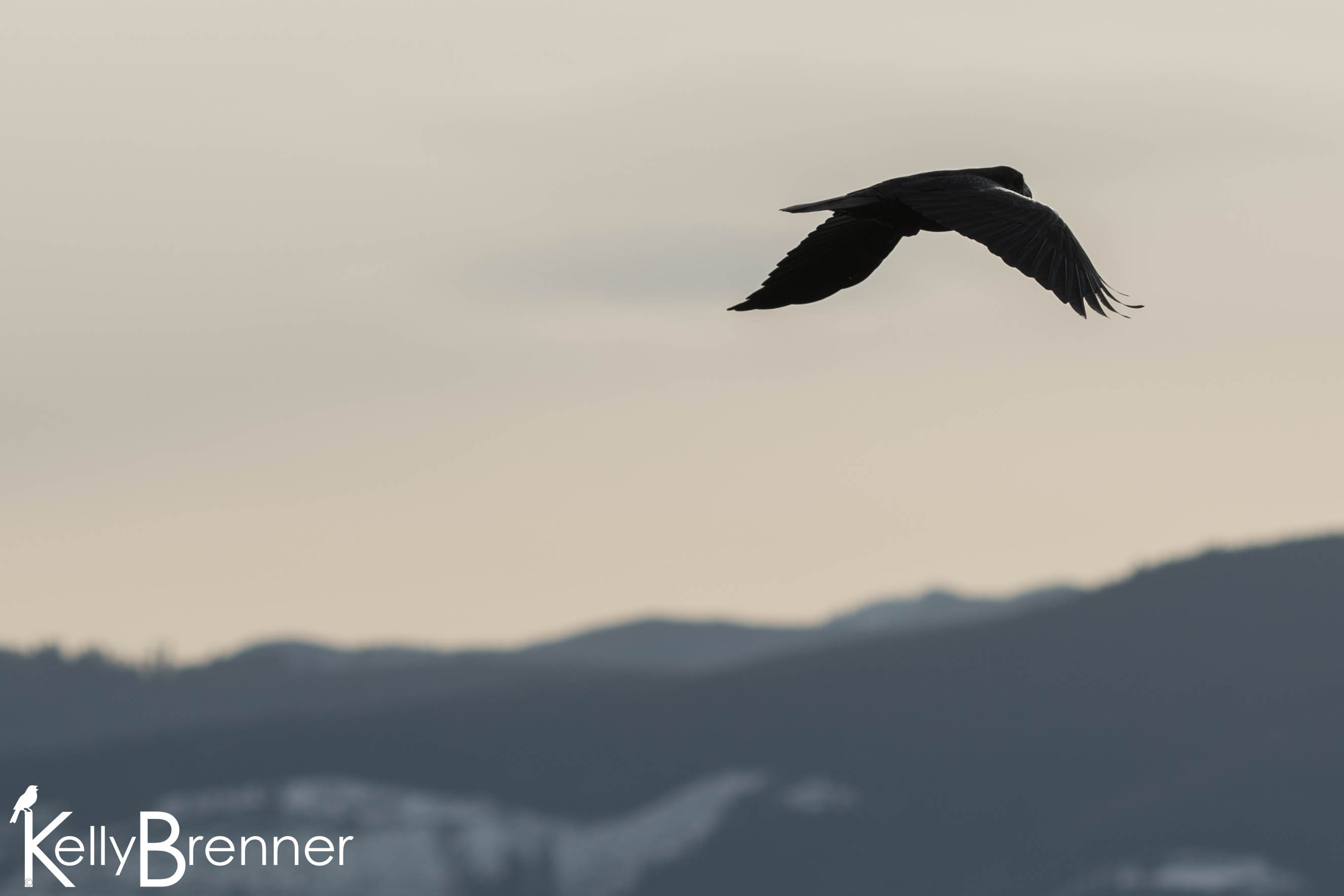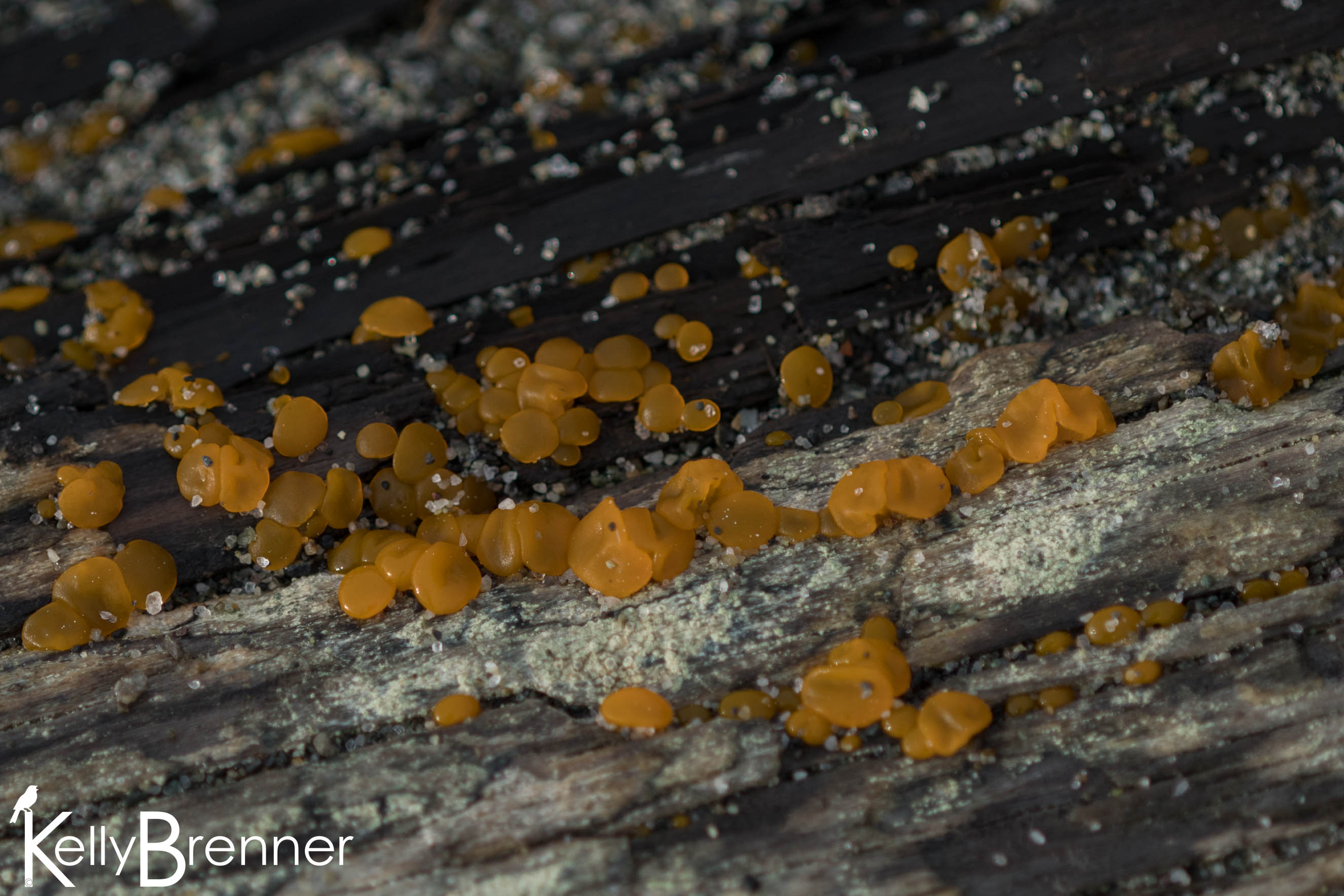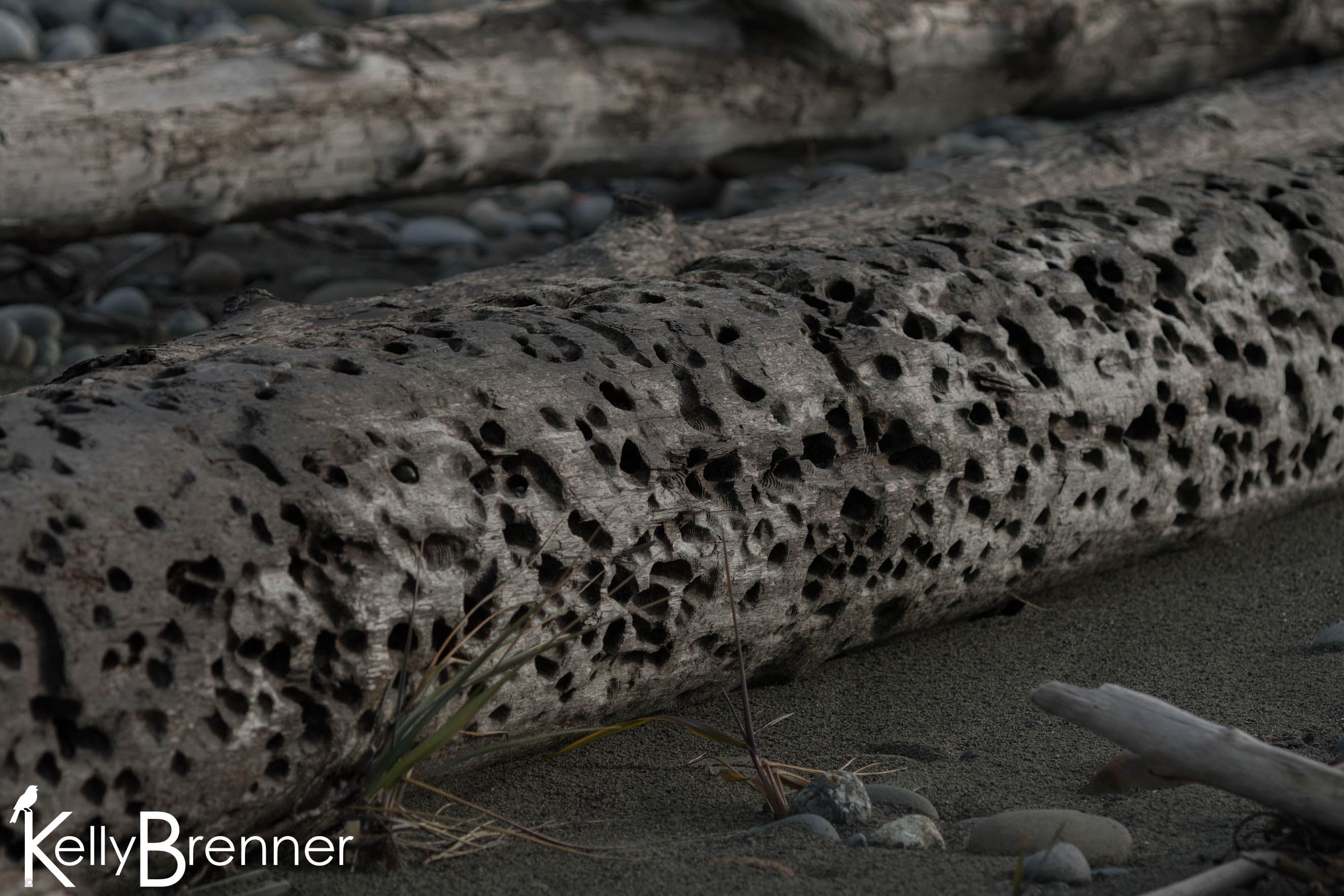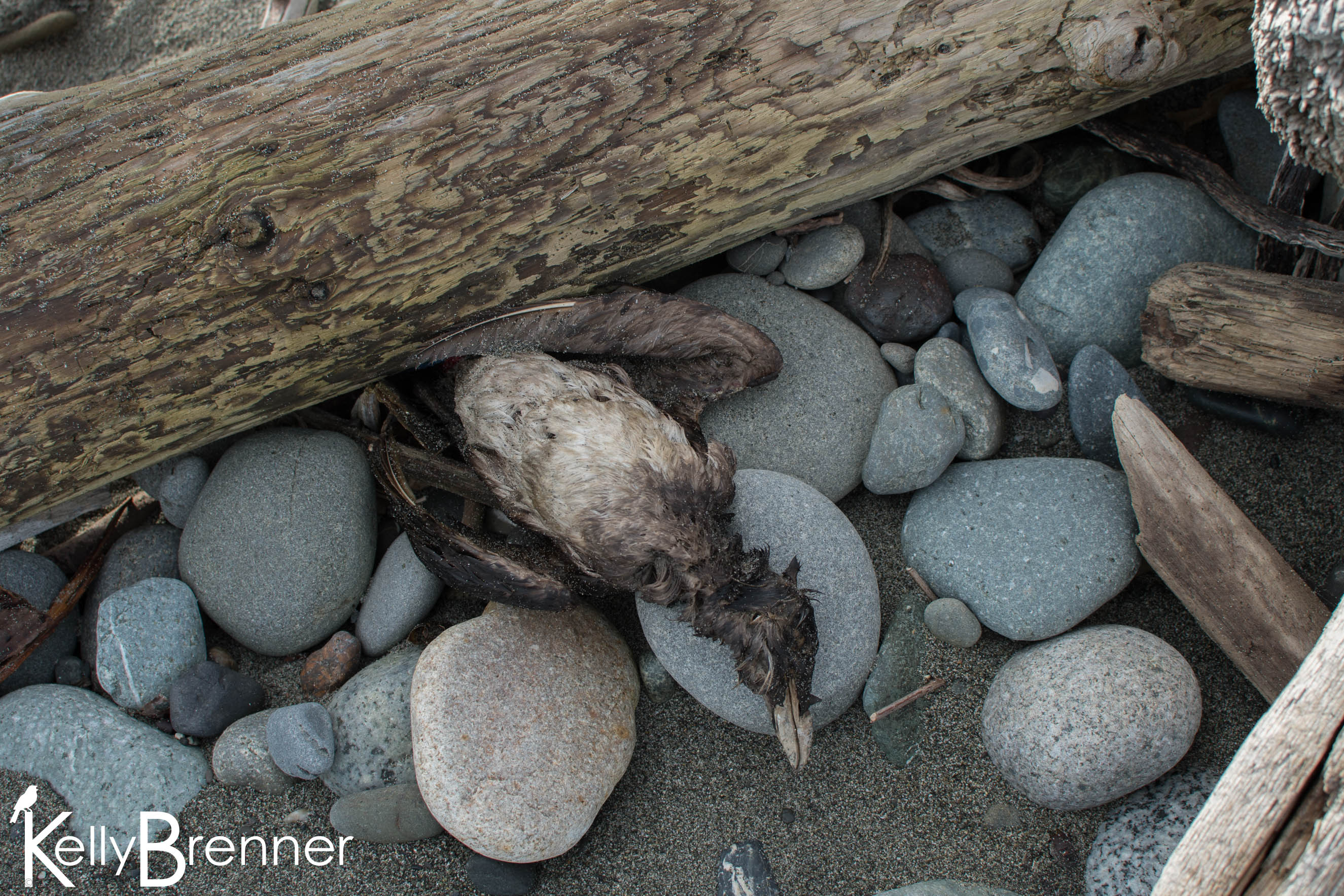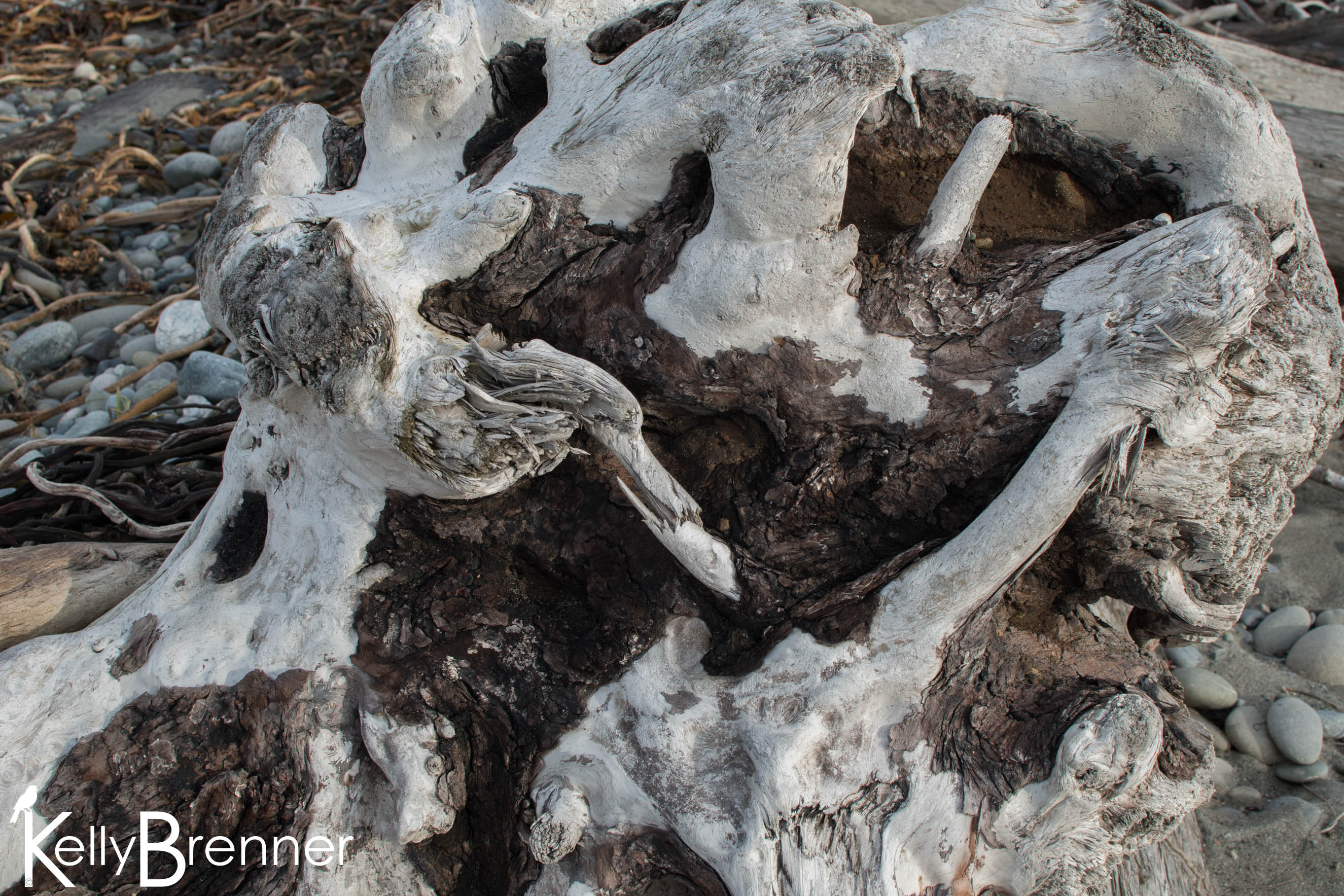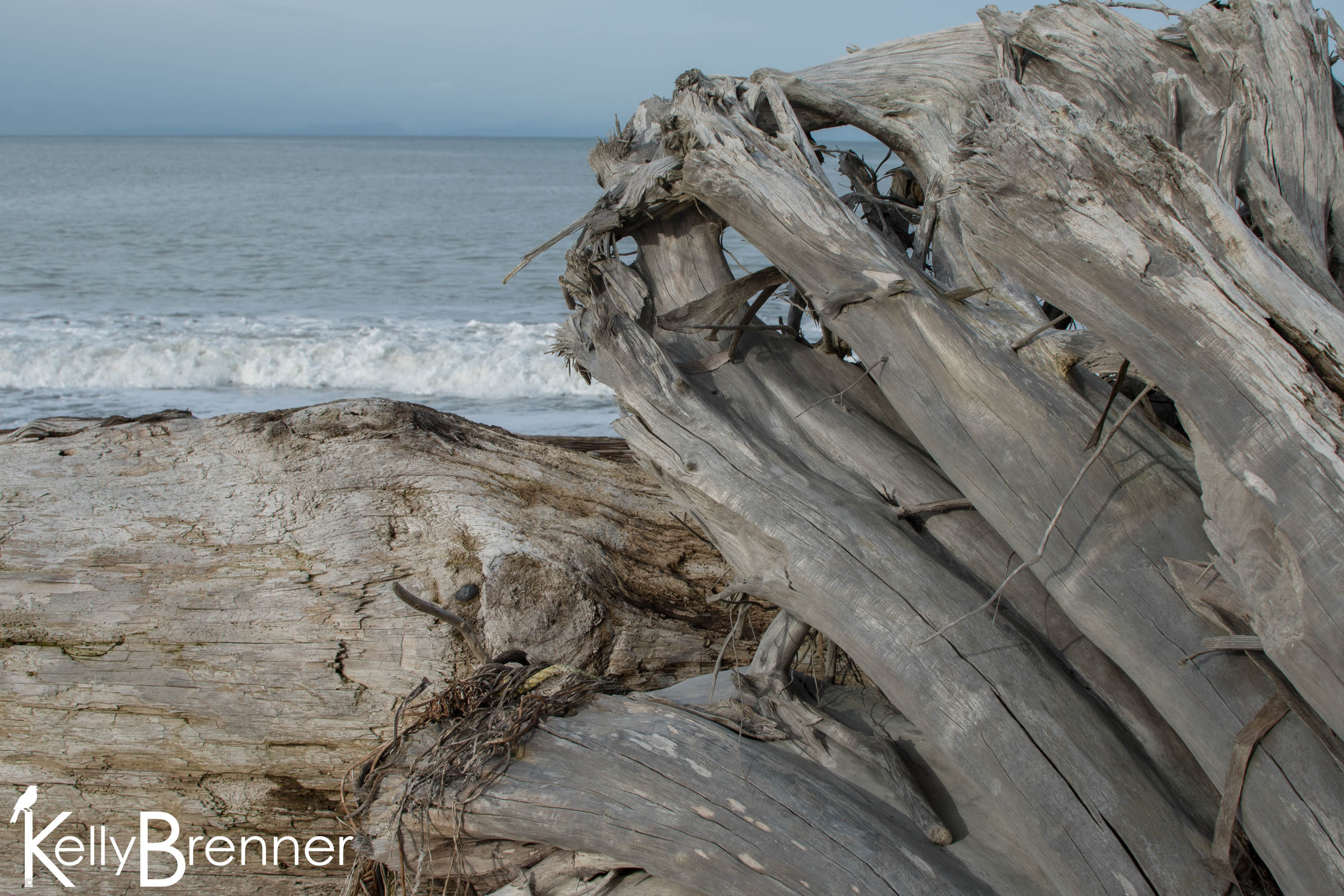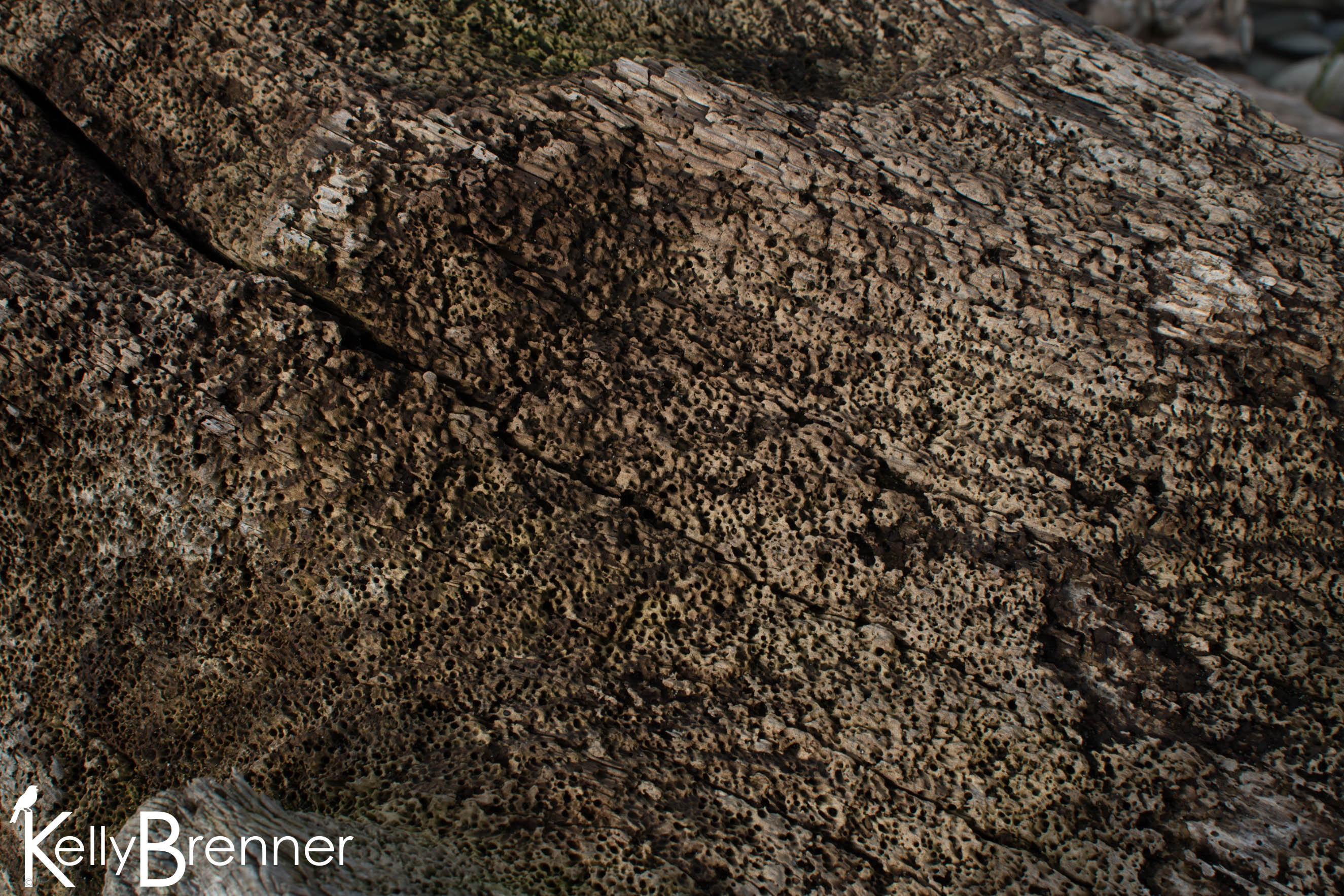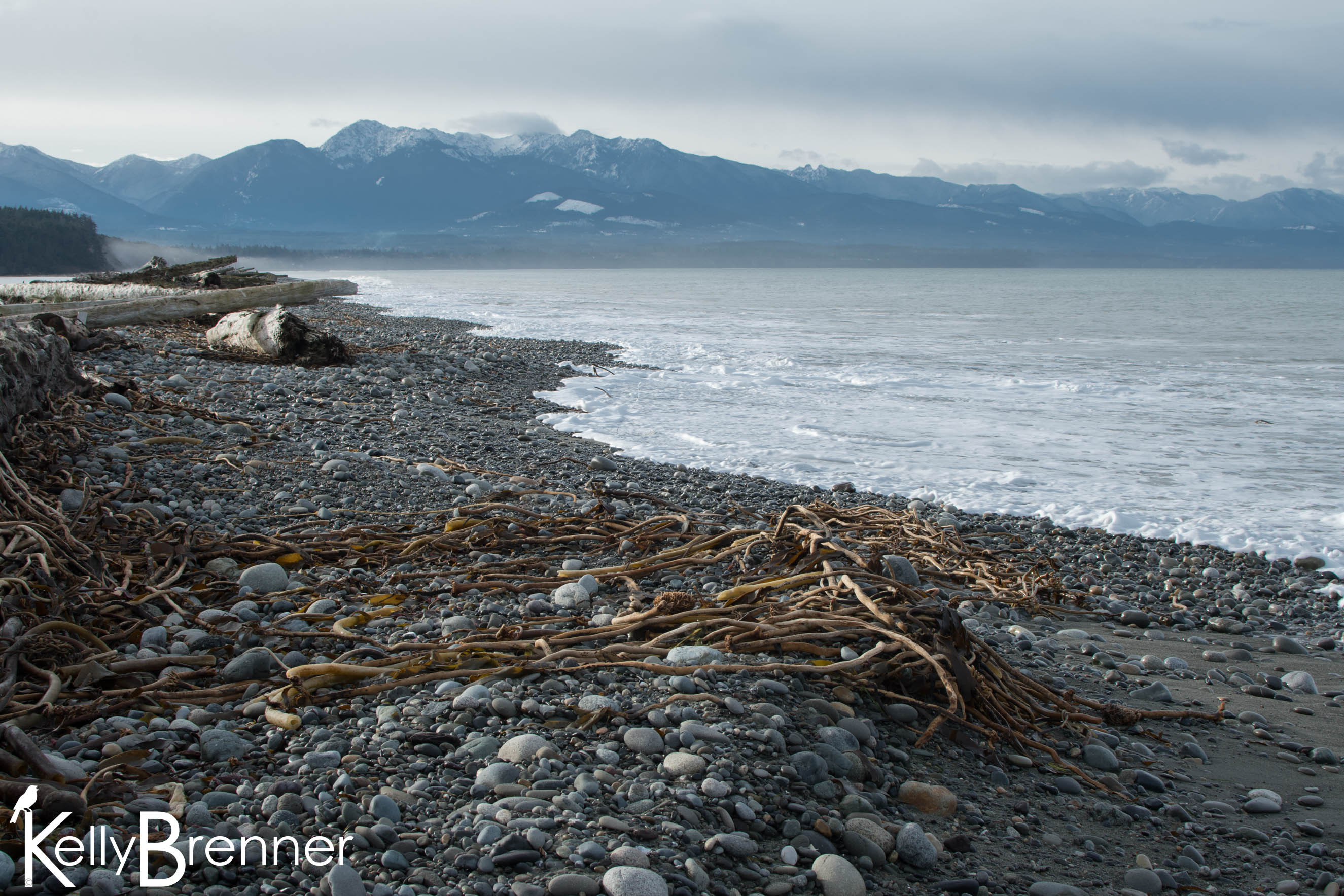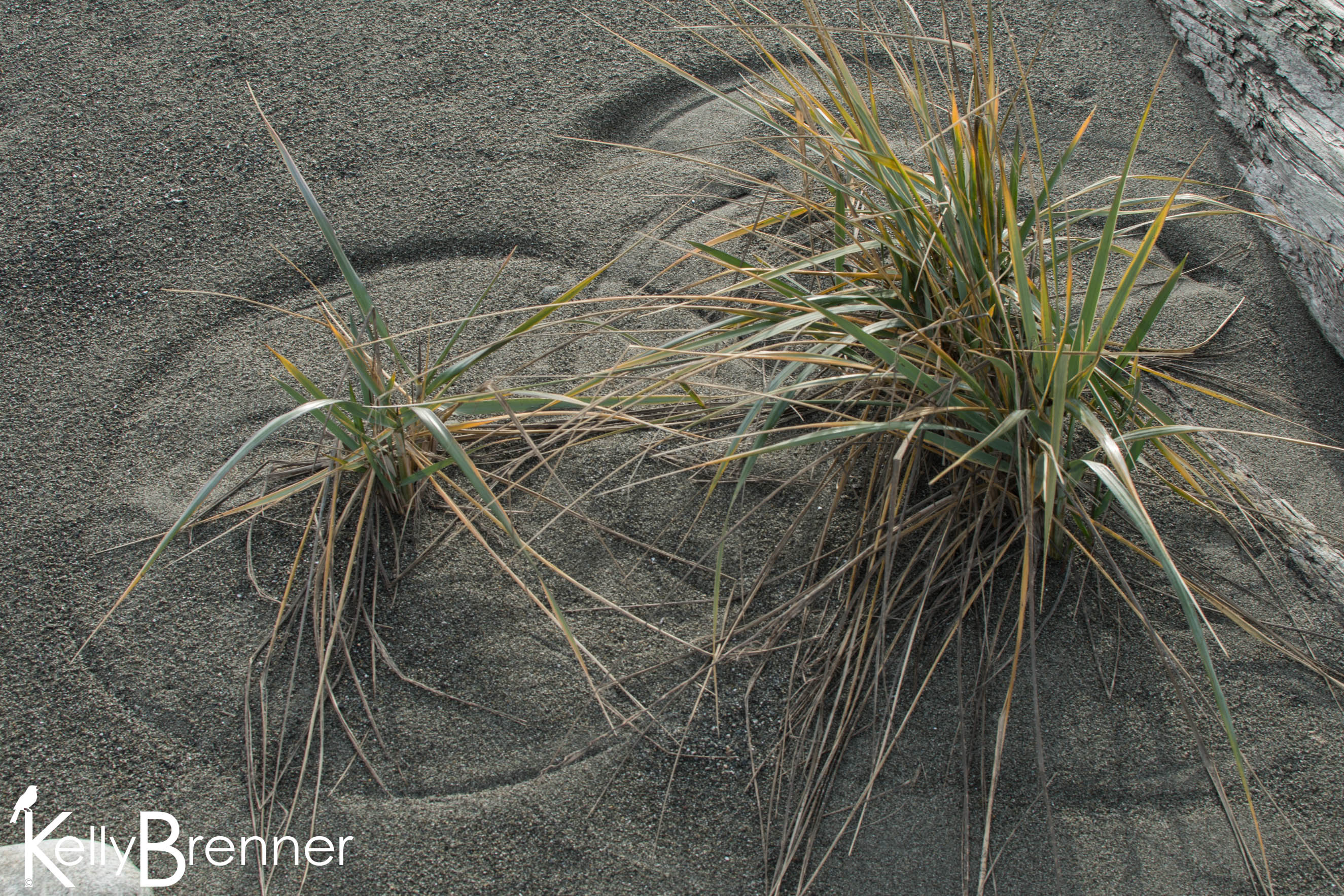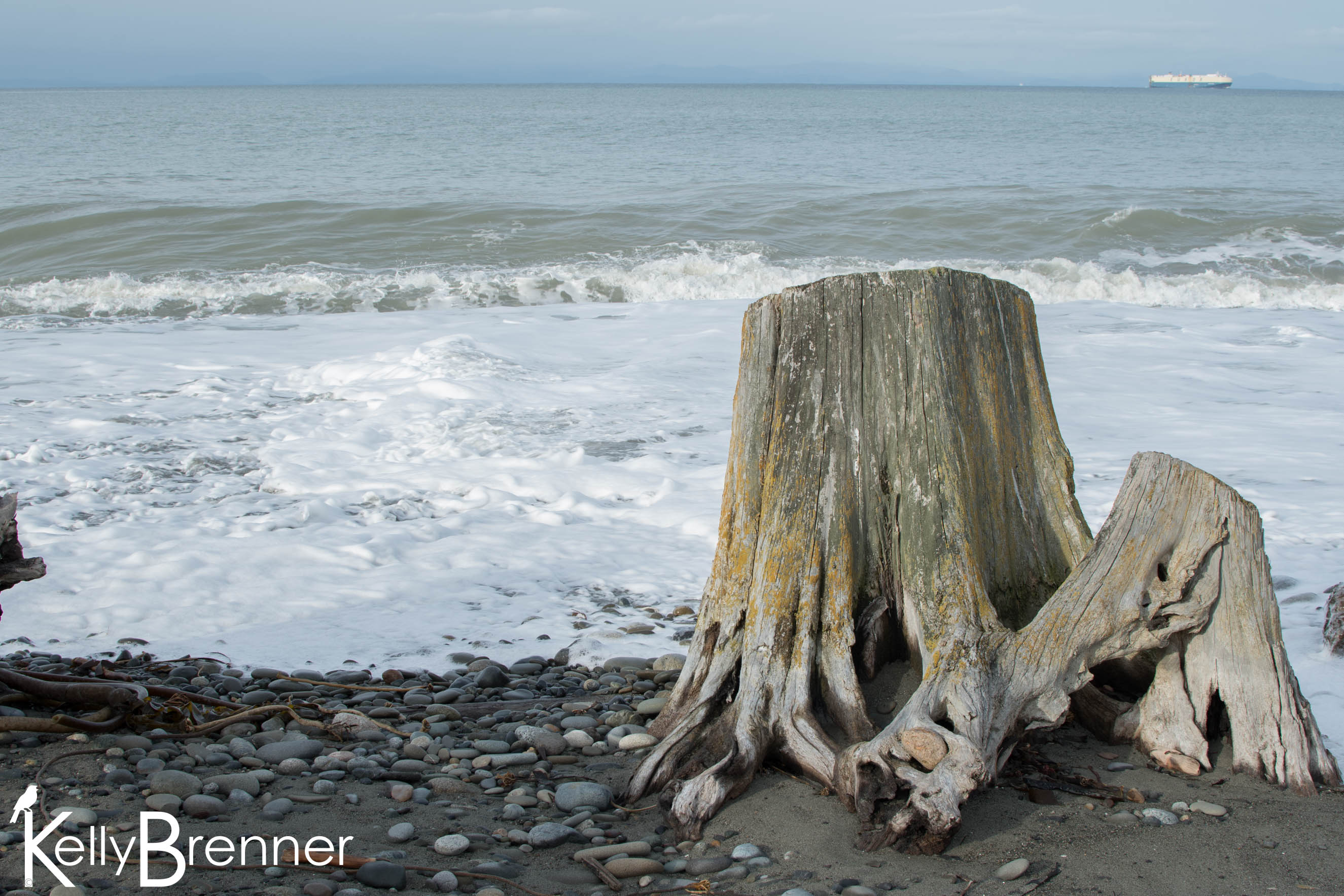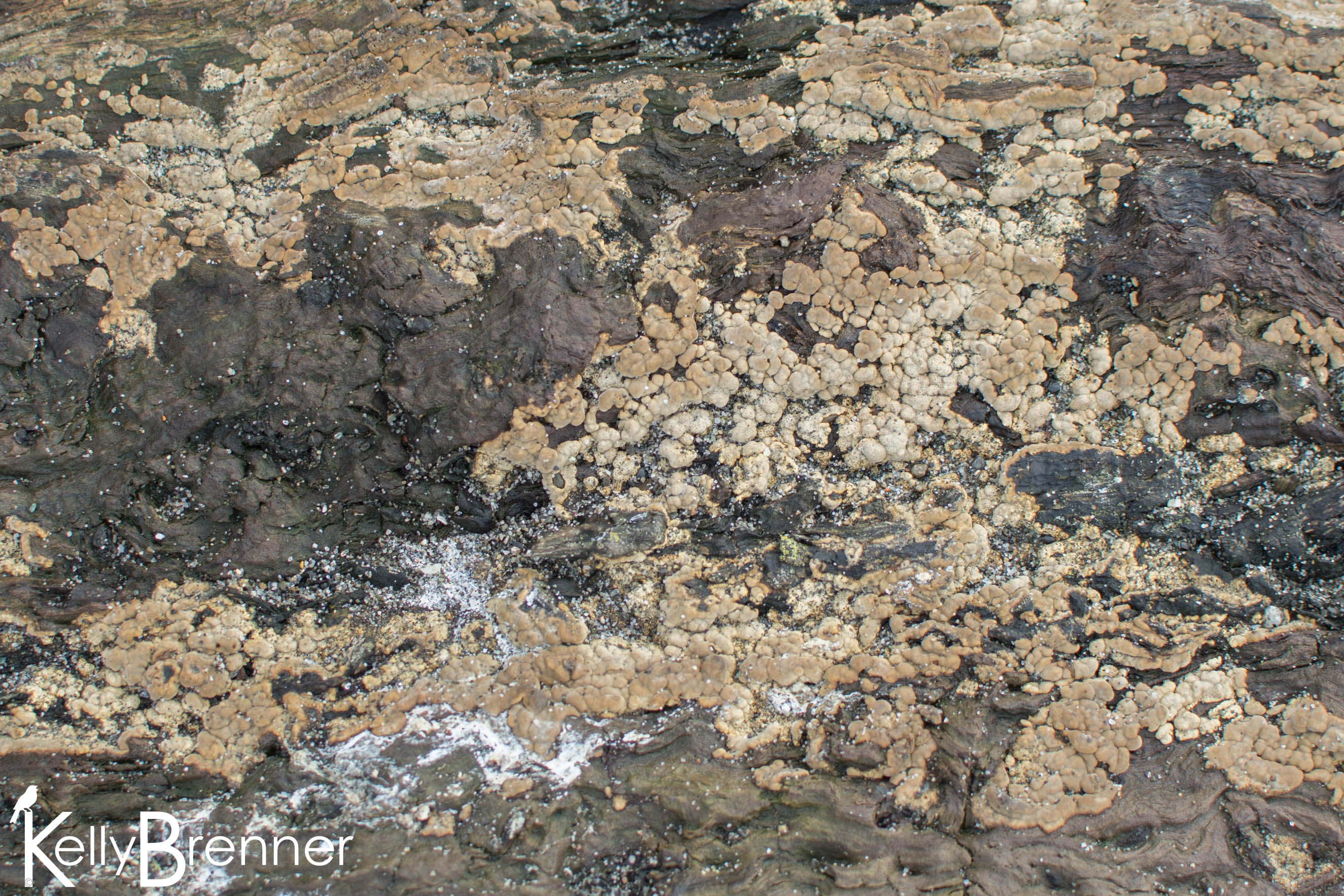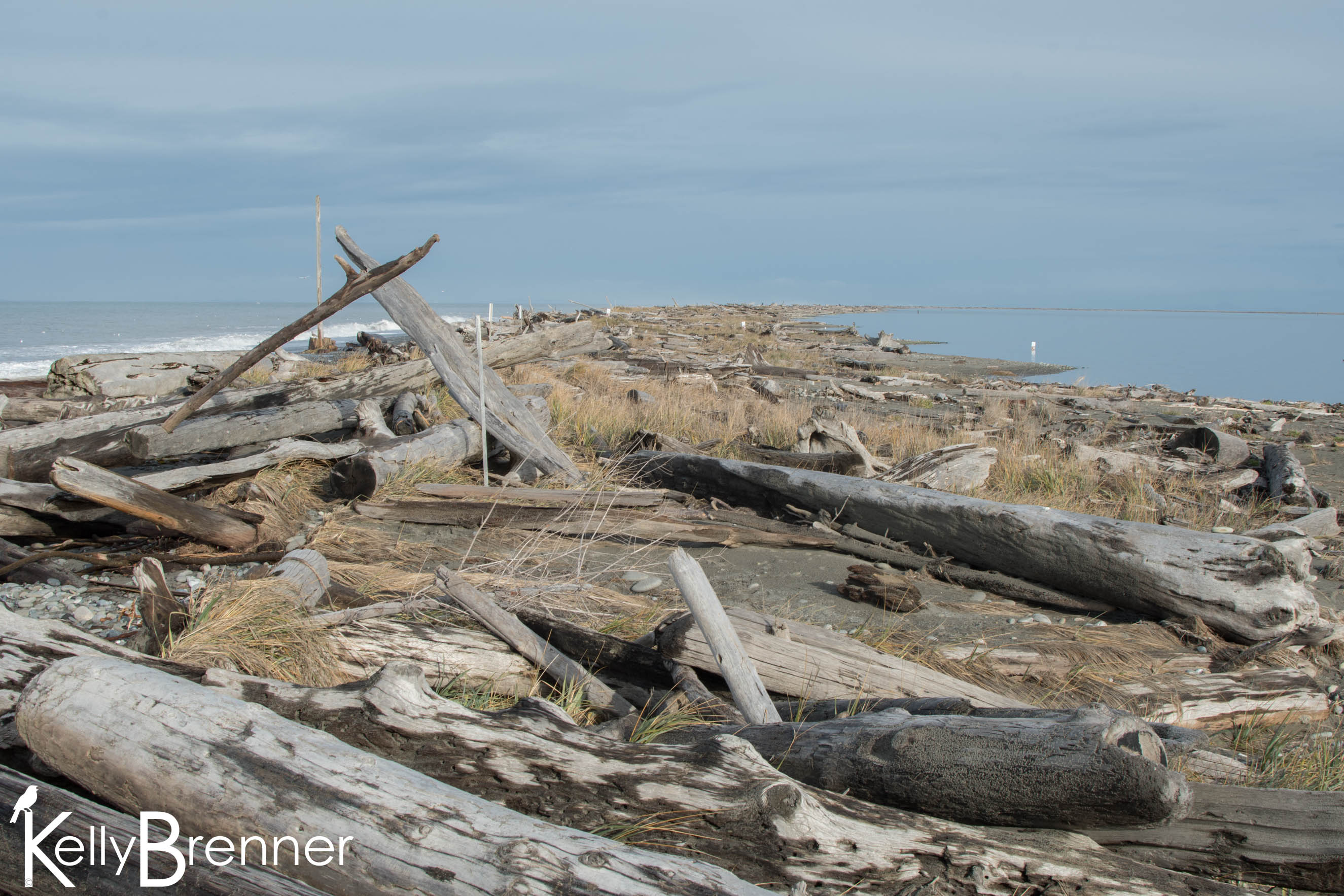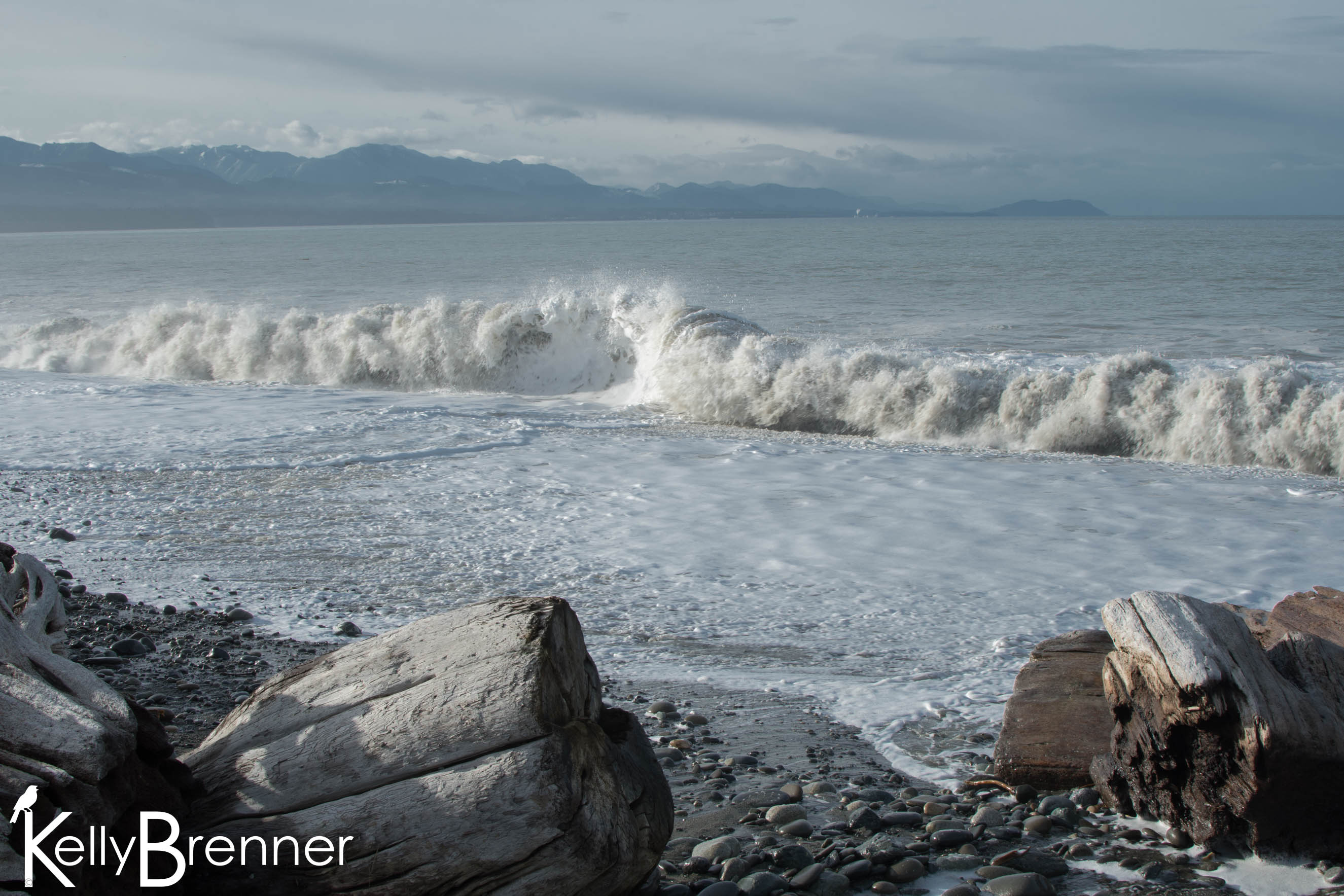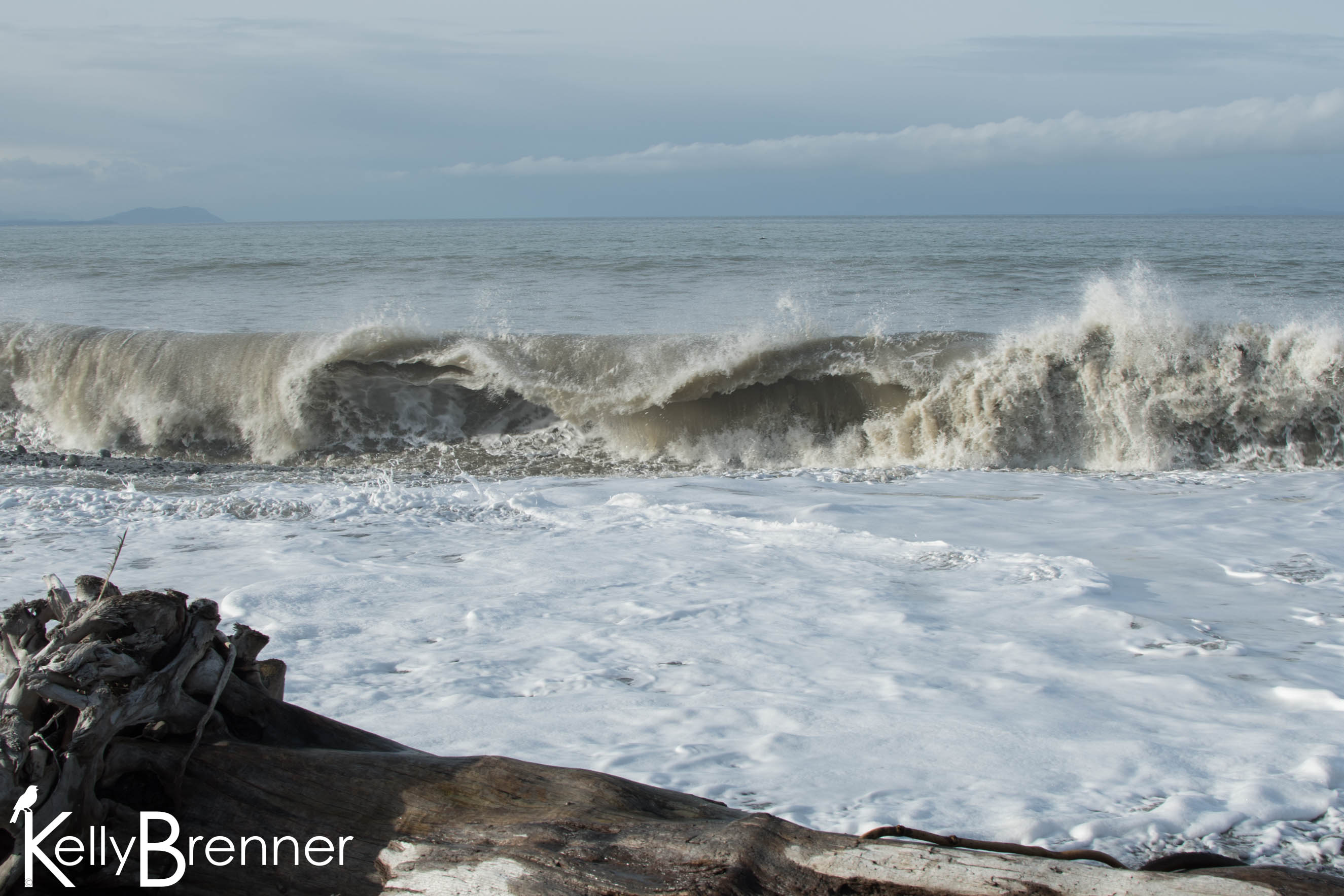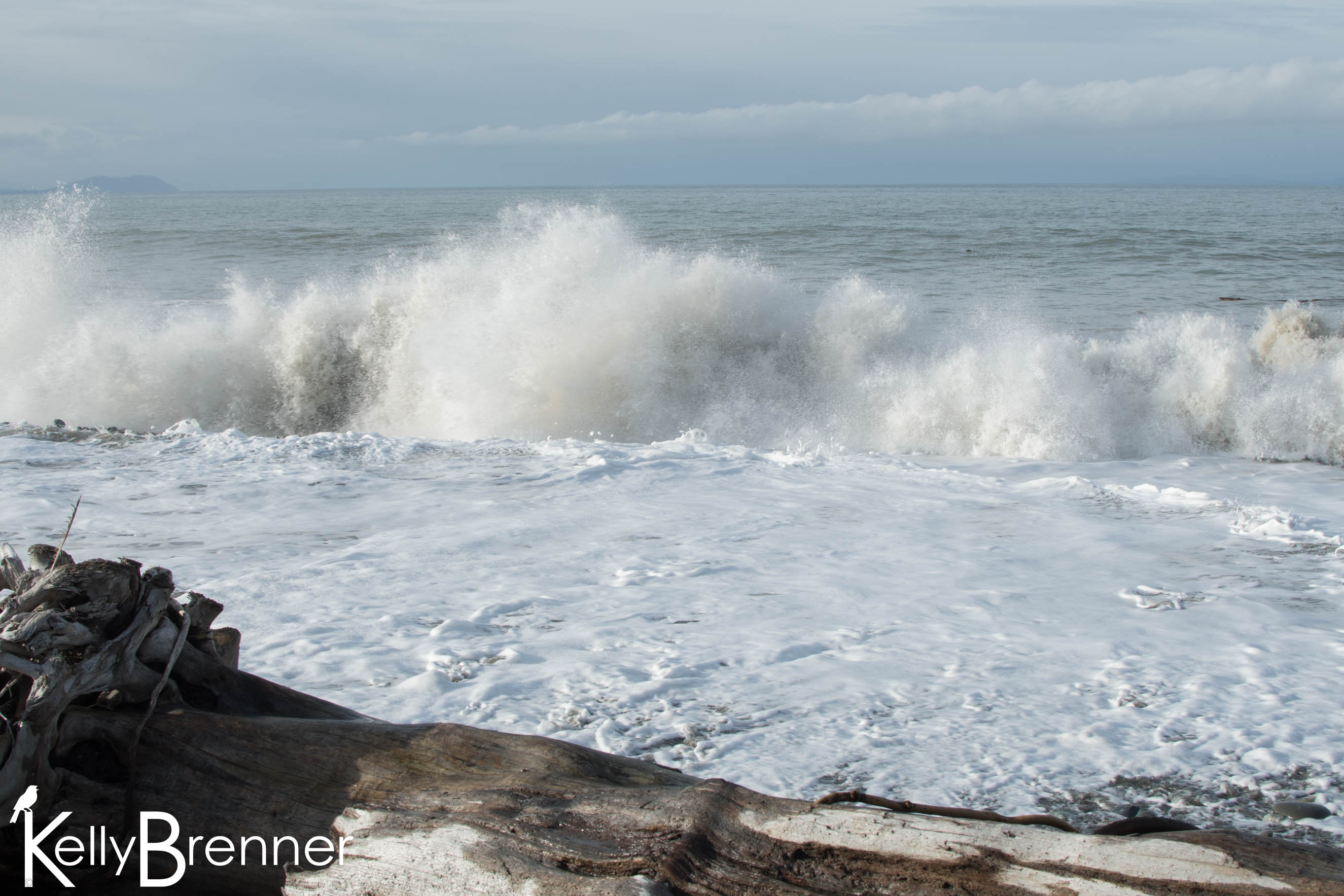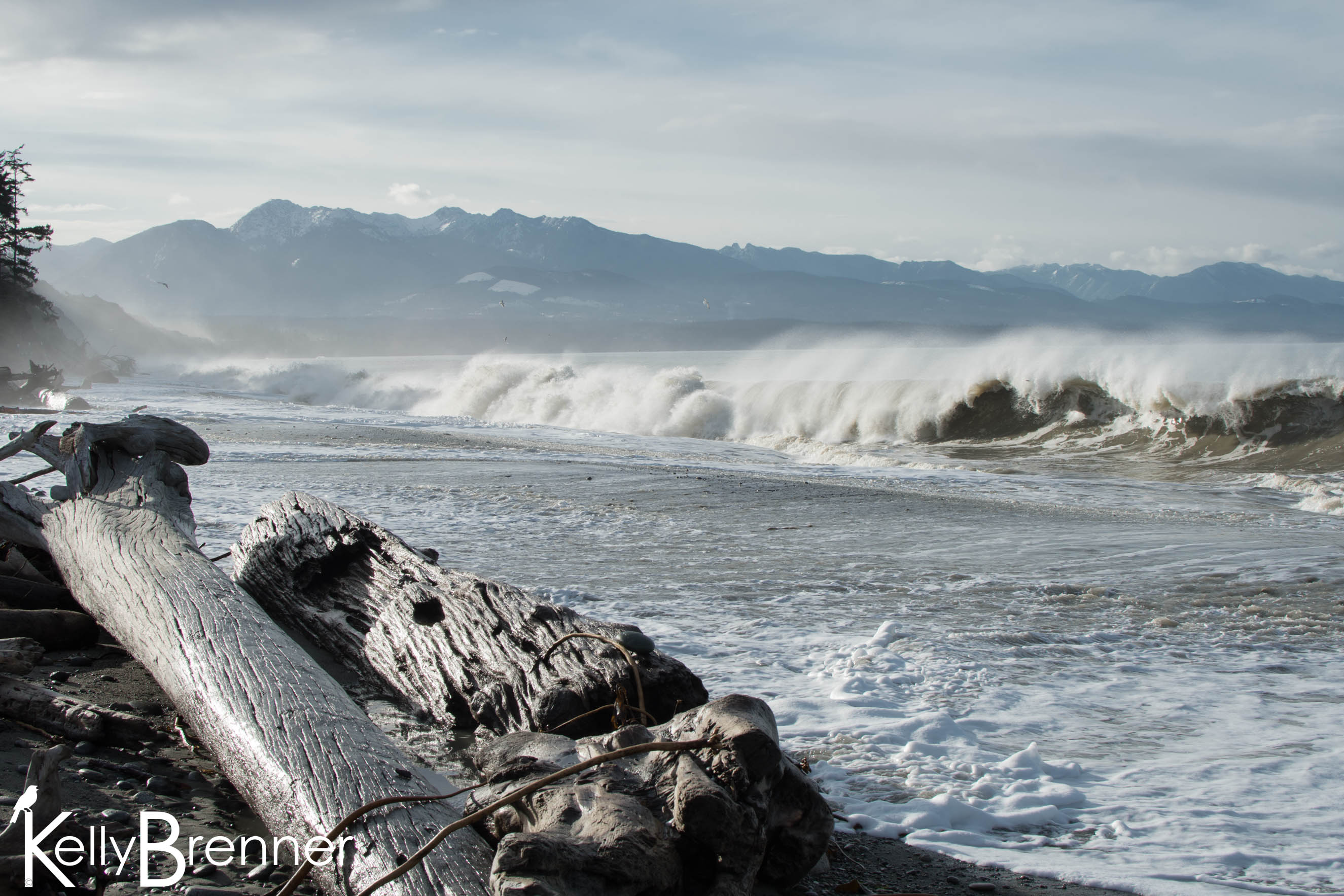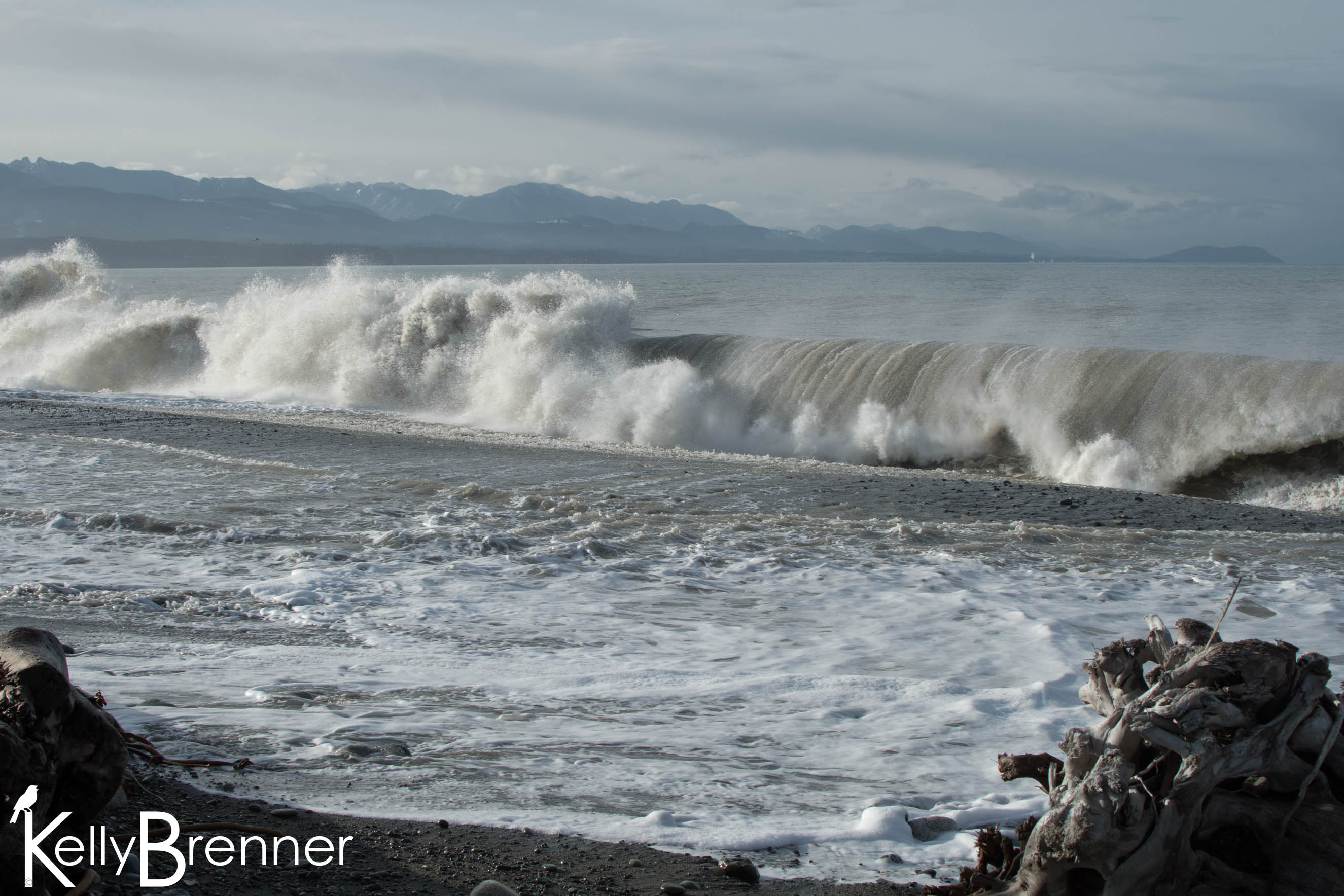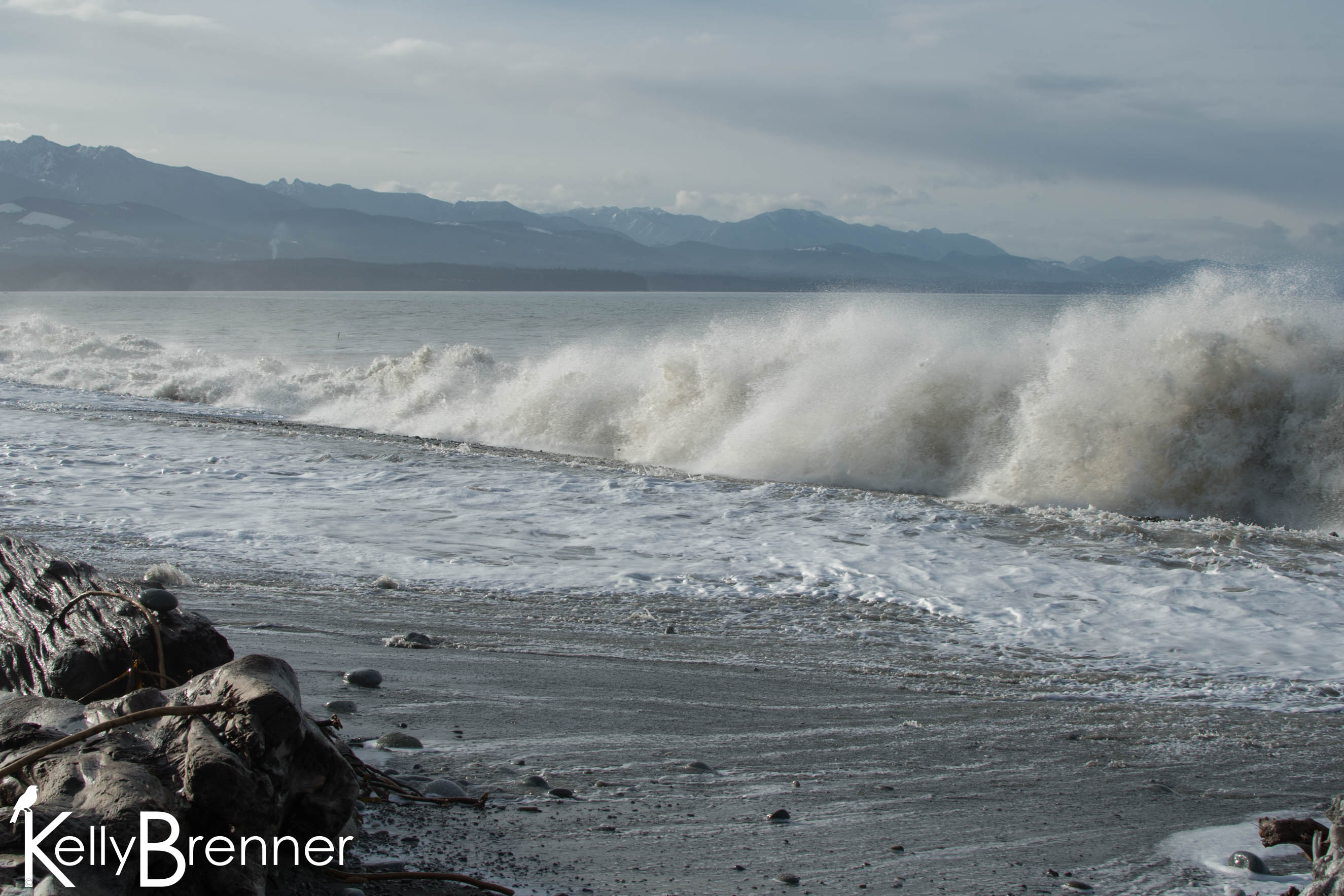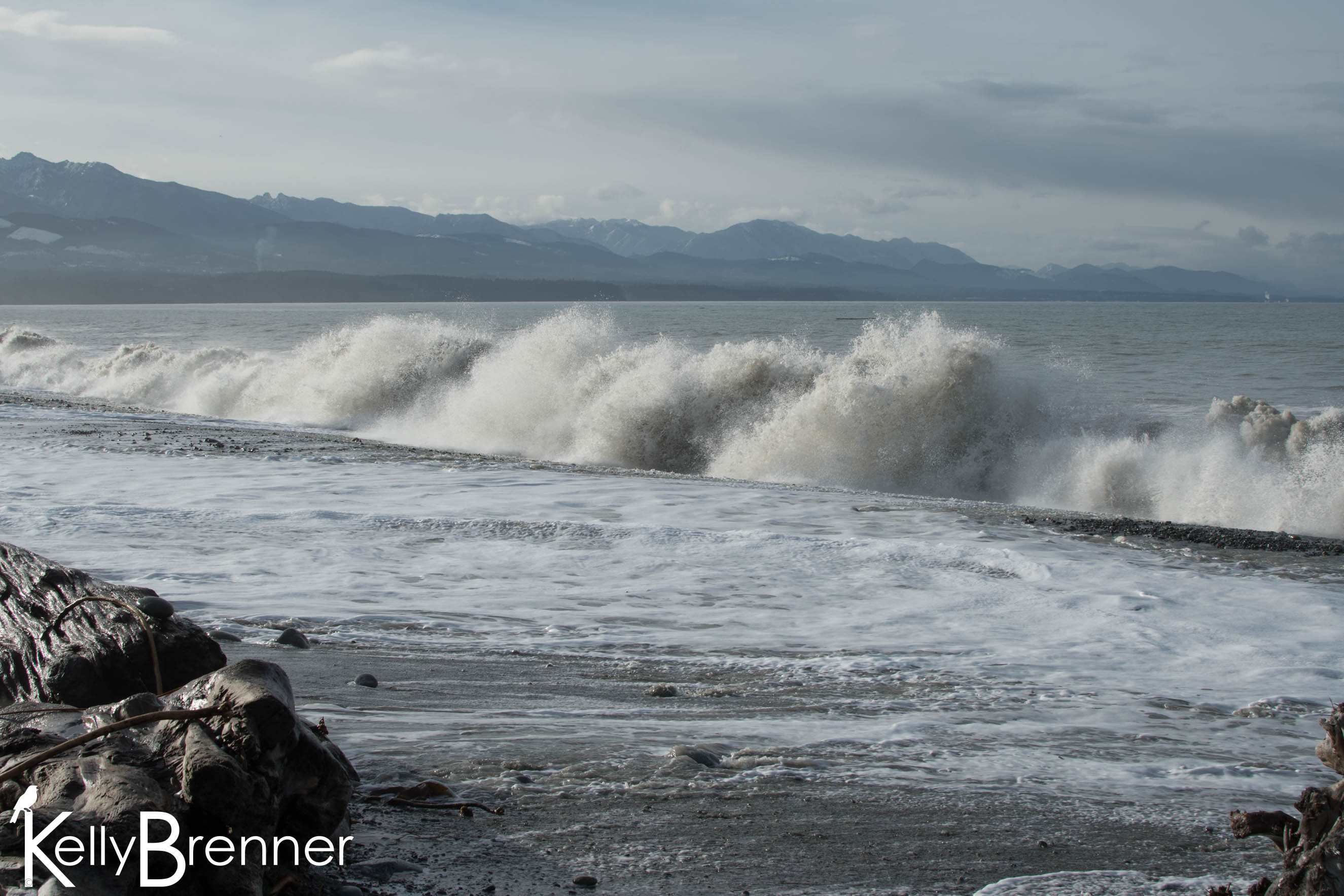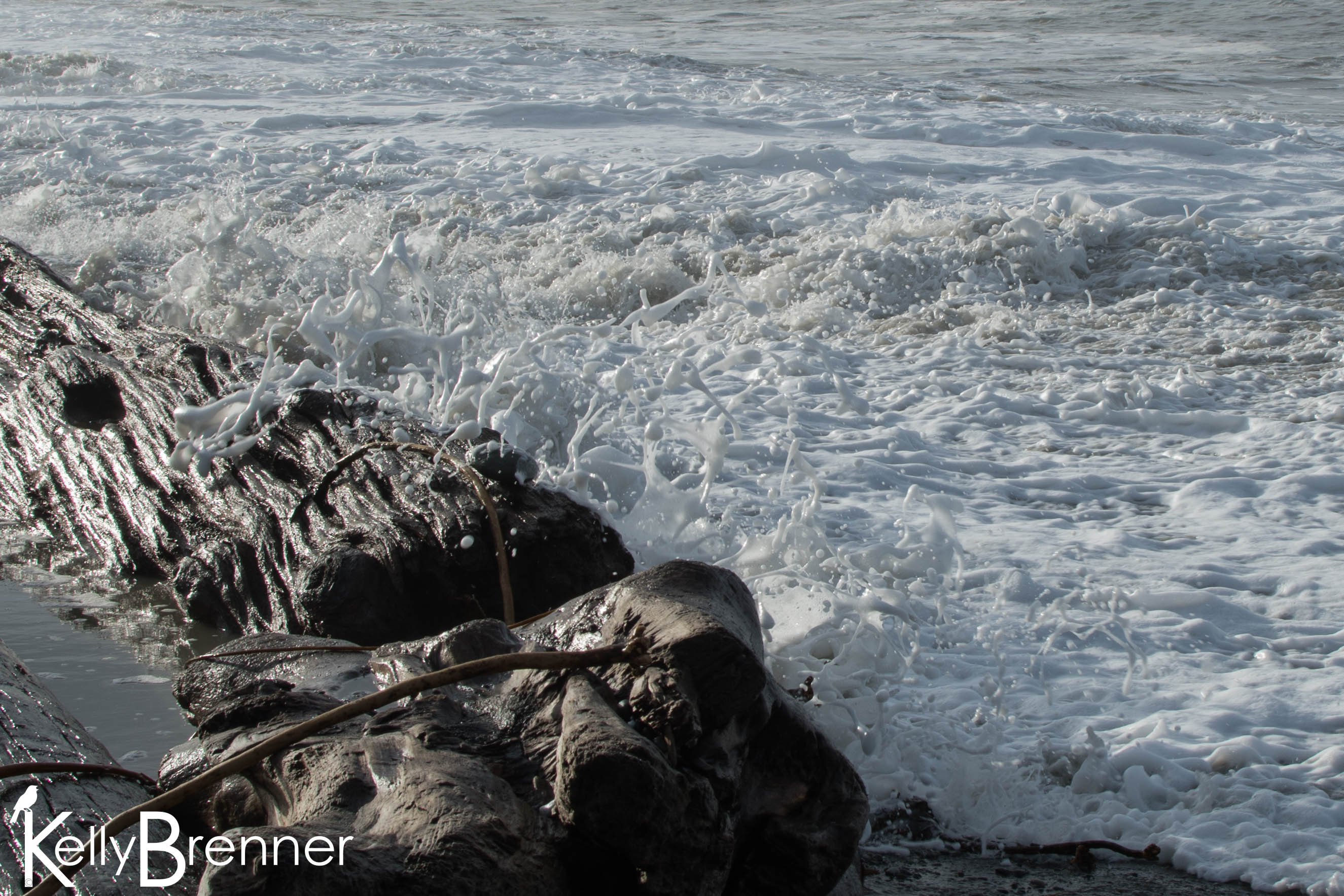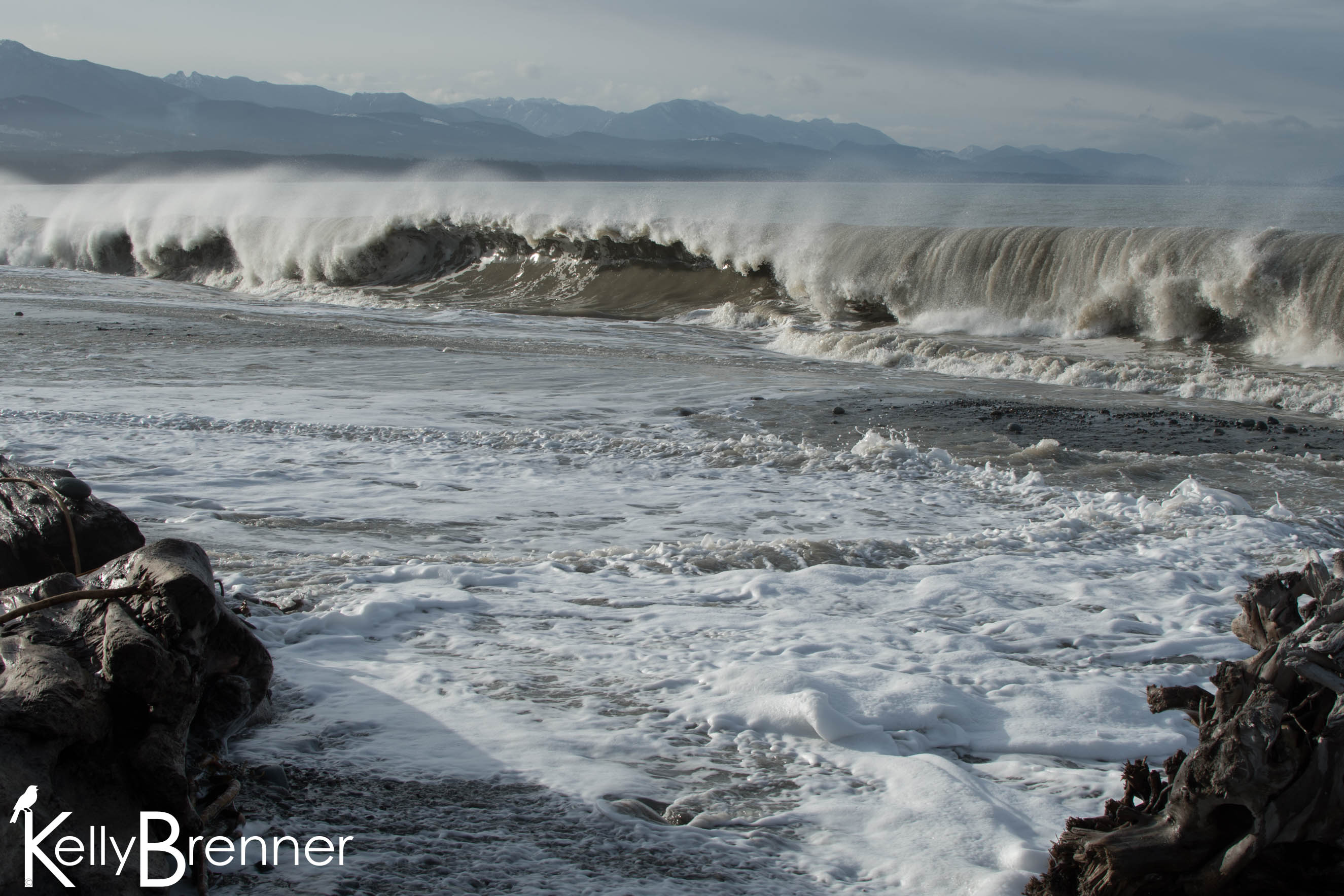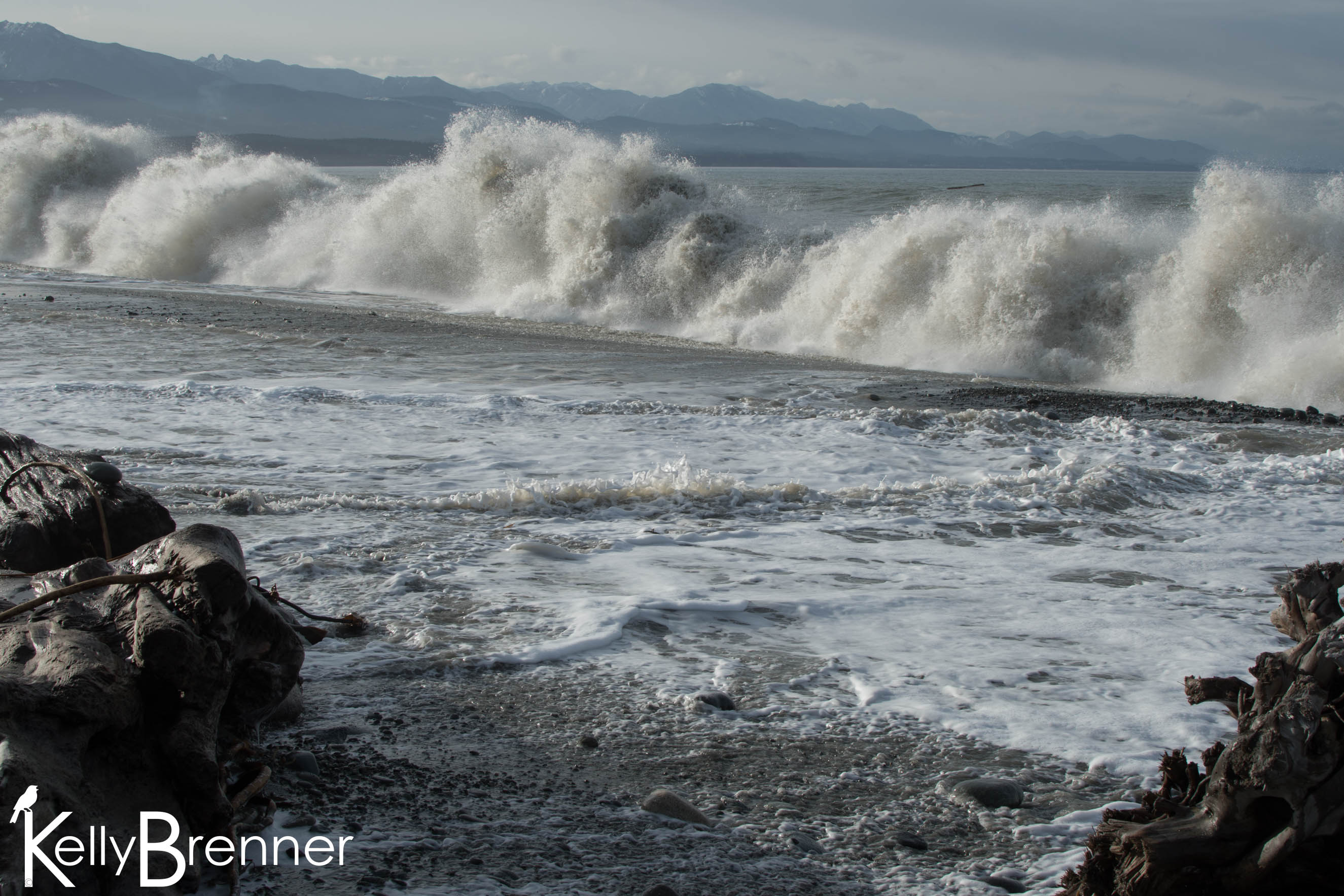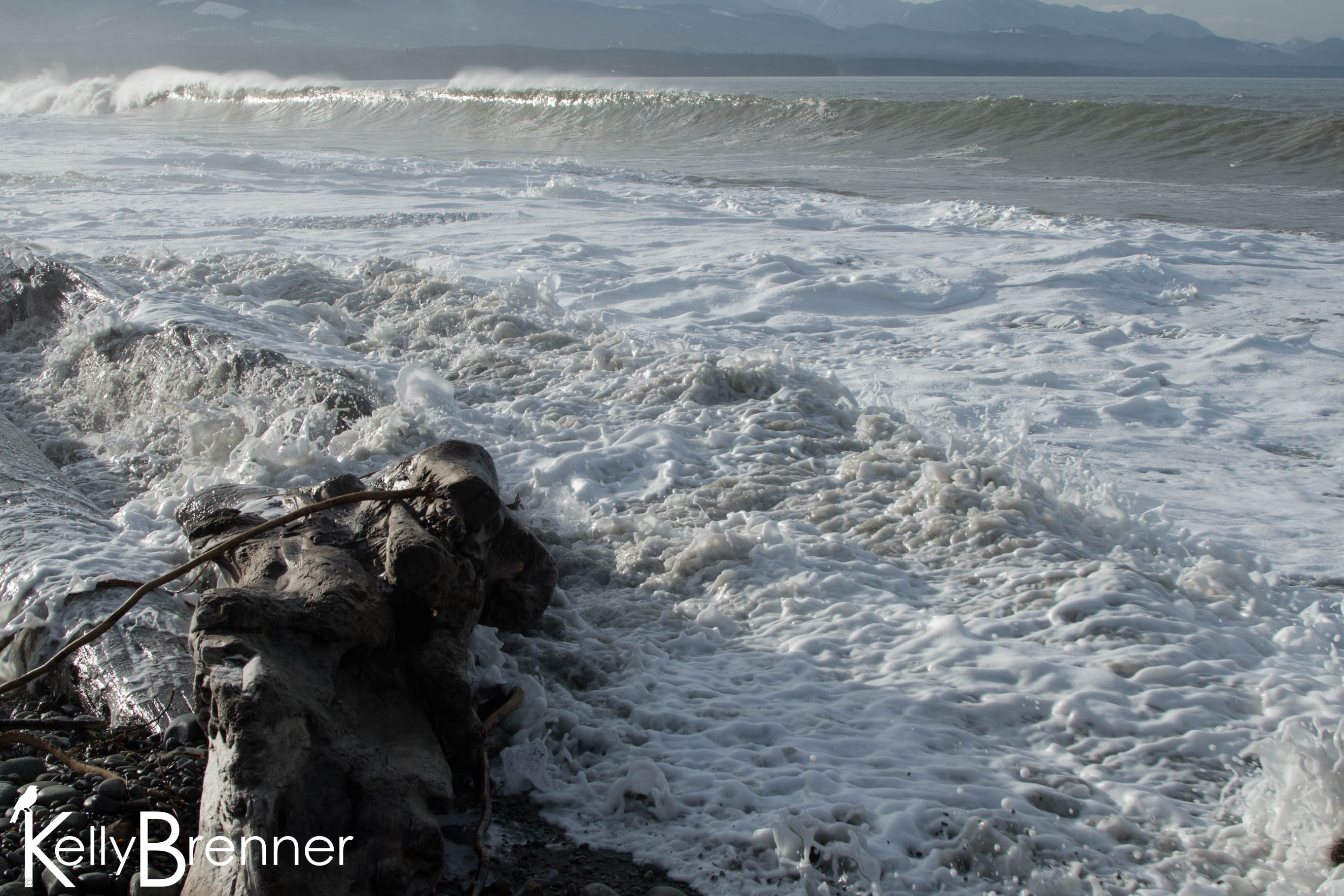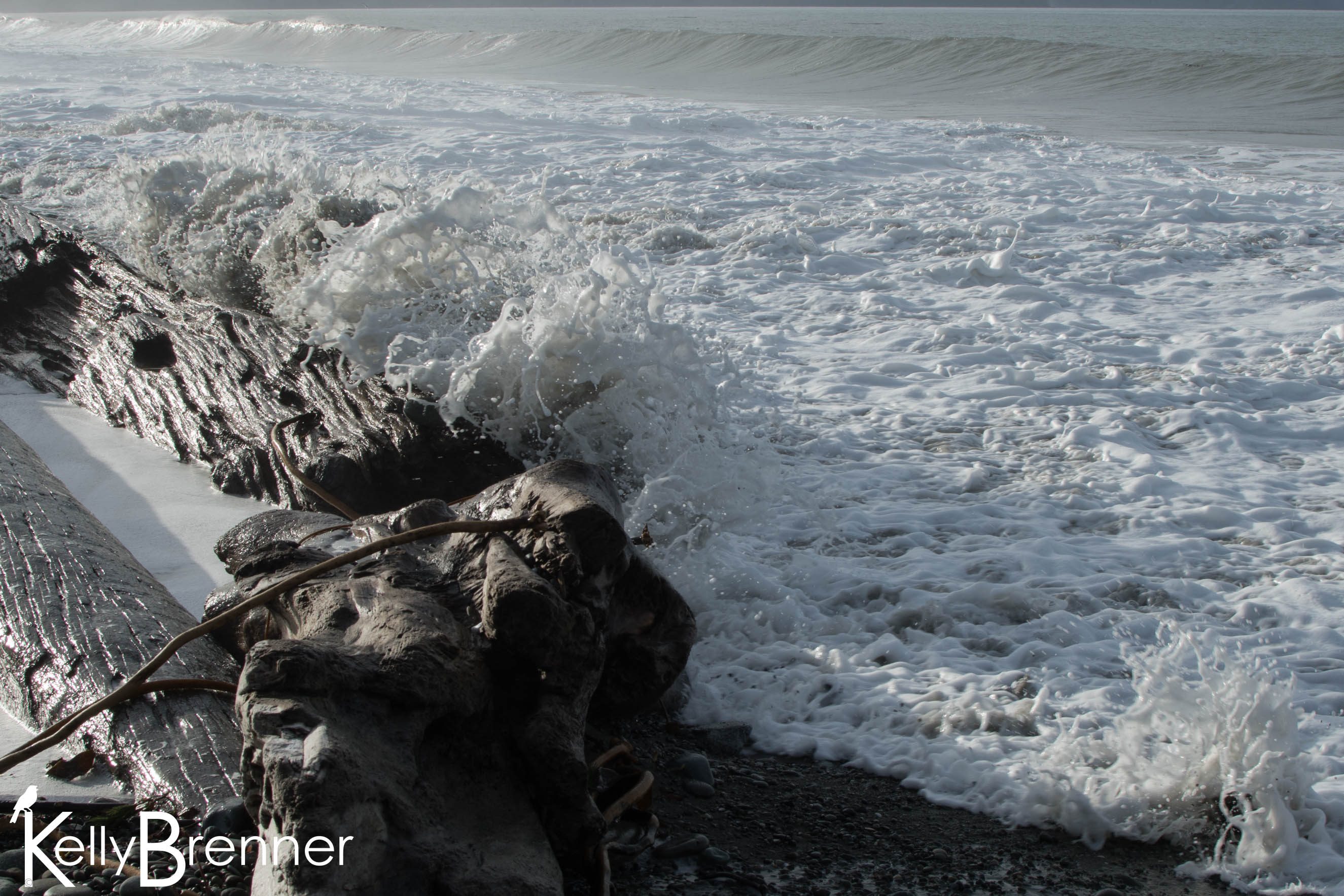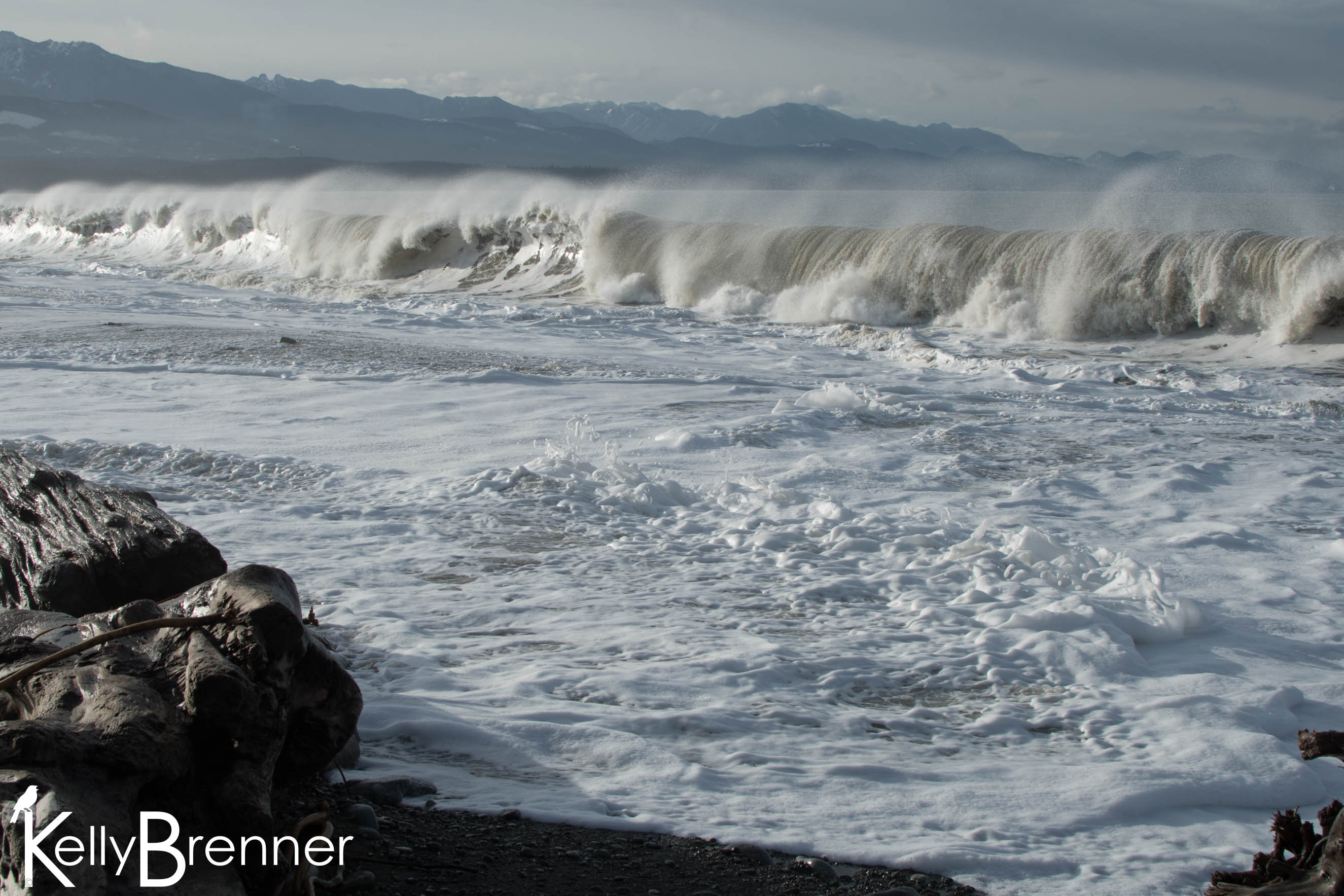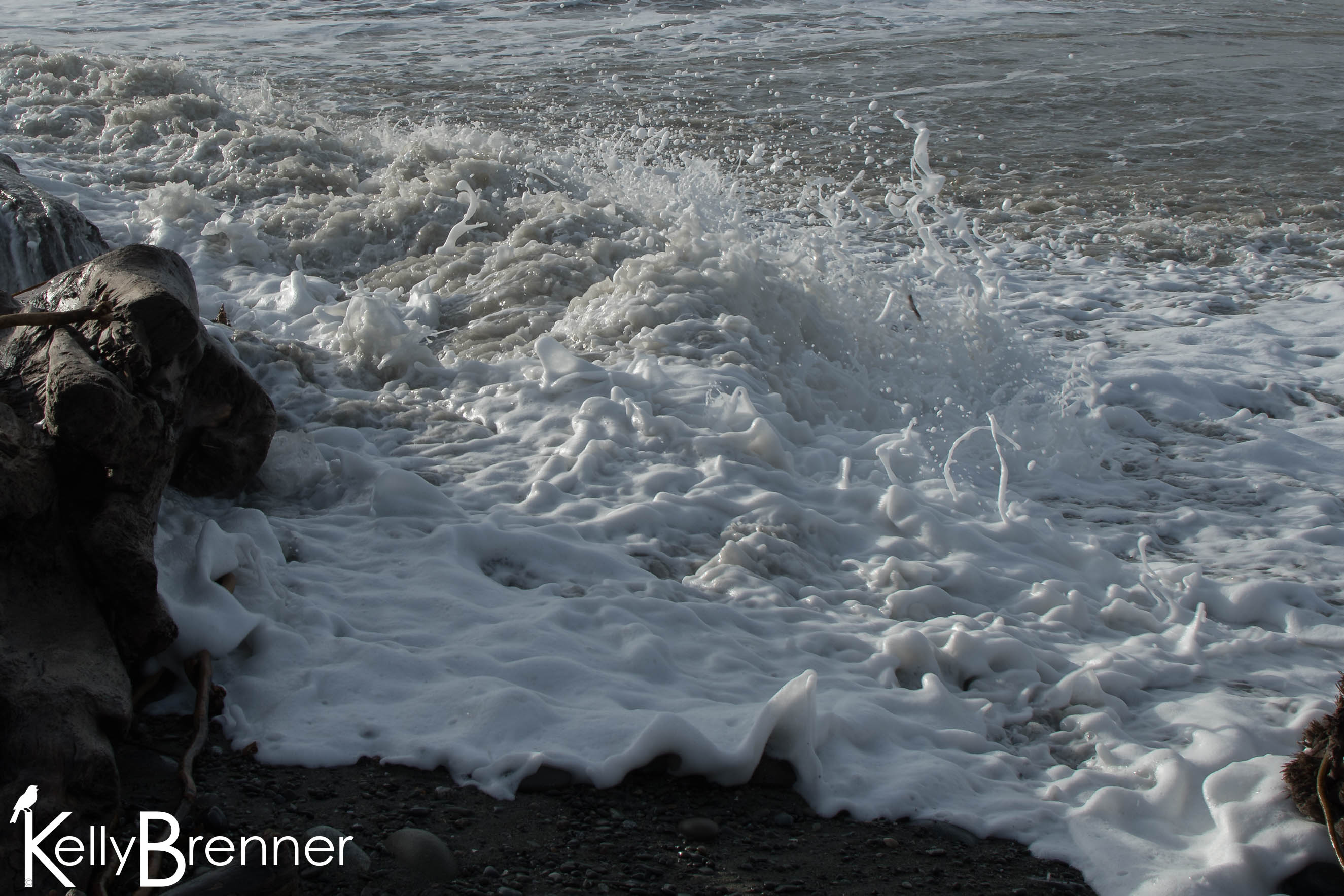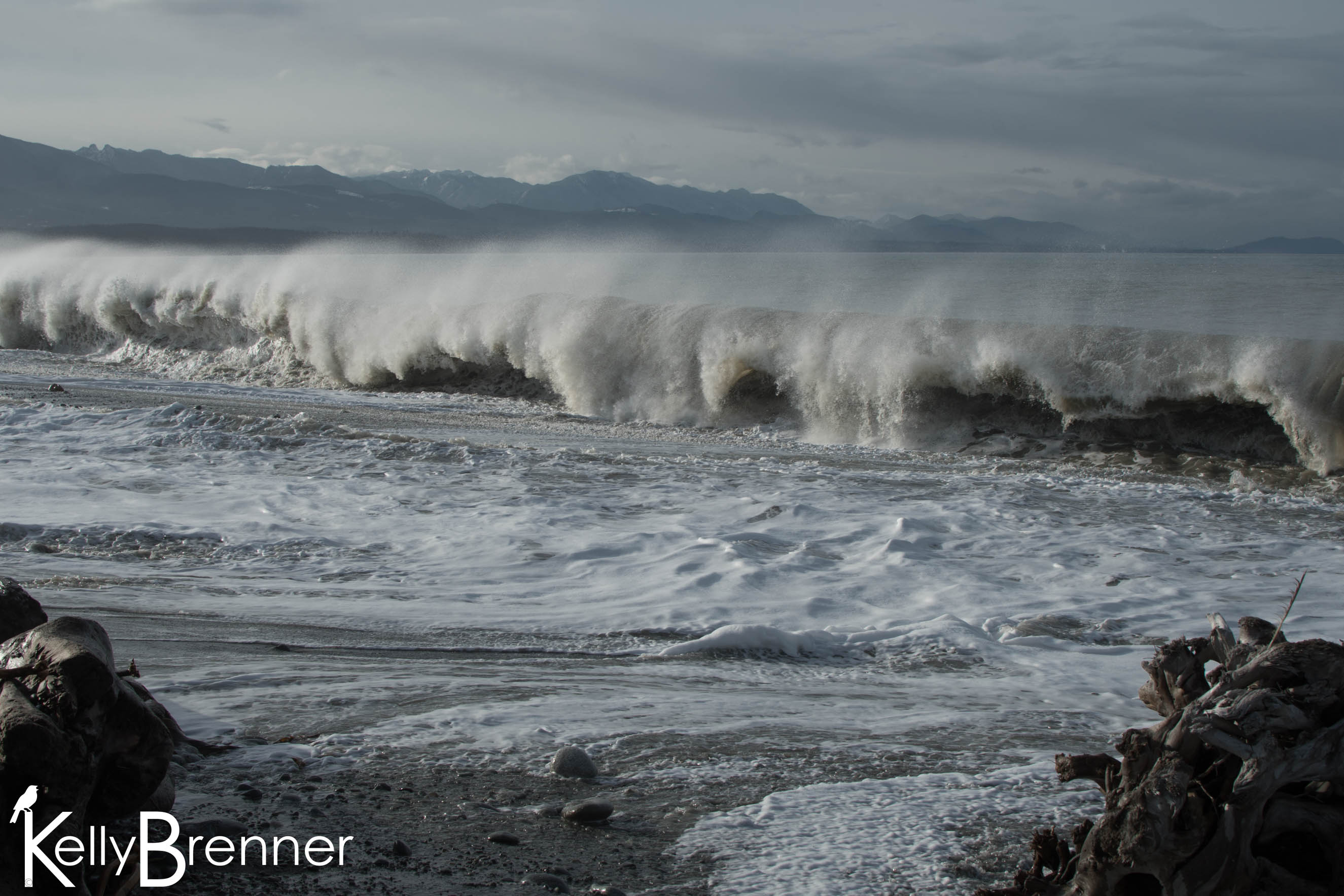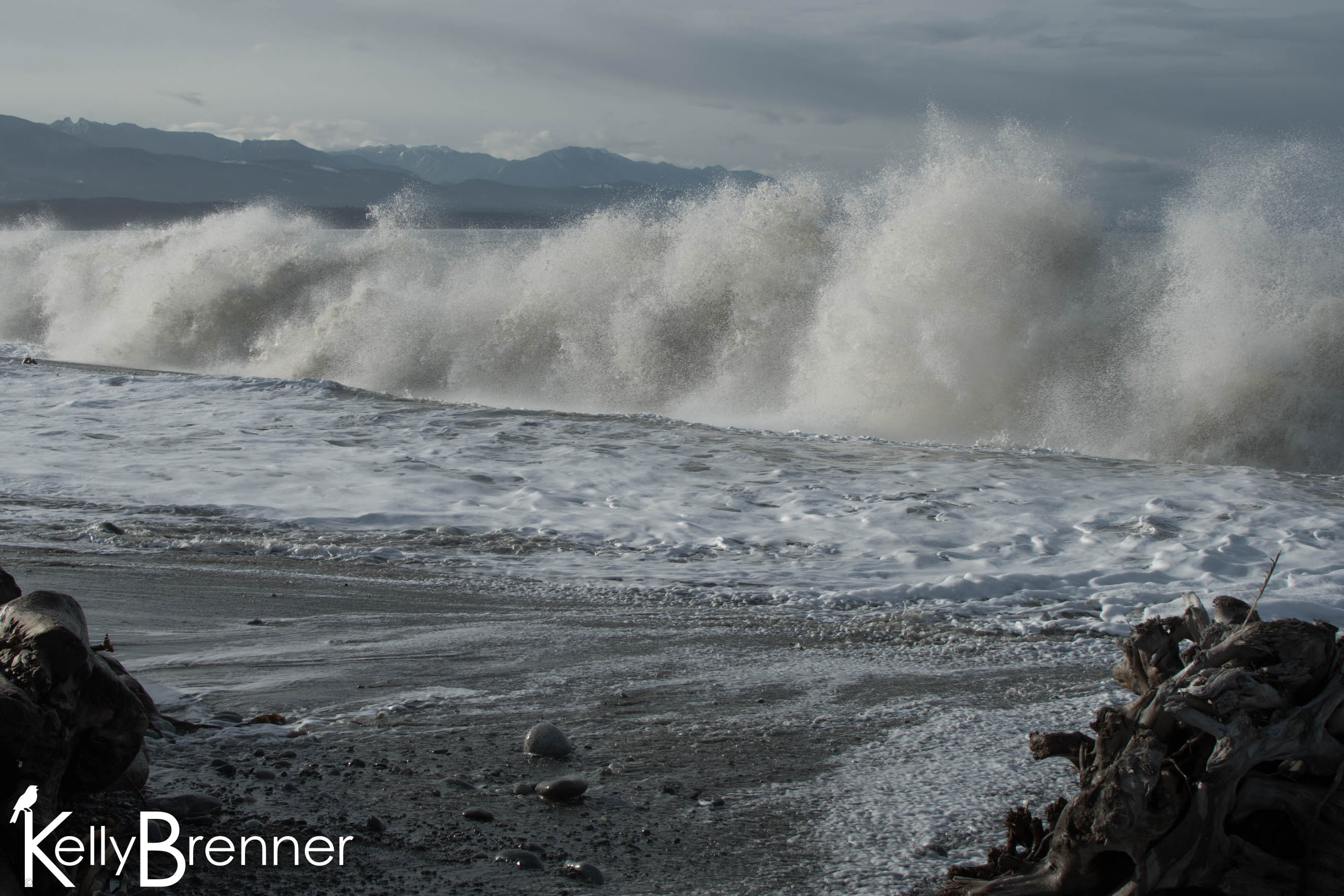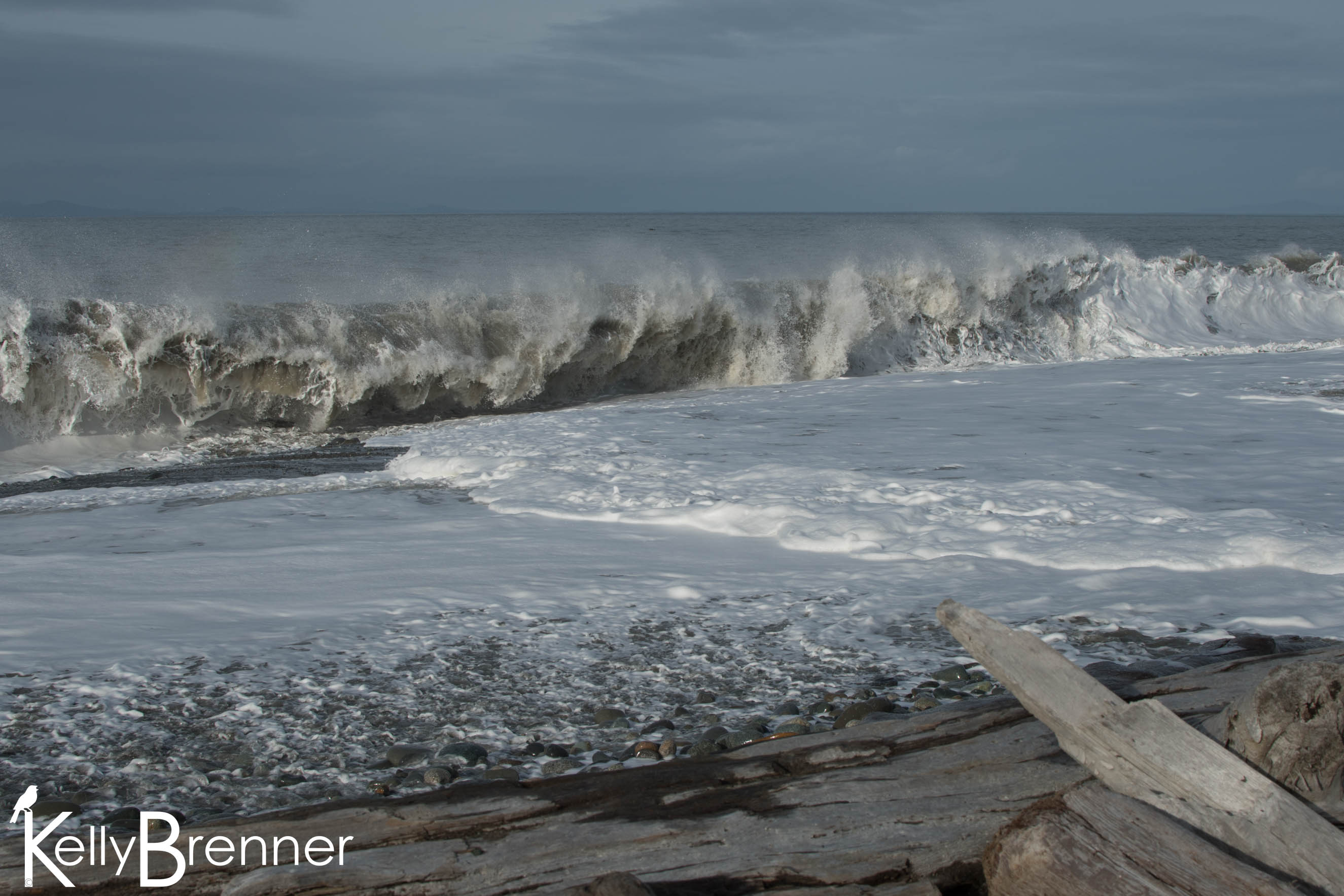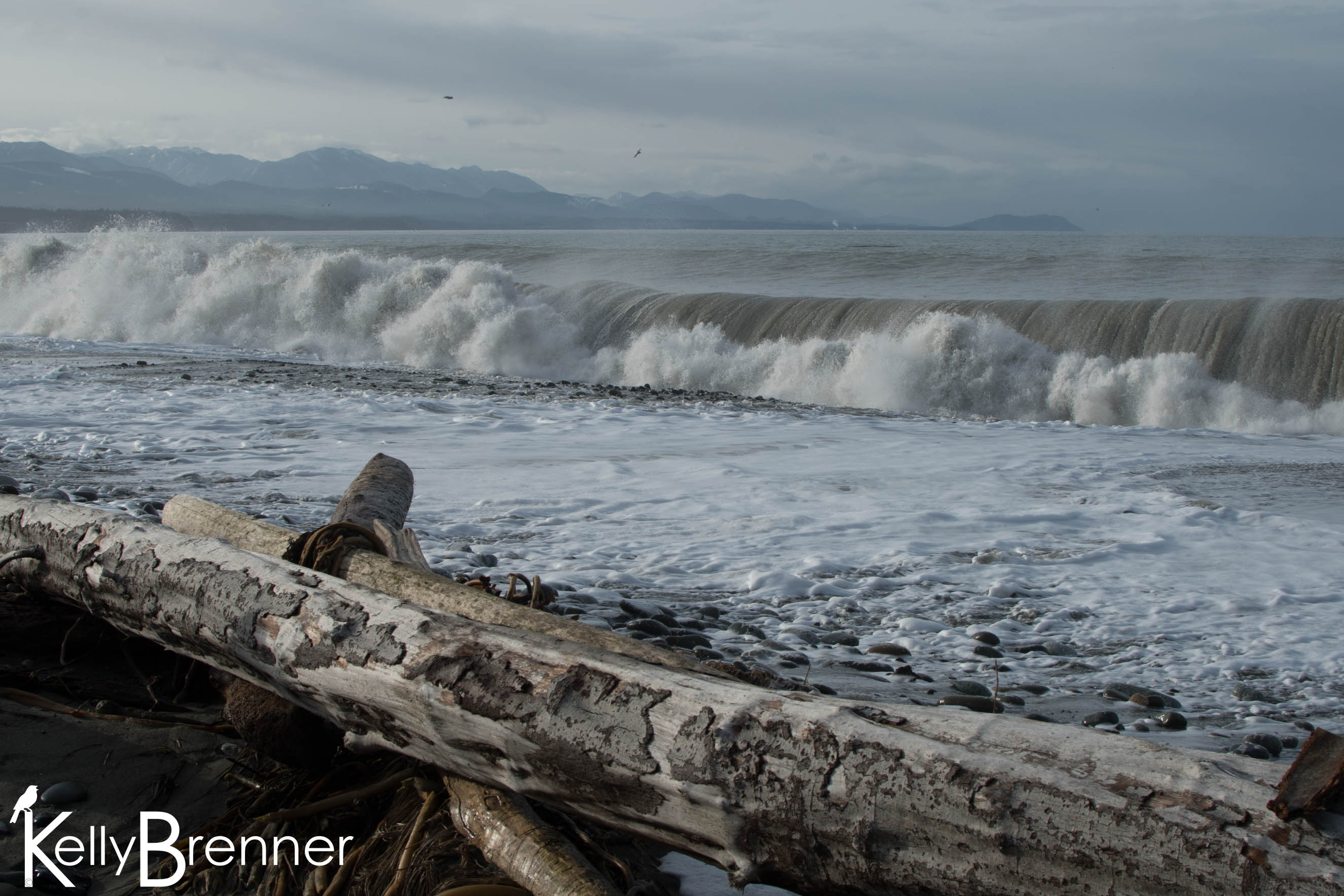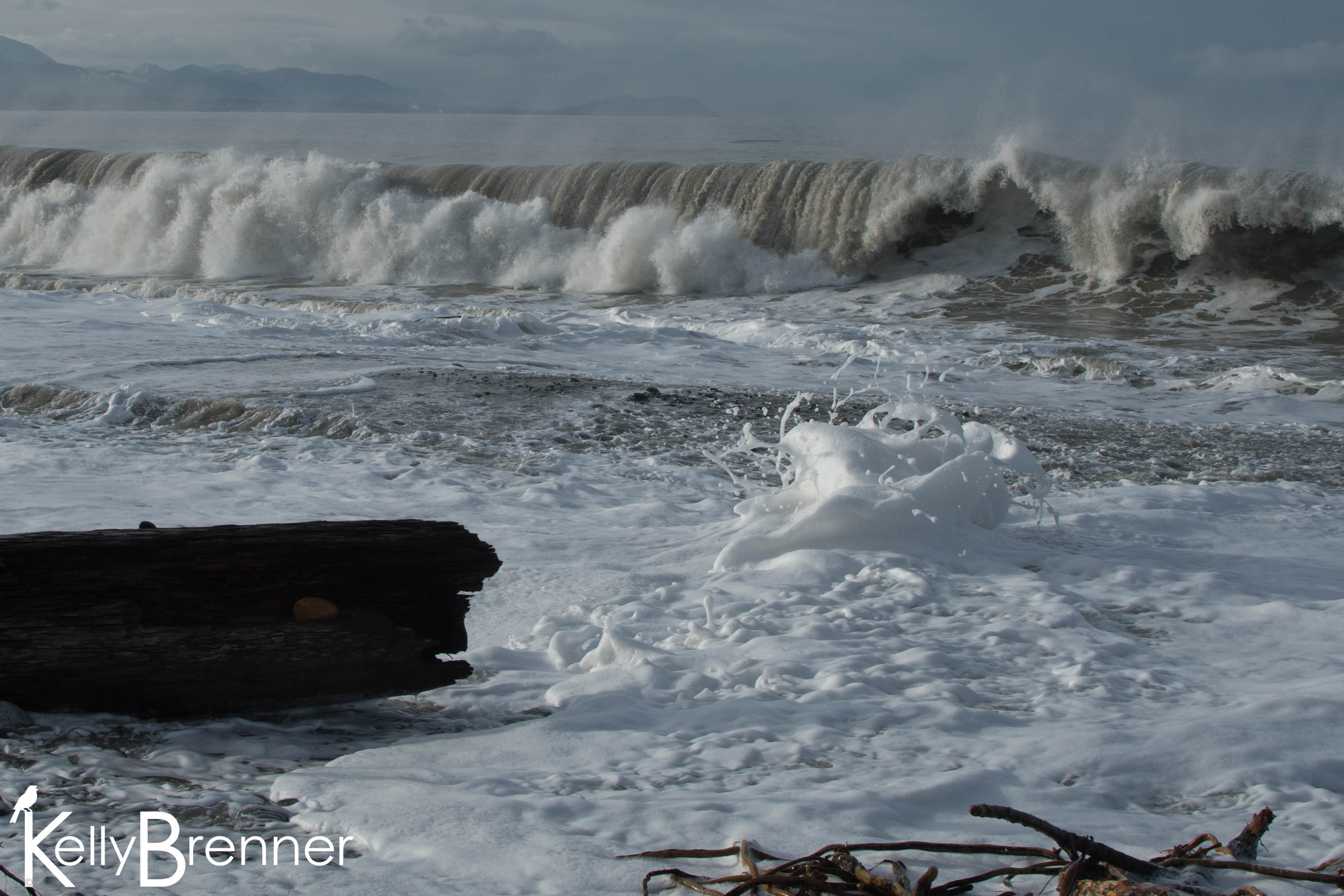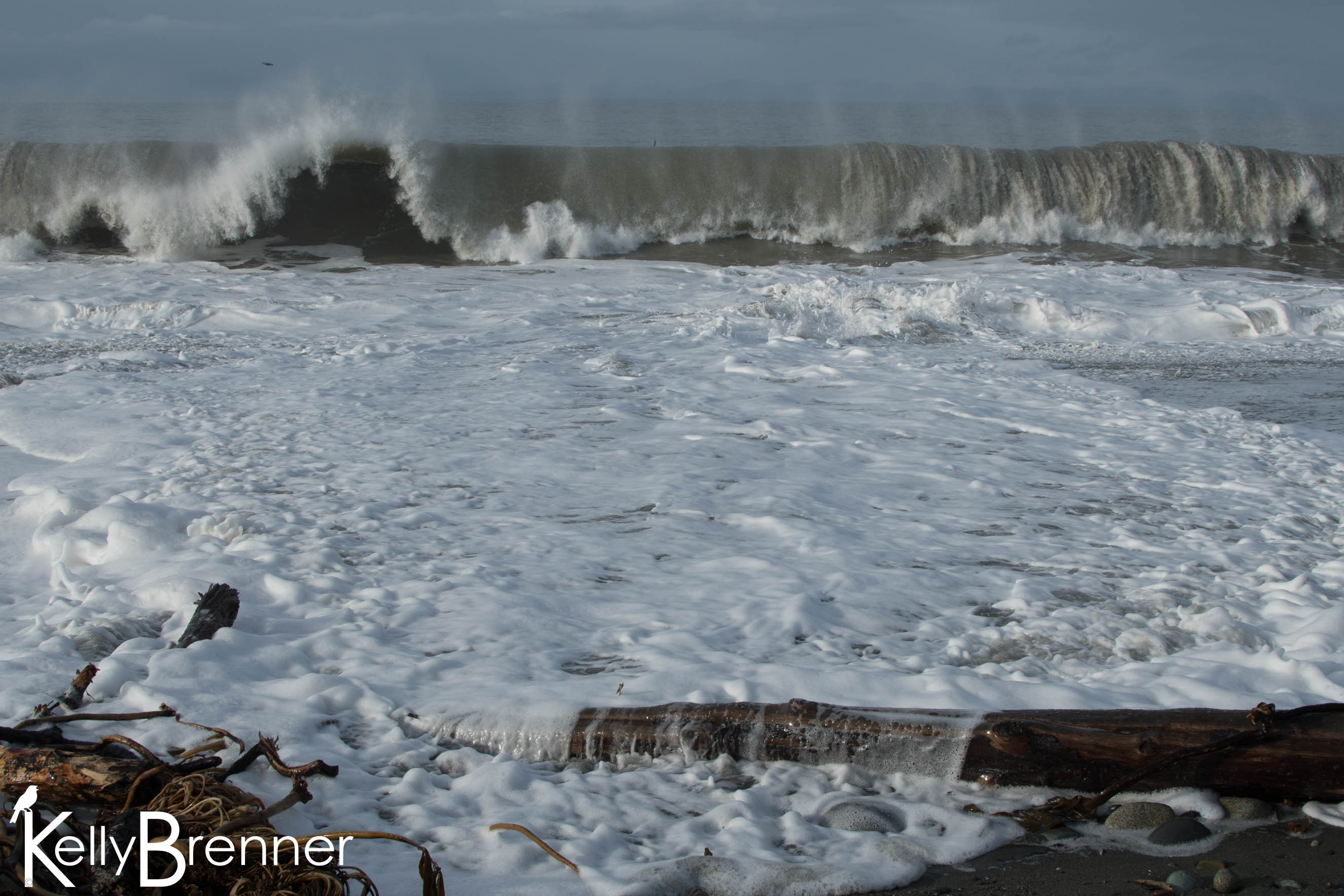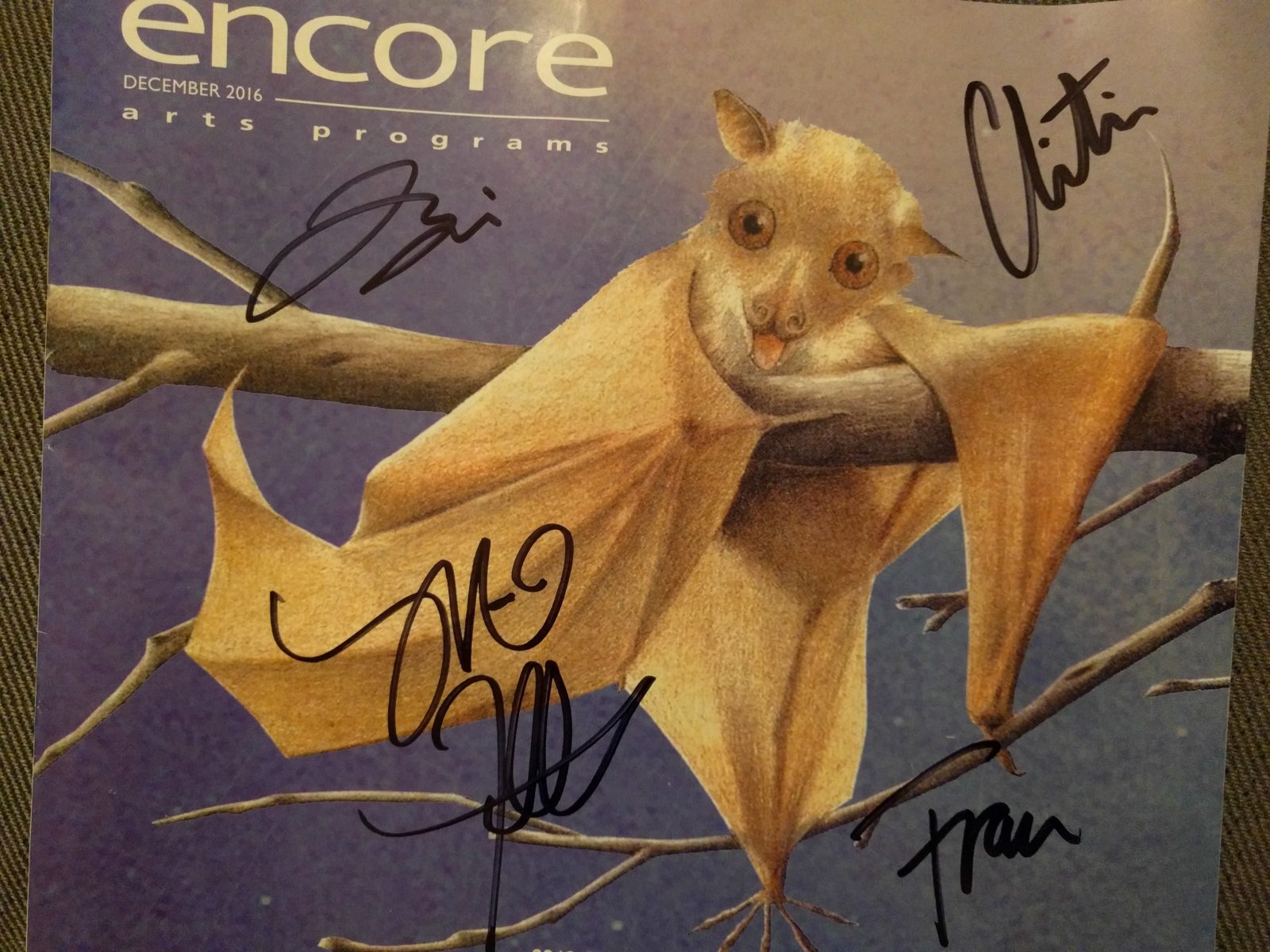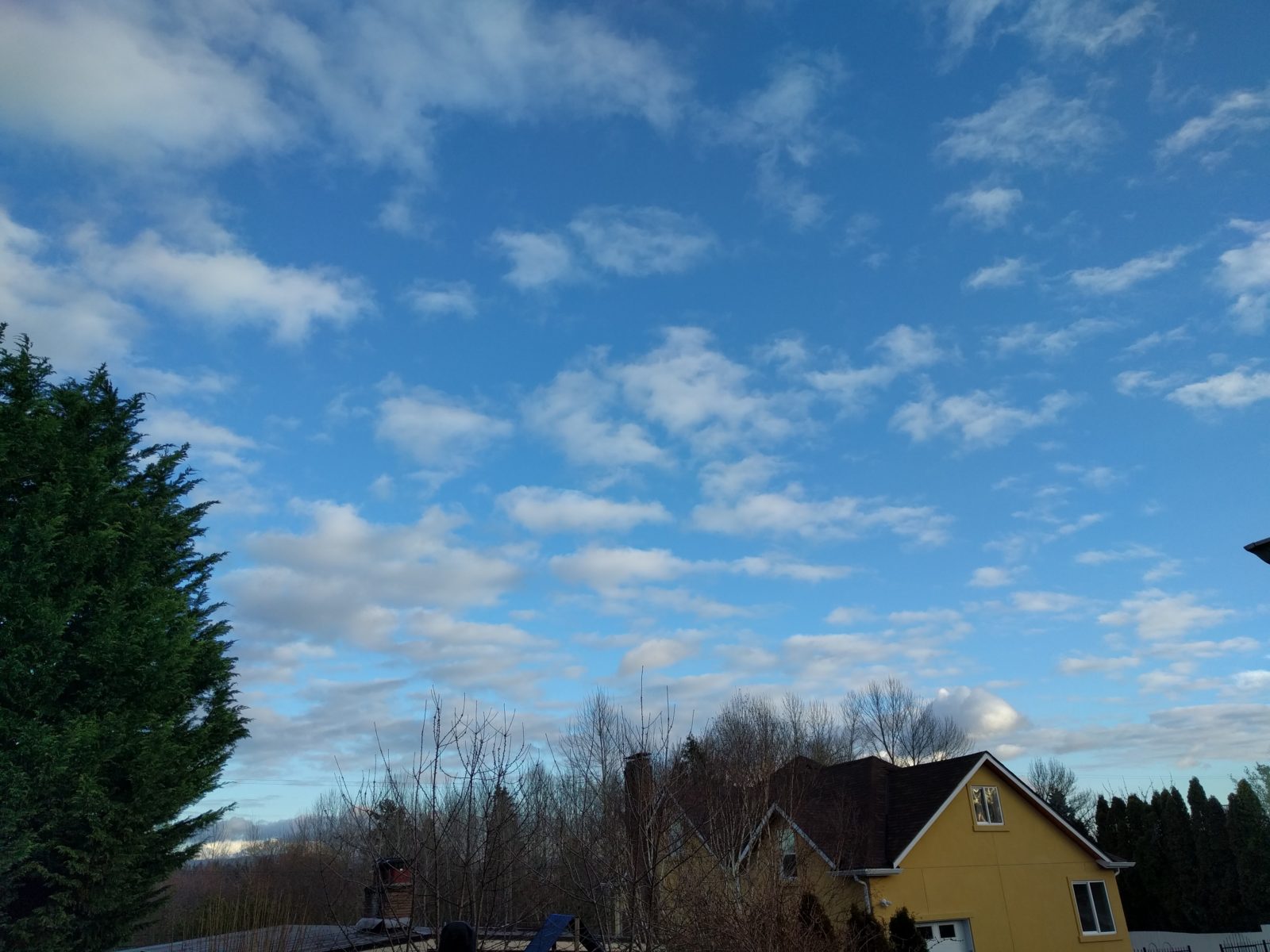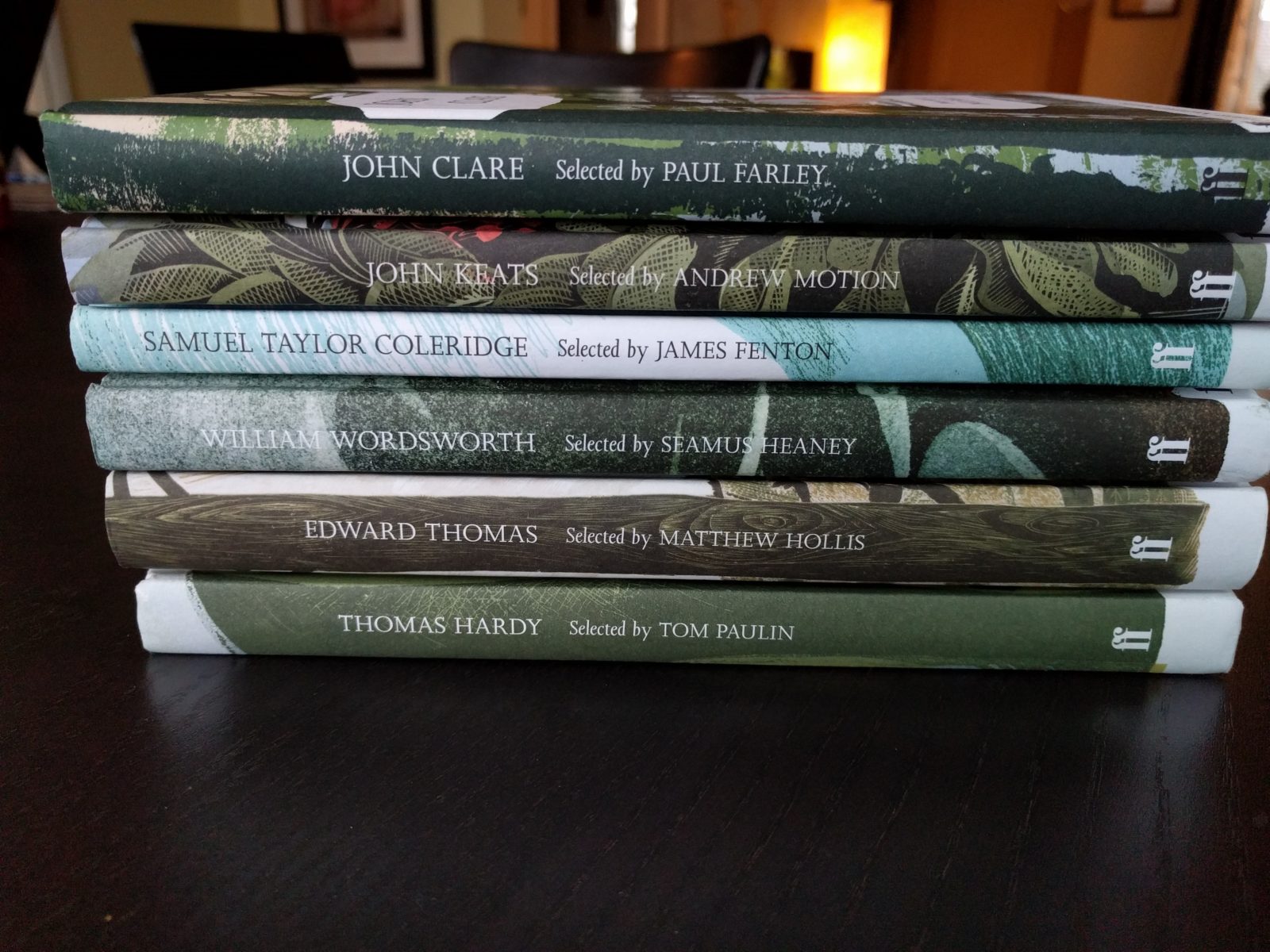In 2016 I’m doing a 365 Nature project. Learn more about the project and see all the 365 Nature posts.
It was very nice to be able to stay in Port Angeles so I had the opportunity to start early in the morning on the second day of my adventure. I did the same thing as on Day 362, but in exactly the reverse order. Since I was in Port Angeles I drove first to the Ediz Hook Reservation for Native Birds to watch the sunrise over the bay. I found a place to pull off the road and got out of the car, walking a very short distance towards the beach to take photos of the sunrise and see what birds were out in the water. For a moment I scanned the water and as I turned my gaze to the right I saw a large animal right at the edge of the water. My mind processed it as a statue and it wasn’t until the statue blinked my mind caught up with my eyes. It was an enormous male Steller Sea Lion having a rest right on the edge of the beach. It blinked at me and the closed its eyes bothered not at all by my presence. It was such an unexpected and surprising encounter I suppose my mind made a more rational decision to classify it as fake. After a few minutes the sea lion slunk back into the water and swam away, resurfacing a couple times.
I watched Sanderlings running along the beach as the sun came up and caught up with the Harlequin Ducks I watched yesterday. As I walked along the beach with the ducks I could clearly hear their calls, which they kept up fairly regularly as they interacted with one another. When another Harlequin flew in, the males would immediately respond by flying at the newcomer while calling. Once in awhile they would skate across the surface of the water at another Harlequin. As I wandered the beach I encountered a dead, washed up animal which at first glance I took for a fish. But once I stopped to examine it I wasn’t sure what it was. The head seemed flat and the tail long and pointed, with a small fin on the top. The head looked pointed, and the remaining skin was bristly, not at all like fish scales. It’s a mystery to me.
After spending some more time with the Sanderlings and Harlequin Ducks I left Ediz Hook to make my way back to Dungeness National Wildlife Refuge, cheered by the clear sunrise. I very much hoped to not get soaked by the rain again. I arrived in the morning and had plenty of time to explore so I made my way directly down to the beach. The tide was further out than I saw yesterday but I knew it was coming in and would be nearly as high as the previous day. There was nobody else that I could see on the spit and it was blissful to have it to myself for a time. I started to walk appreciating the sun and absolutely no rain clouds and noticed something that was different from yesterday. Gulls. There were dozens of gulls flying over the waves of the incoming tide. I stopped to watch them for awhile and some of the smaller gulls would dip a wing and turn in flight before tipping down into the water. They would more often than not come back up with something in their bills. What it was I couldn’t ever tell, but it didn’t look like small fish. The larger gulls did this less frequently, opting to chase the smaller gulls or wait on the beach for food to wash up.
I left the gulls for a moment to look at the bay side for the Emperor Goose I had spotted yesterday. It didn’t take long to find it again, walking along the shore in nearly the same area as the day before. This time it was alone, a few Brant were further up the beach and the wigeons were elsewhere. Before long the Brant took off flying away and I looked up to see a Bald Eagle flying overhead. A pair landed further down the spit and then I heard the Ravens calling. I’d heard an occasional croak yesterday and earlier today, but once the eagles showed up the ravens started really calling.
I continued wandering along the beach and in and out of the driftwood simply looking. I wasn’t in a hurry, I could have walked to the lighthouse if I desired, but I’m more of a wanderer, not a destination walker. There’s so much to see between here and there and for all the walkers focusing on the there they miss everything in the middle. And what a lot there is to see! The driftwood is worthy of an entire area of study itself. The rocks and sand that work their way into the wood like an Acorn Woodpecker lodged them there are fascinating. I found more than a couple with interesting lichens and slime molds growing on them. And where do the logs come from? As I watched the incoming tide I could see a half dozen logs offshore, likely to make landfall soon. I also found entire tree stumps stuck in the sand like they’d grown there.
Under one of the logs I found a dead bird. It had a small horn on top of its beak leading me to think it was a Rhinoceros Auklet. I noticed some color underneath it and used a stick to pull it out discovering two small pieces of yarn tied or wrapped around one of its legs. I left the bird and continued on. Both days I found strange reddish objects among the rocks. They looked like a bicycle helmet and were rather large. Some of them were hollow inside and I could see white plates lining the interior. Others had their body still intact. It was a new discovery for me and it wasn’t until I returned home and consulted my books that I think I figured it out. They look like Giant Pacific Chitons. These chitons feed on algae and apparently can live longer than 20 years and are the largest species in the world.
I don’t know how far I walked, farther than yesterday, but not as far as the lighthouse. Once I’d decided to start walking back the sun changed my vision. Instead of having the now diffused sun lighting my way, I was looking into it and the shadows it created. This created a different perspective and I noticed things I missed walking east. I suddenly saw circles everywhere around the grasses growing in the sand. I quickly realized they were from the wing blowing the grasses which trailed into the sand, creating the rings around the plant, reminiscent of Buddhist gardens.
As I continued, the tide grew higher and mightier. I kept a constant eye on the waves, some of which would race much higher than the previous wave. But I started to feel the rhythm of the water. If I heard the water sucking back, pulling the rocks with it and a pause, I knew a large wave would be coming. As I walked the waves came higher and higher and as I returned to near the beginning, the waves had turned enormous. I saw more than one person scramble for a log when an unusually high wave tossed water all the way across the spit and into the bay. More than one person got soaked as well. I kept to the high logs and sat to watch the waves rolling down the beach. This stretch of beach looked like it was pounded regularly by waves. The shore wasn’t smooth, it was rolling with hills and valleys. Large waves would crash into the hills before pushing the foamy water over and down. Some of the larger waves pushed over the lower points of the sand spit and spilled over into the bay on the other side. The waves would crackle sending a carpet of foam racing to and over the logs. It was an impressive display of raw nature.

